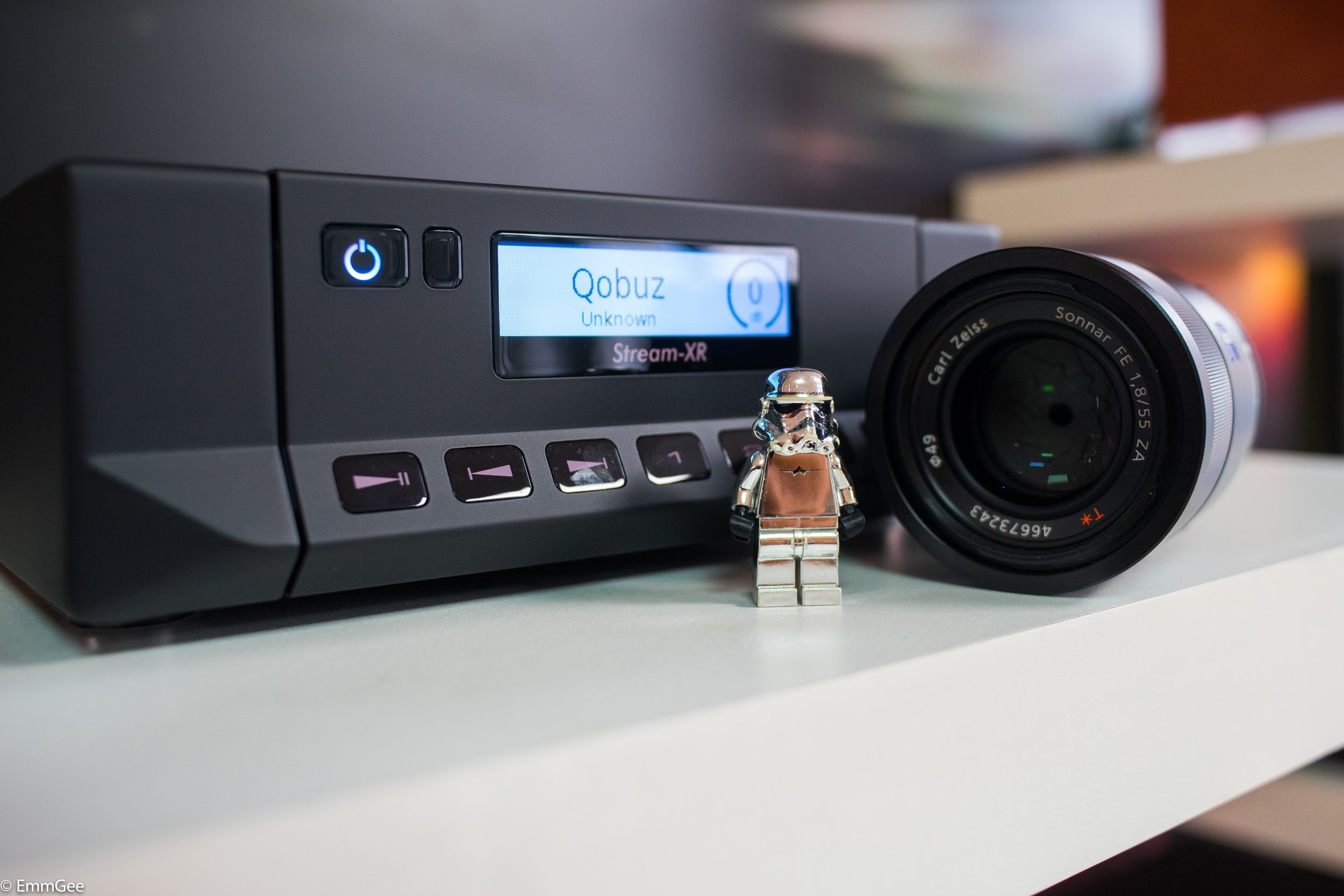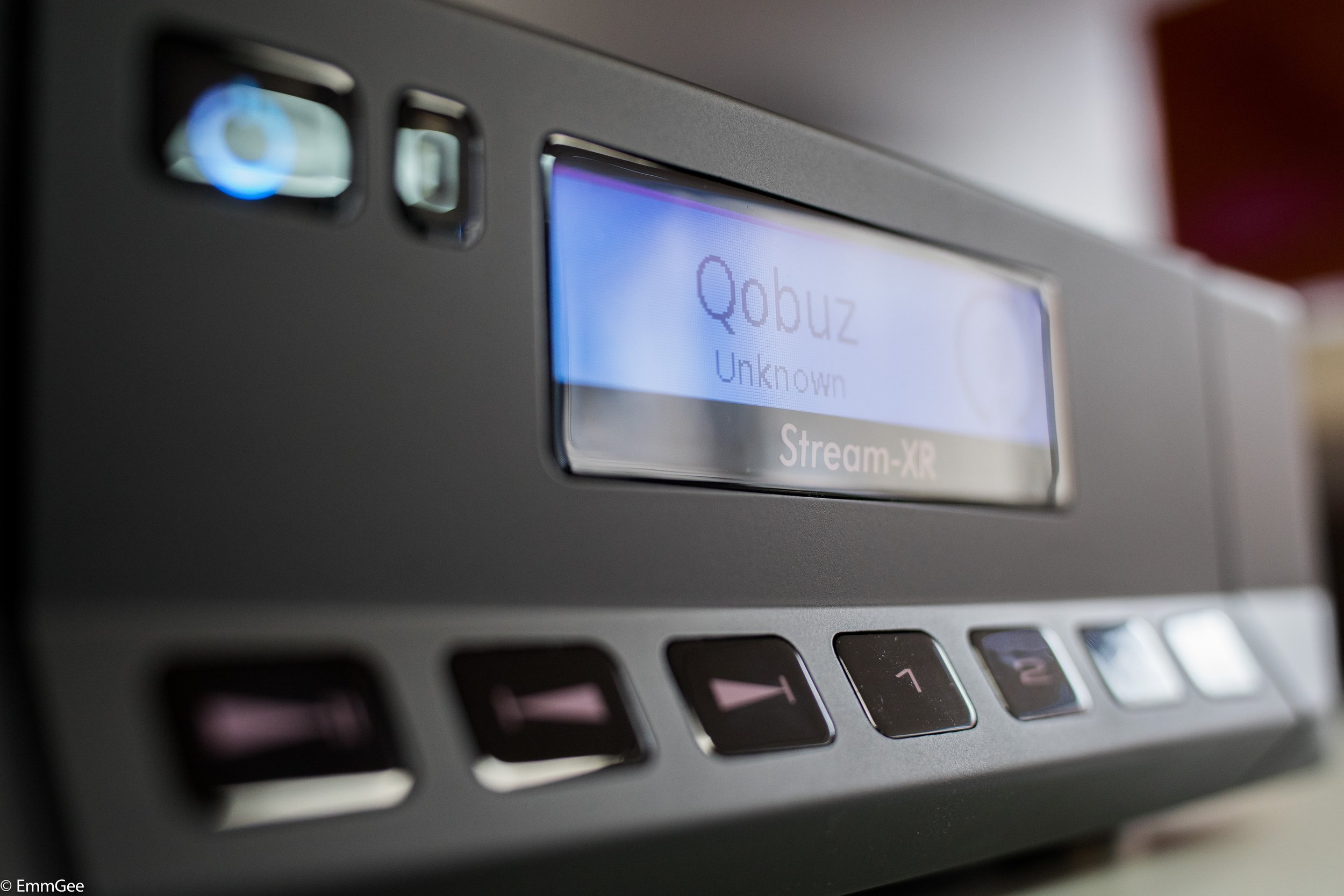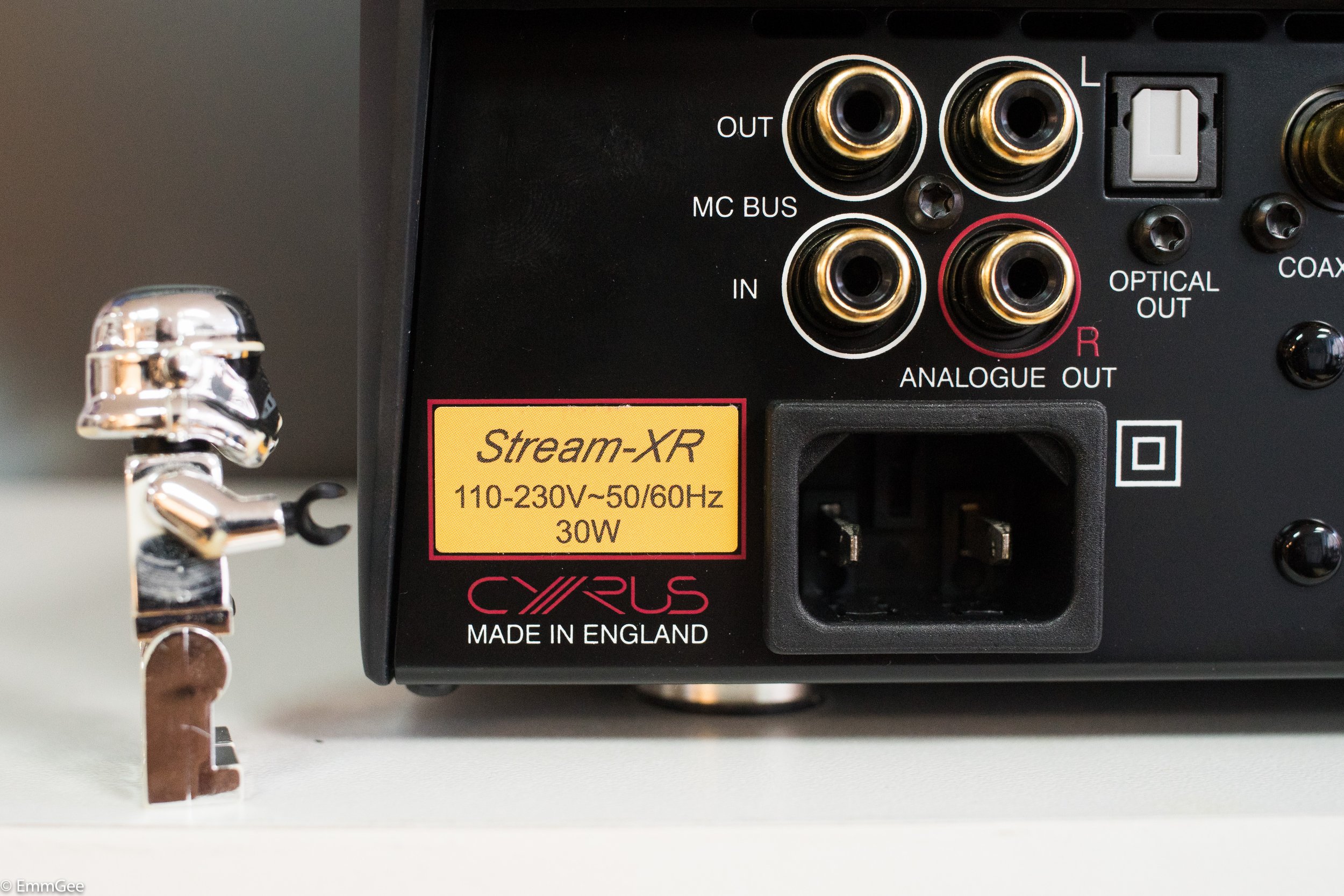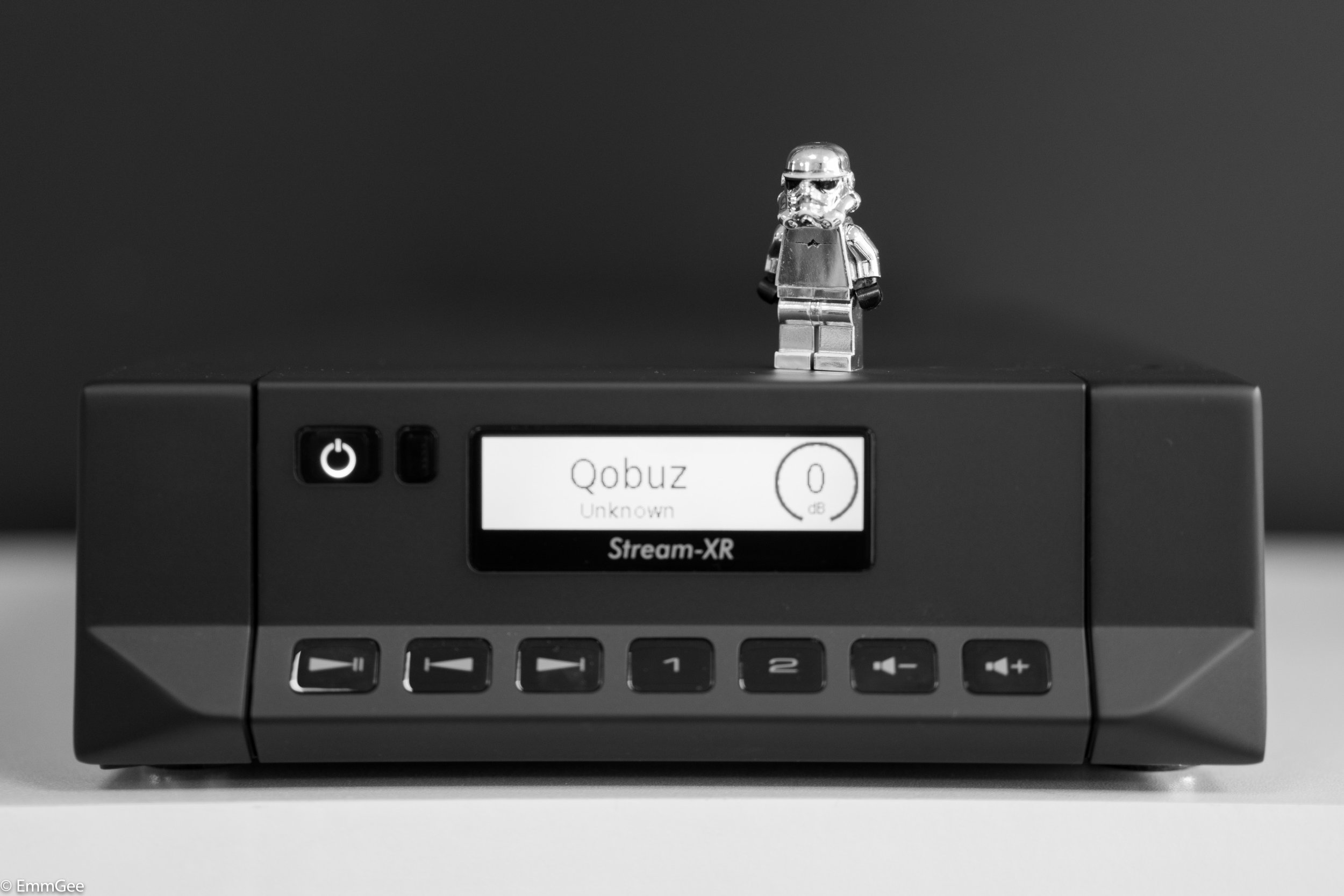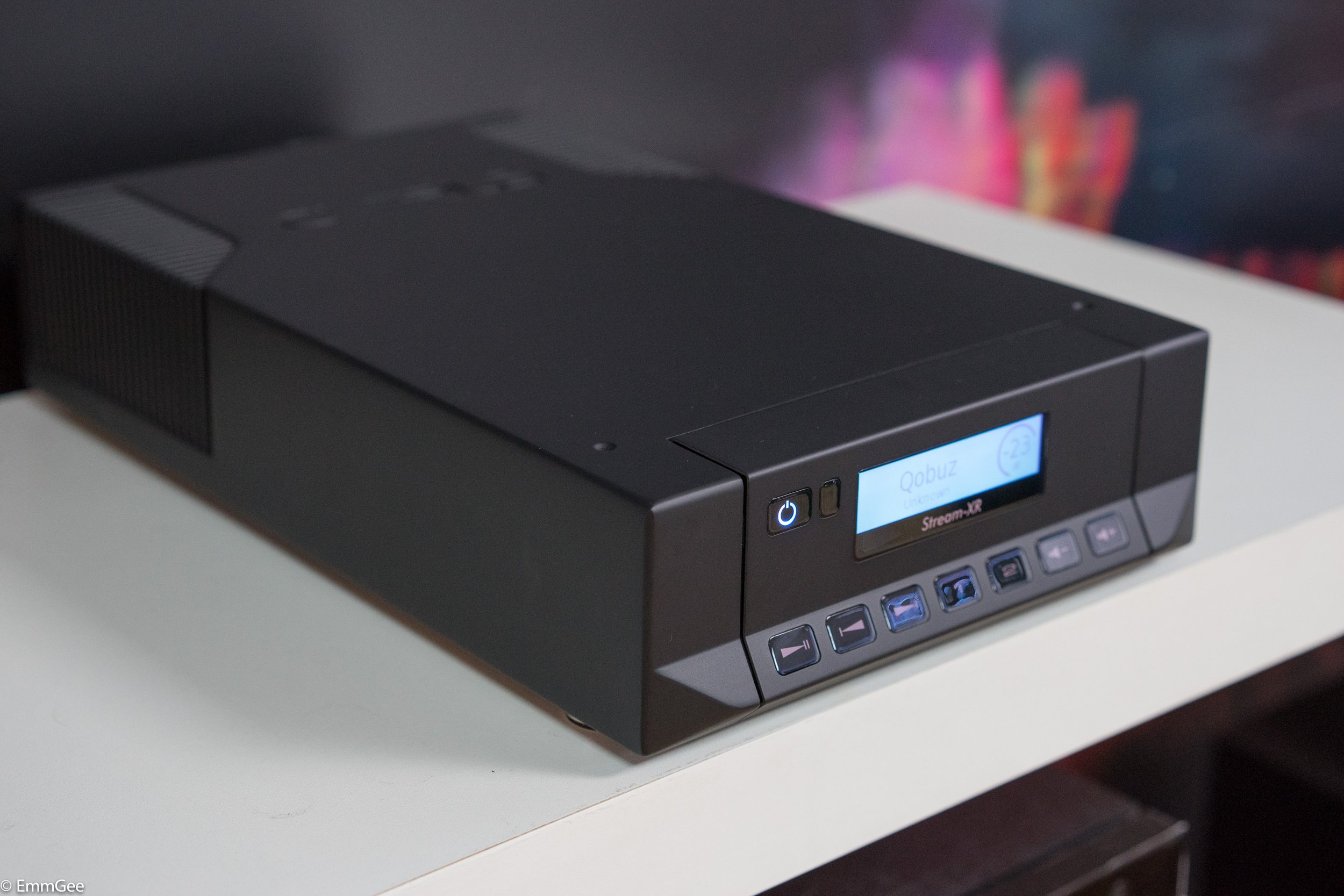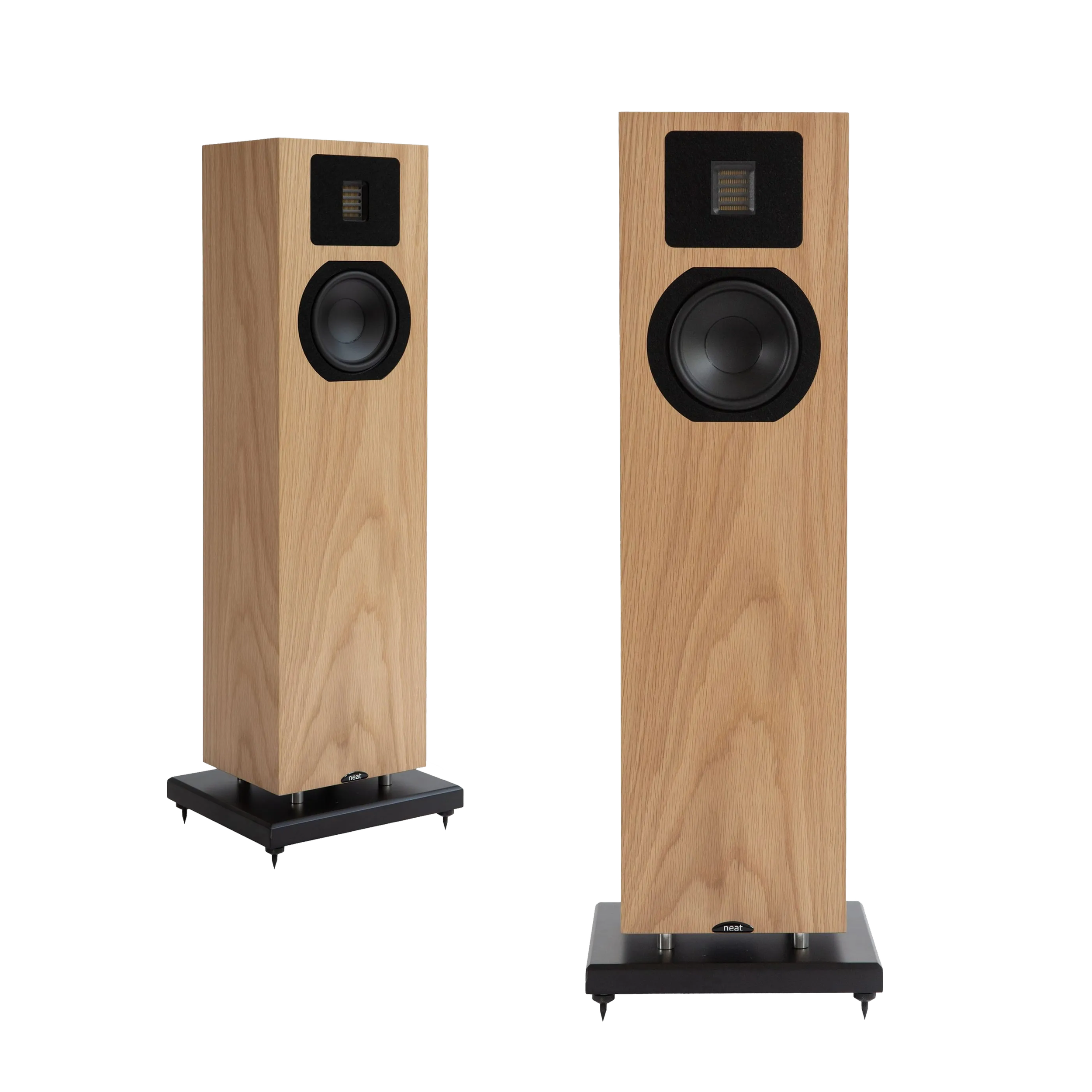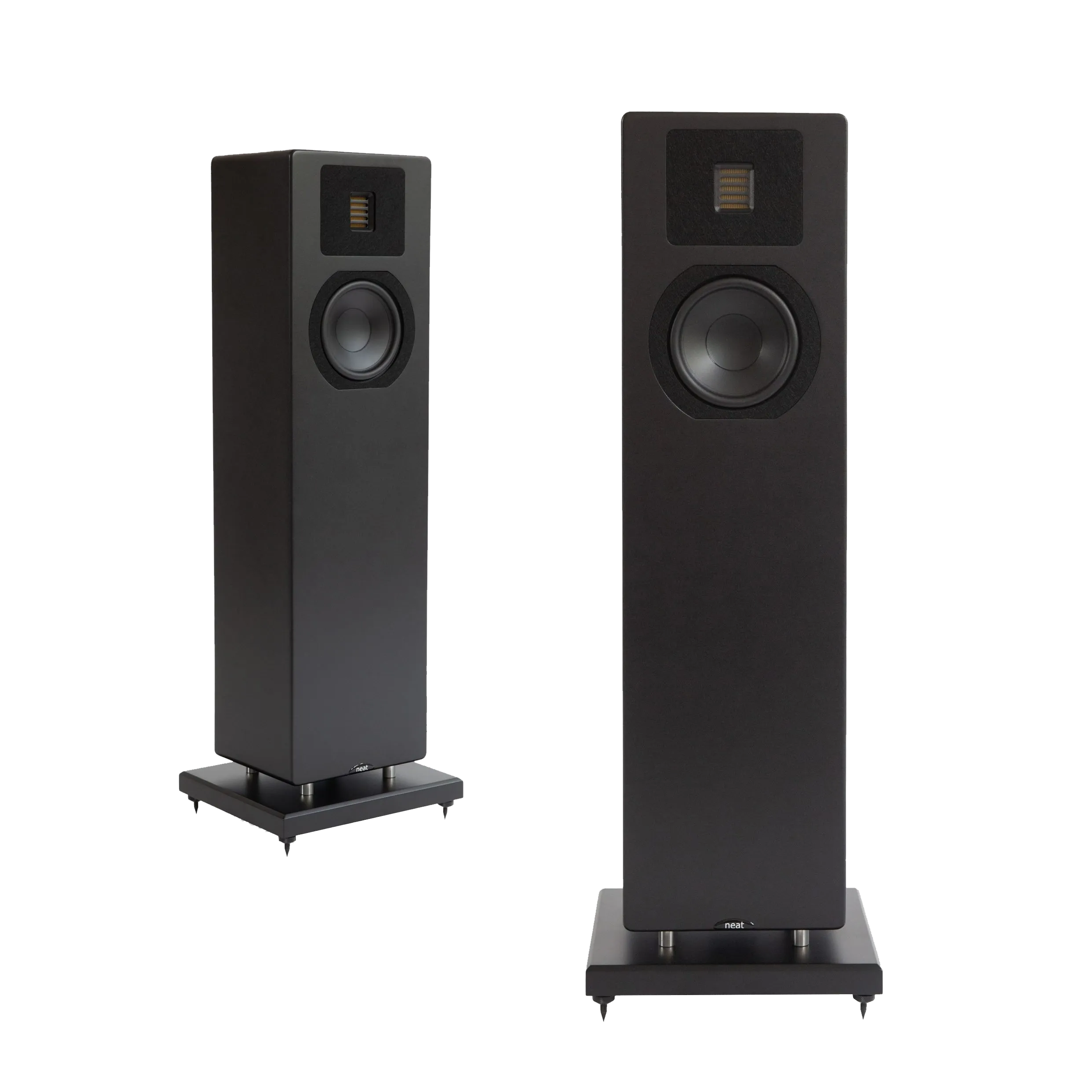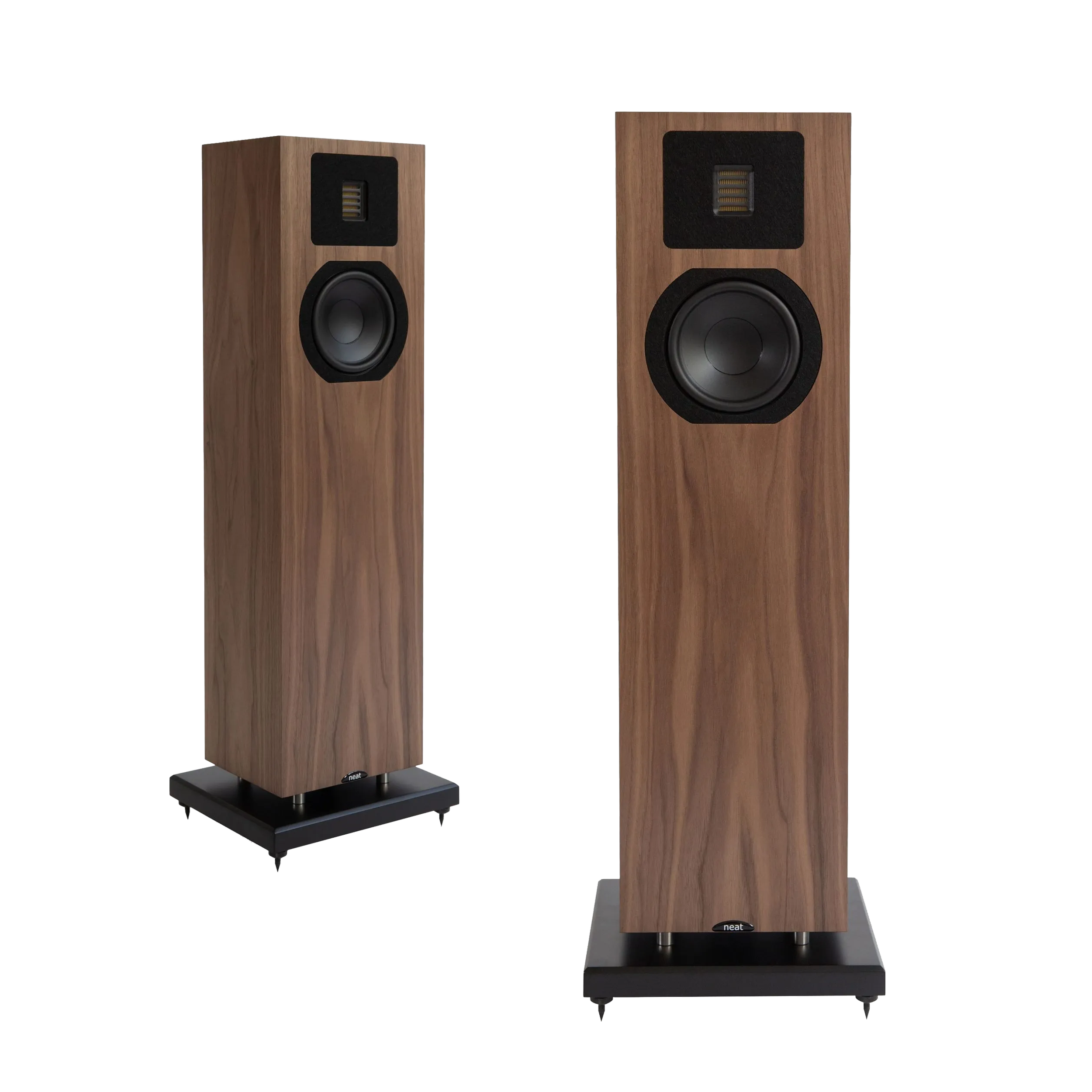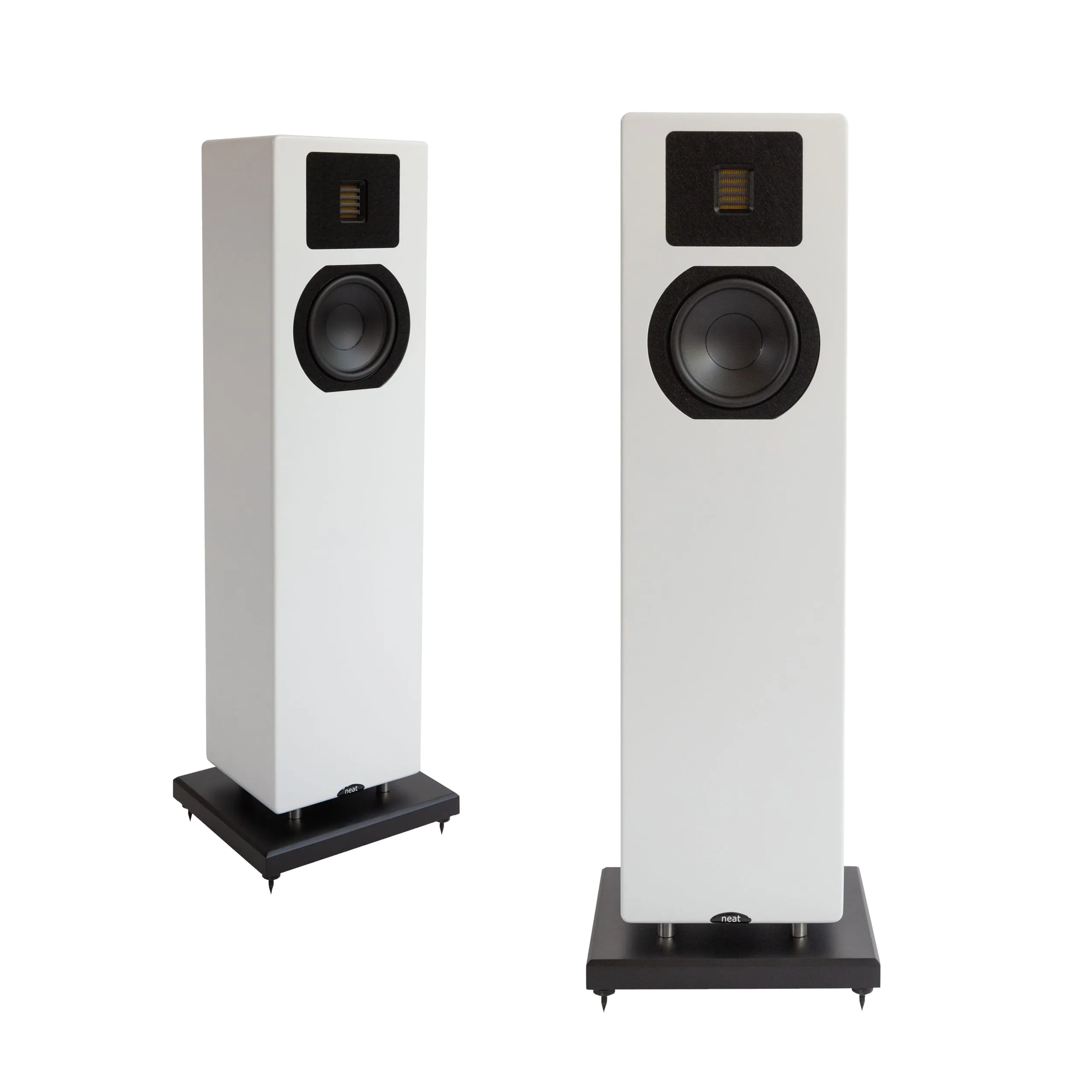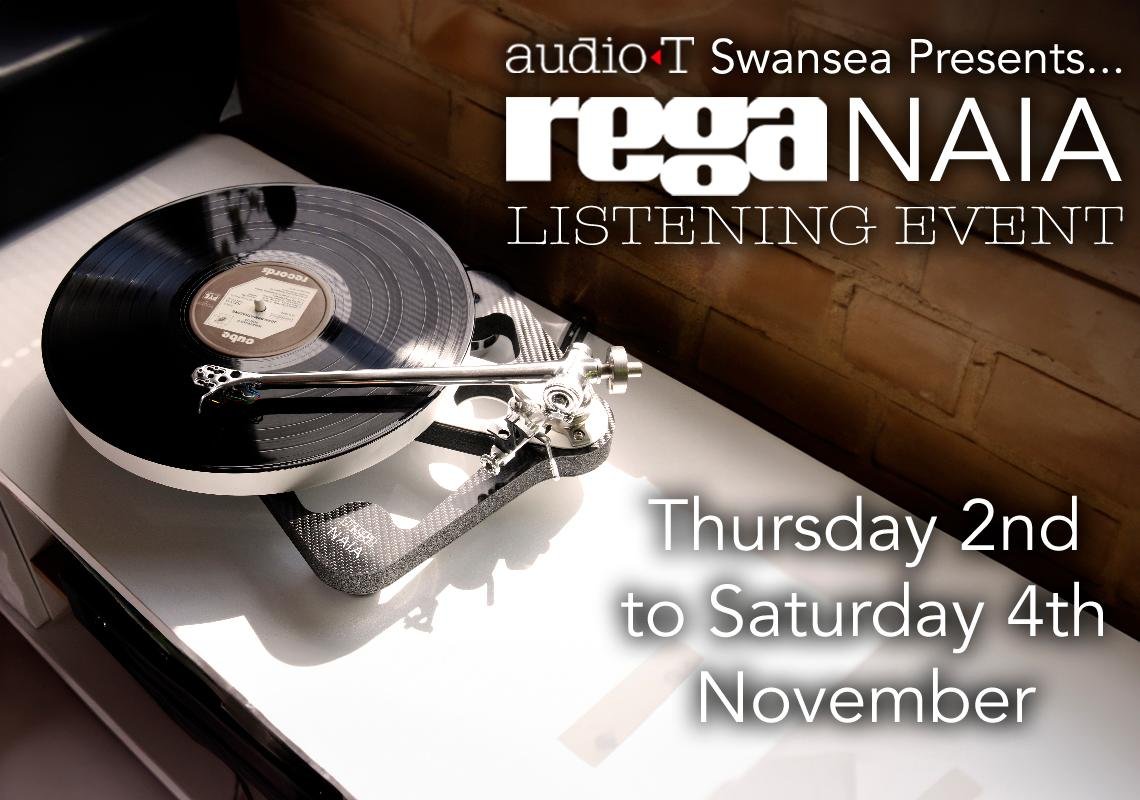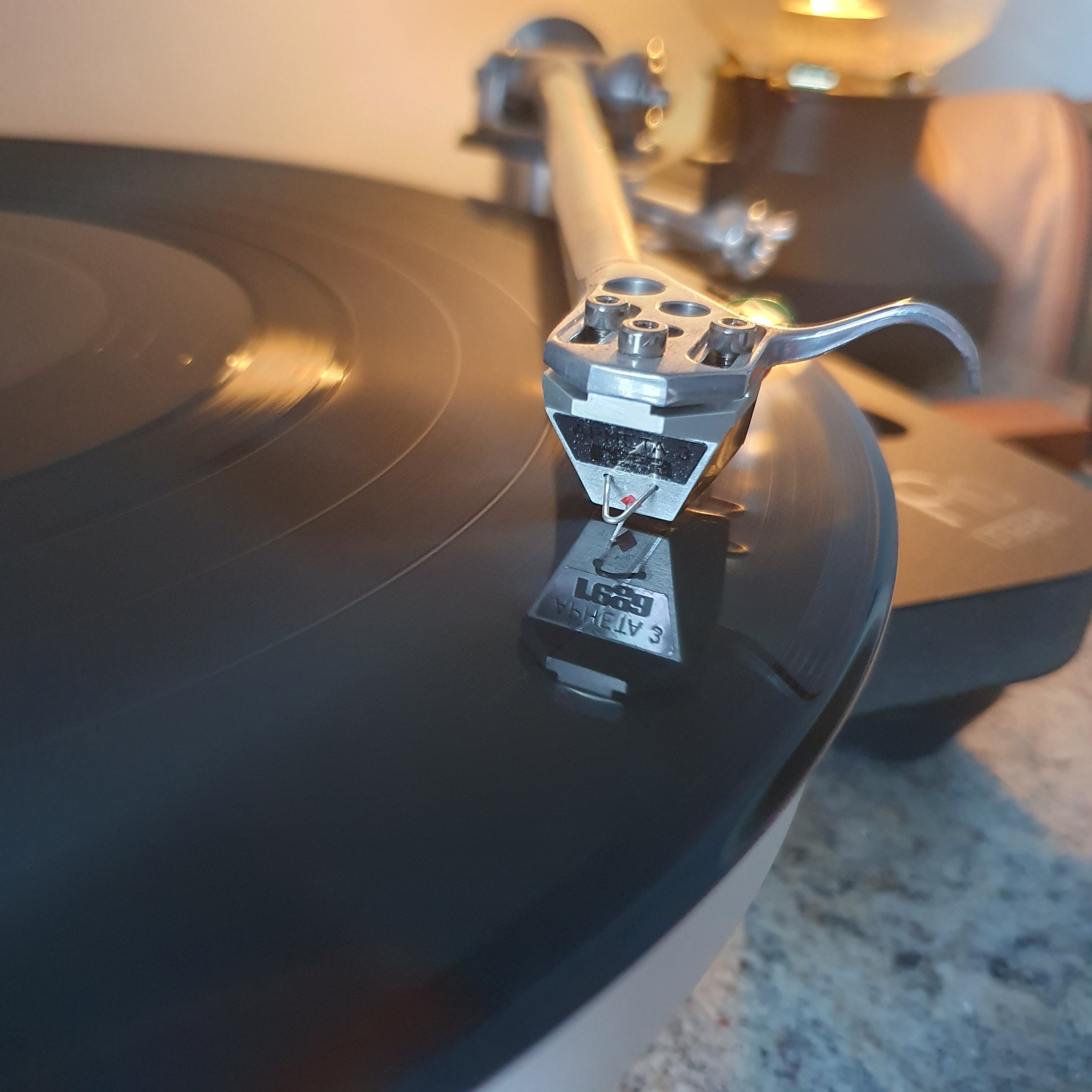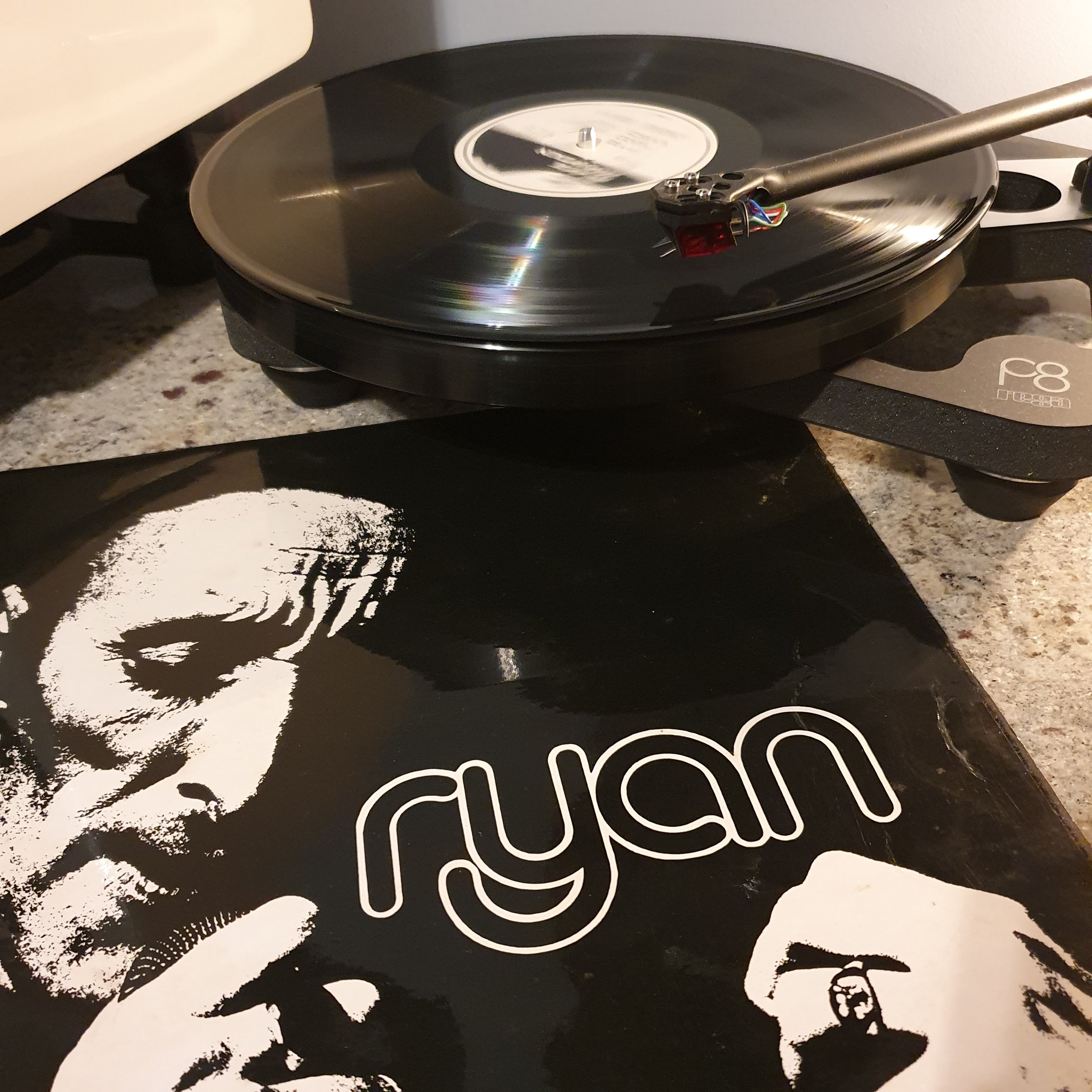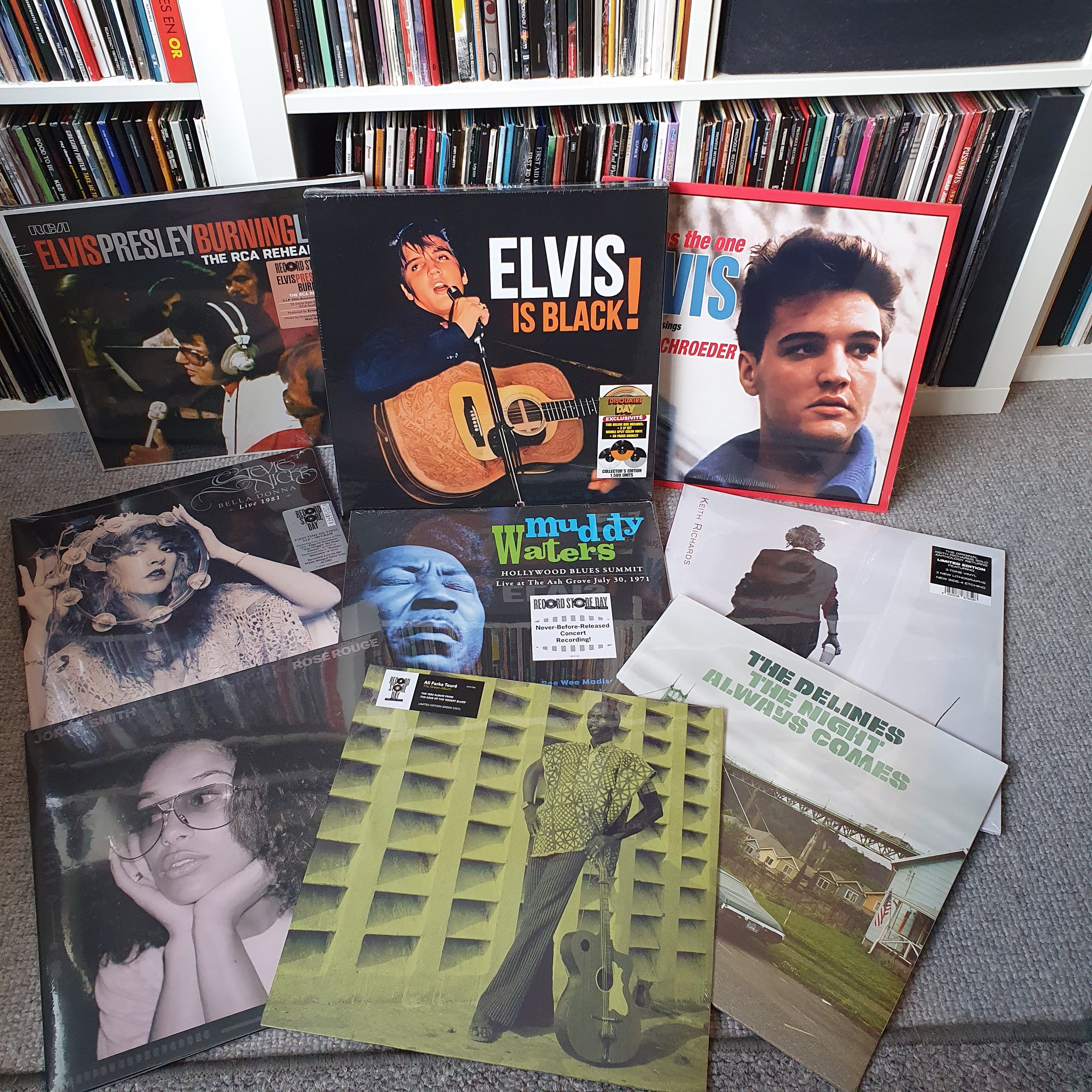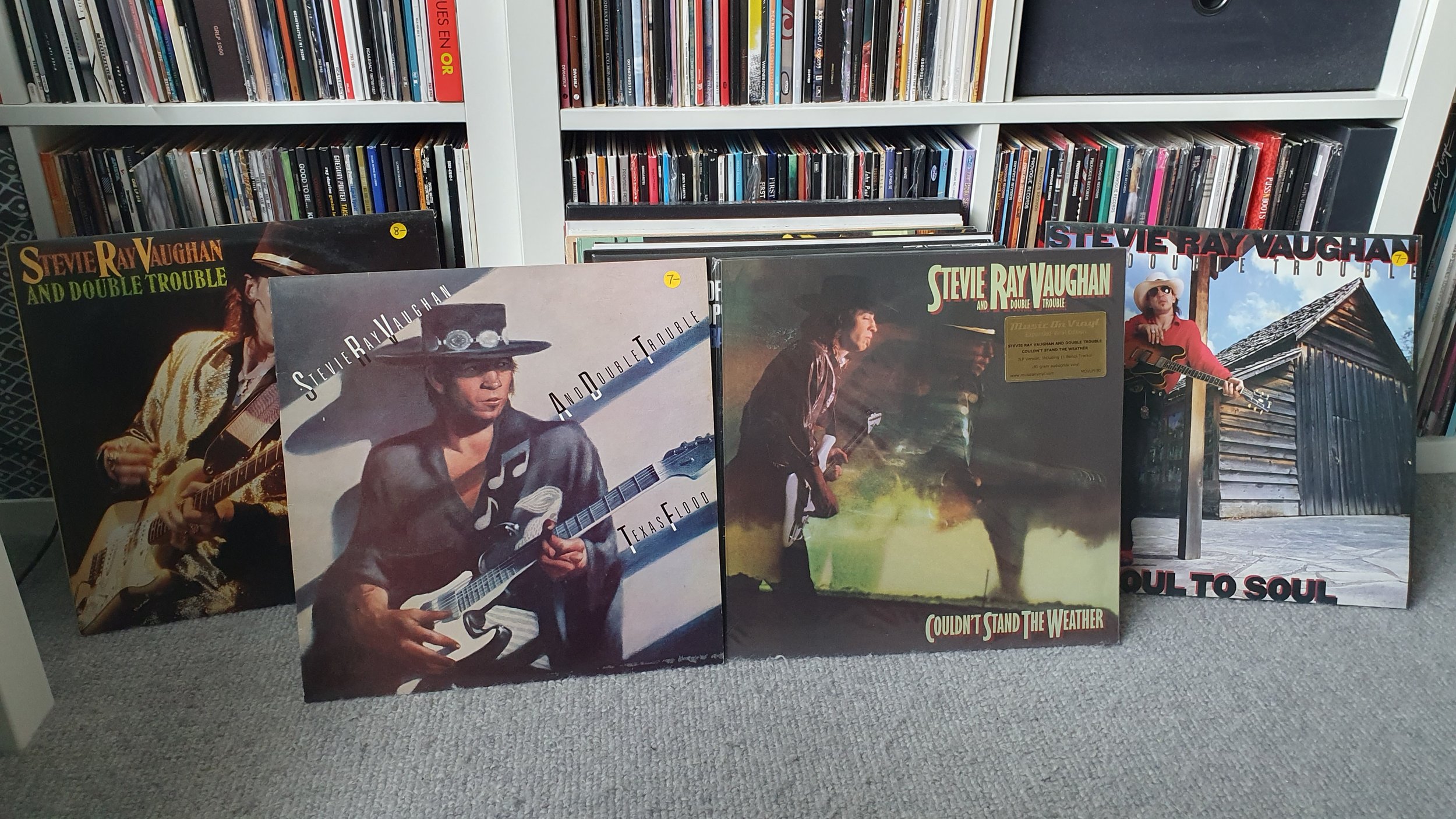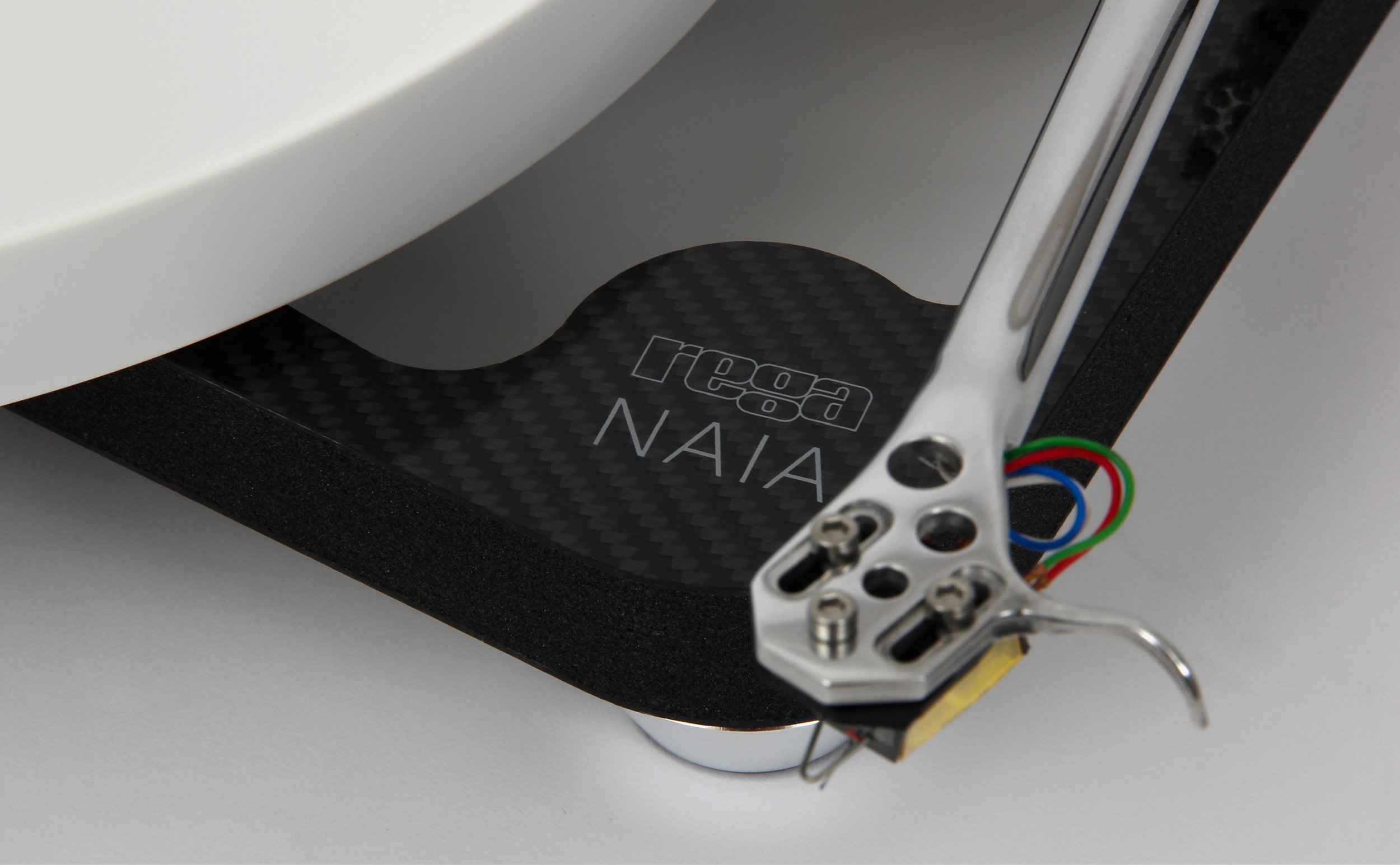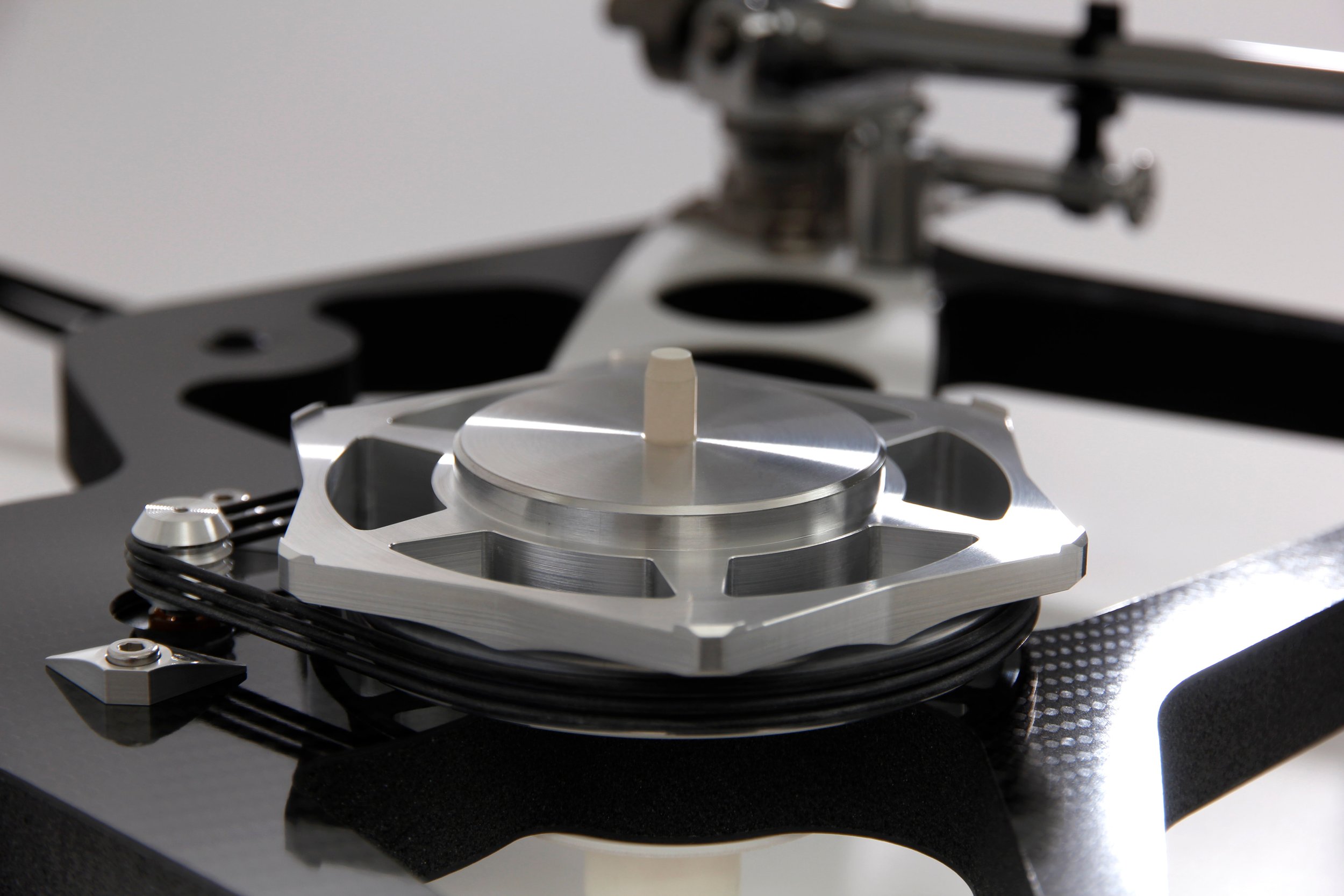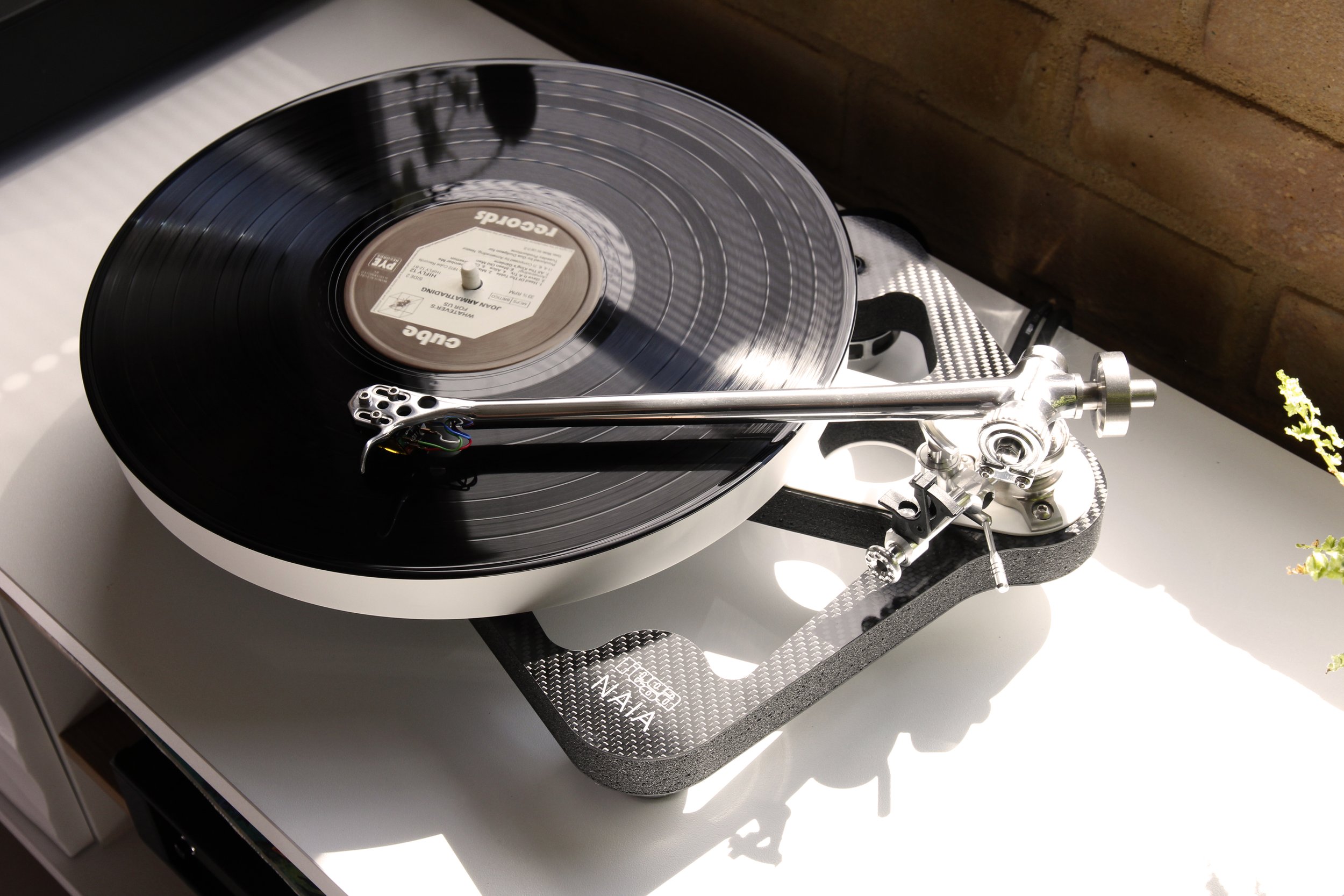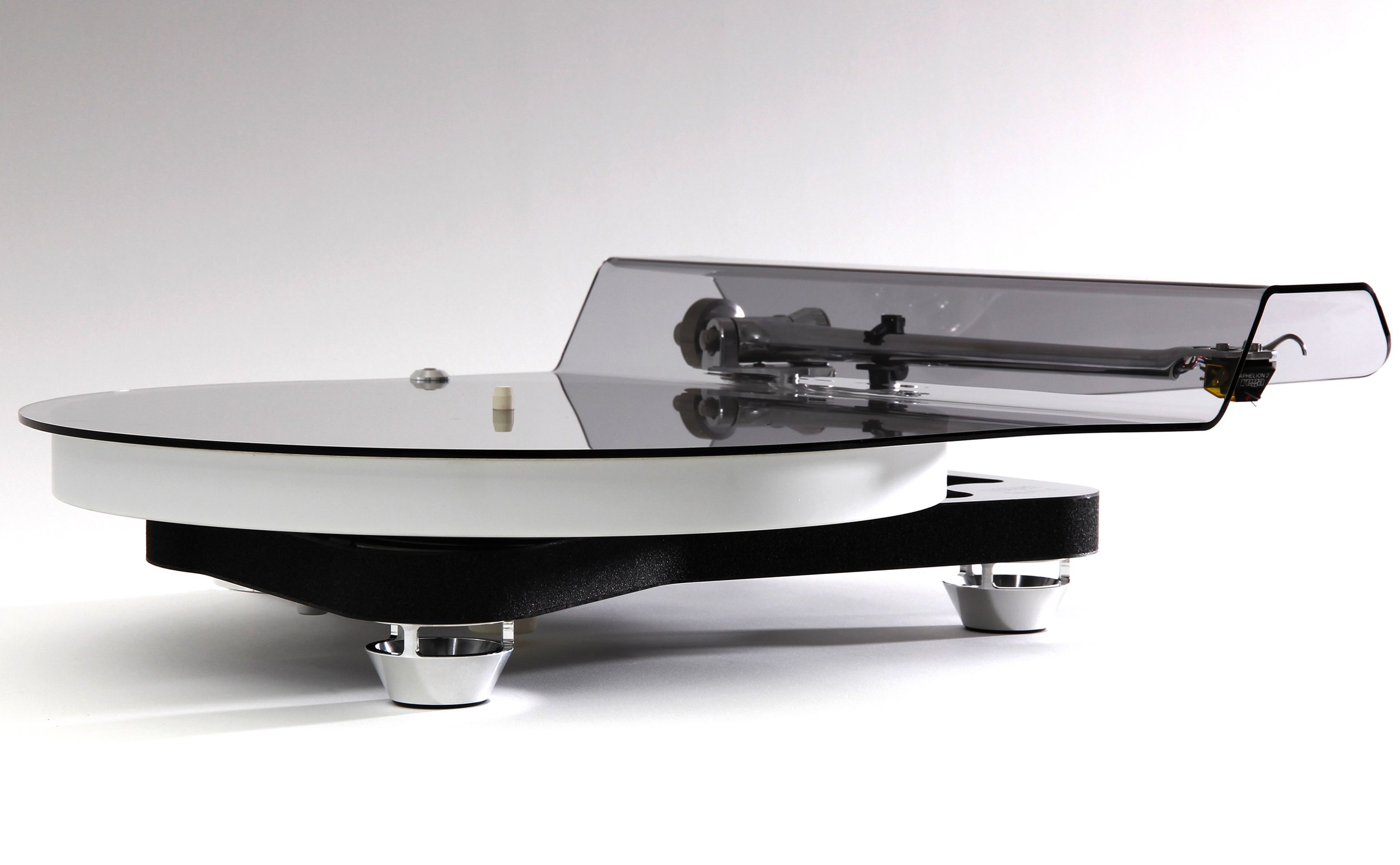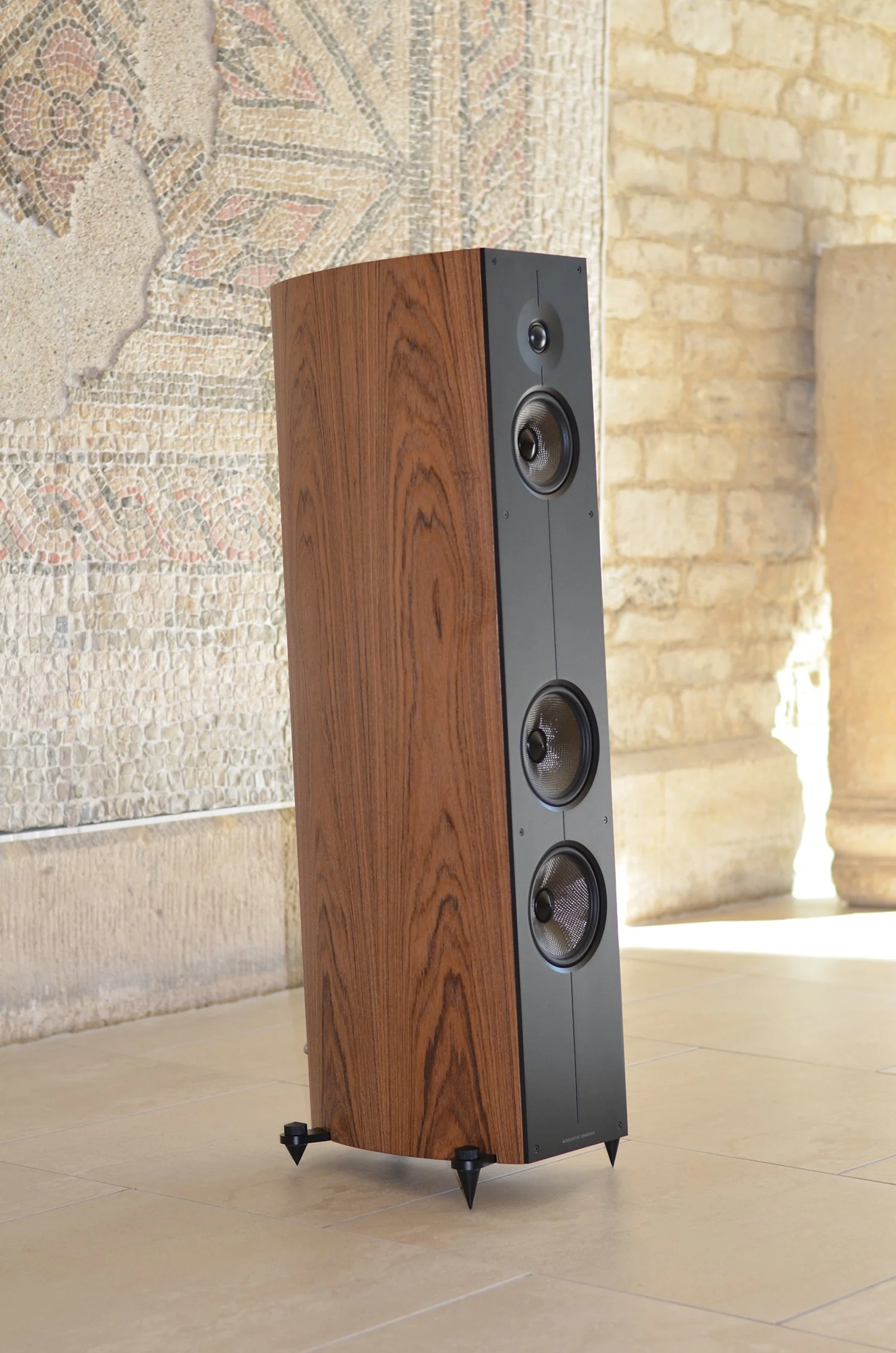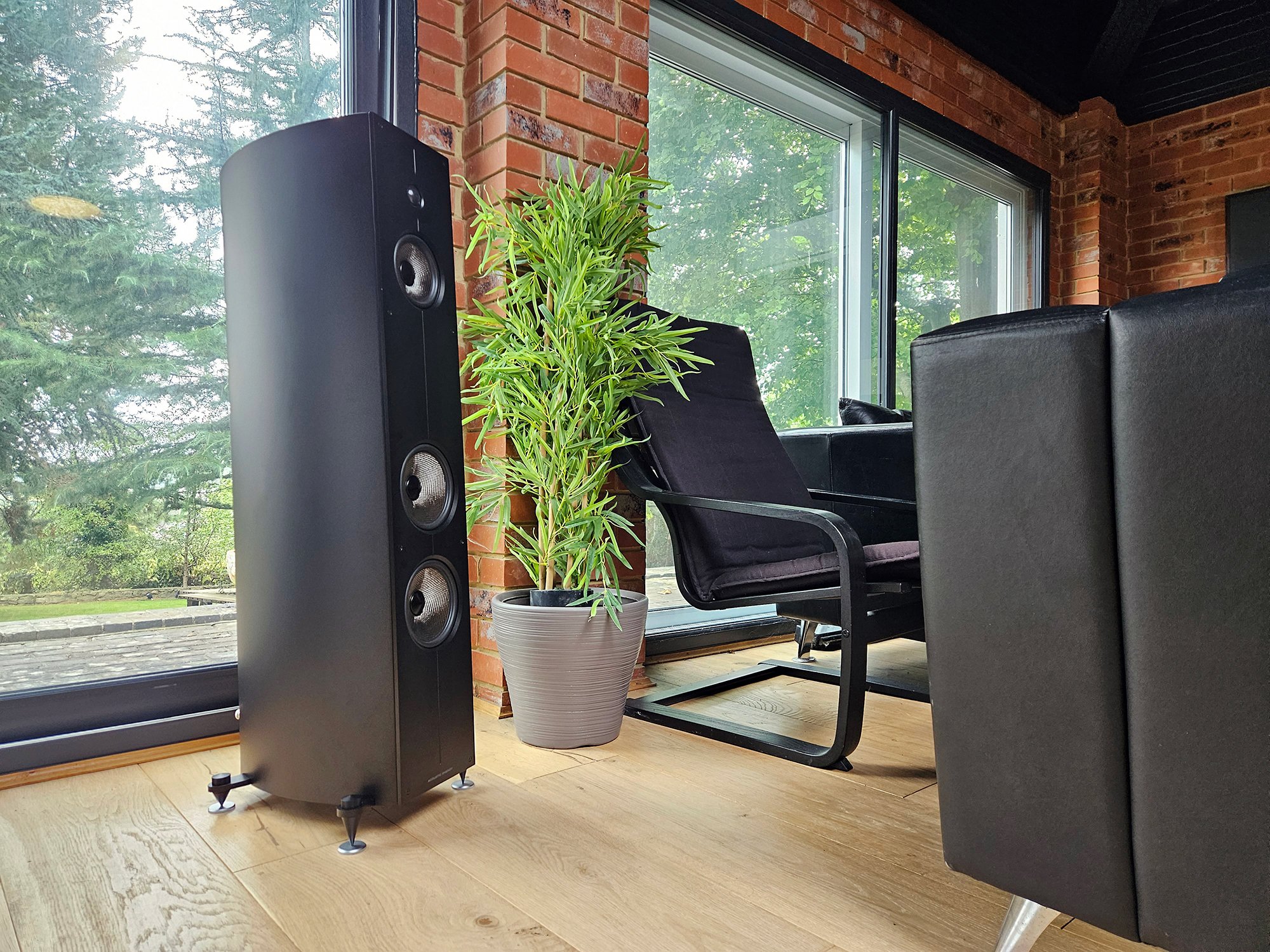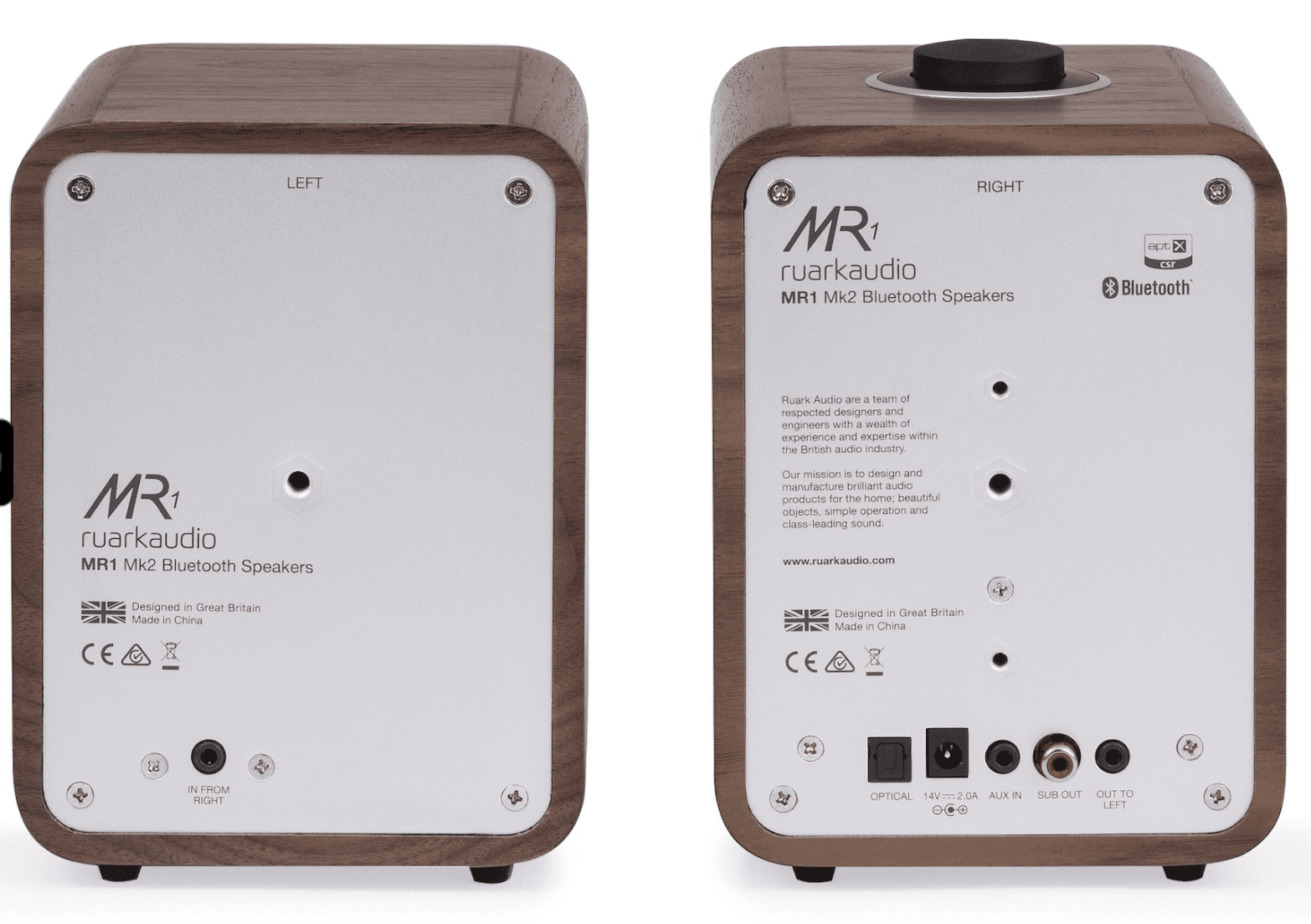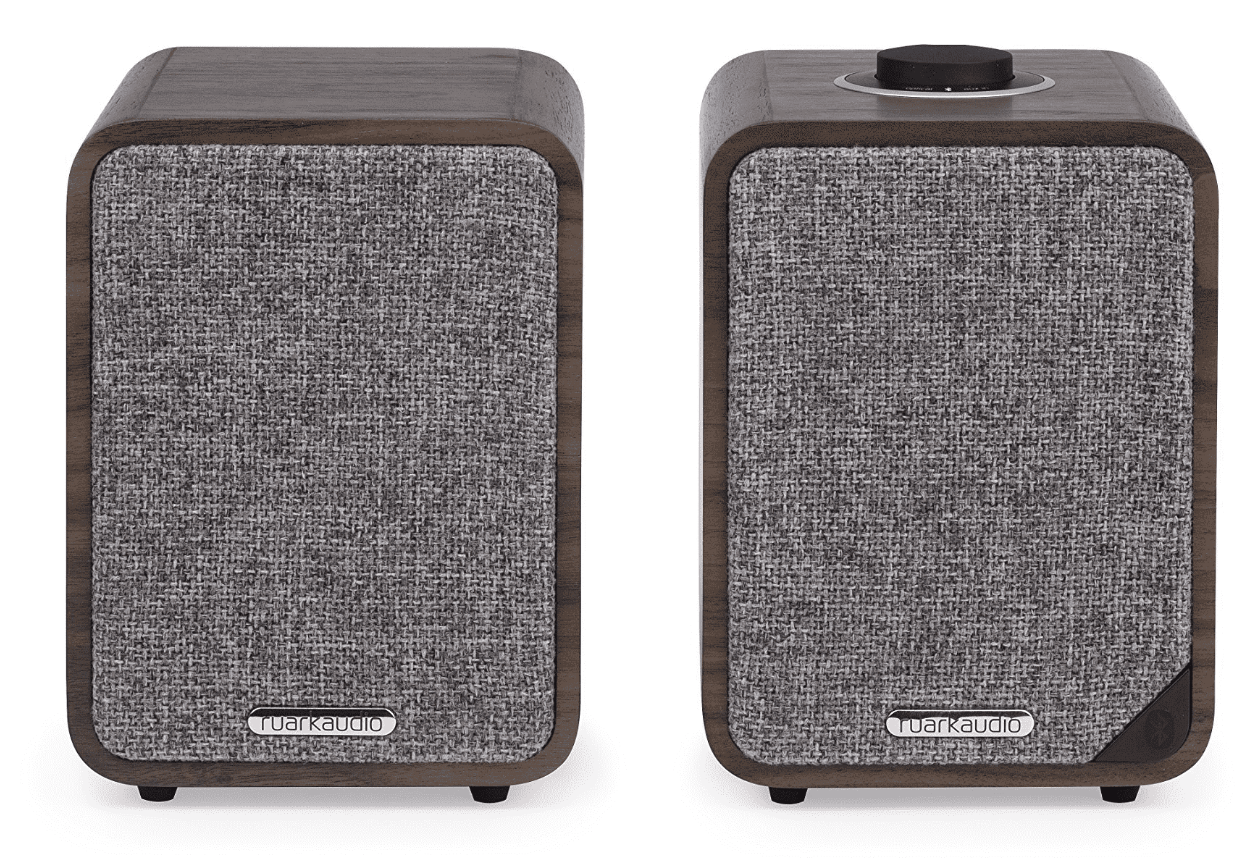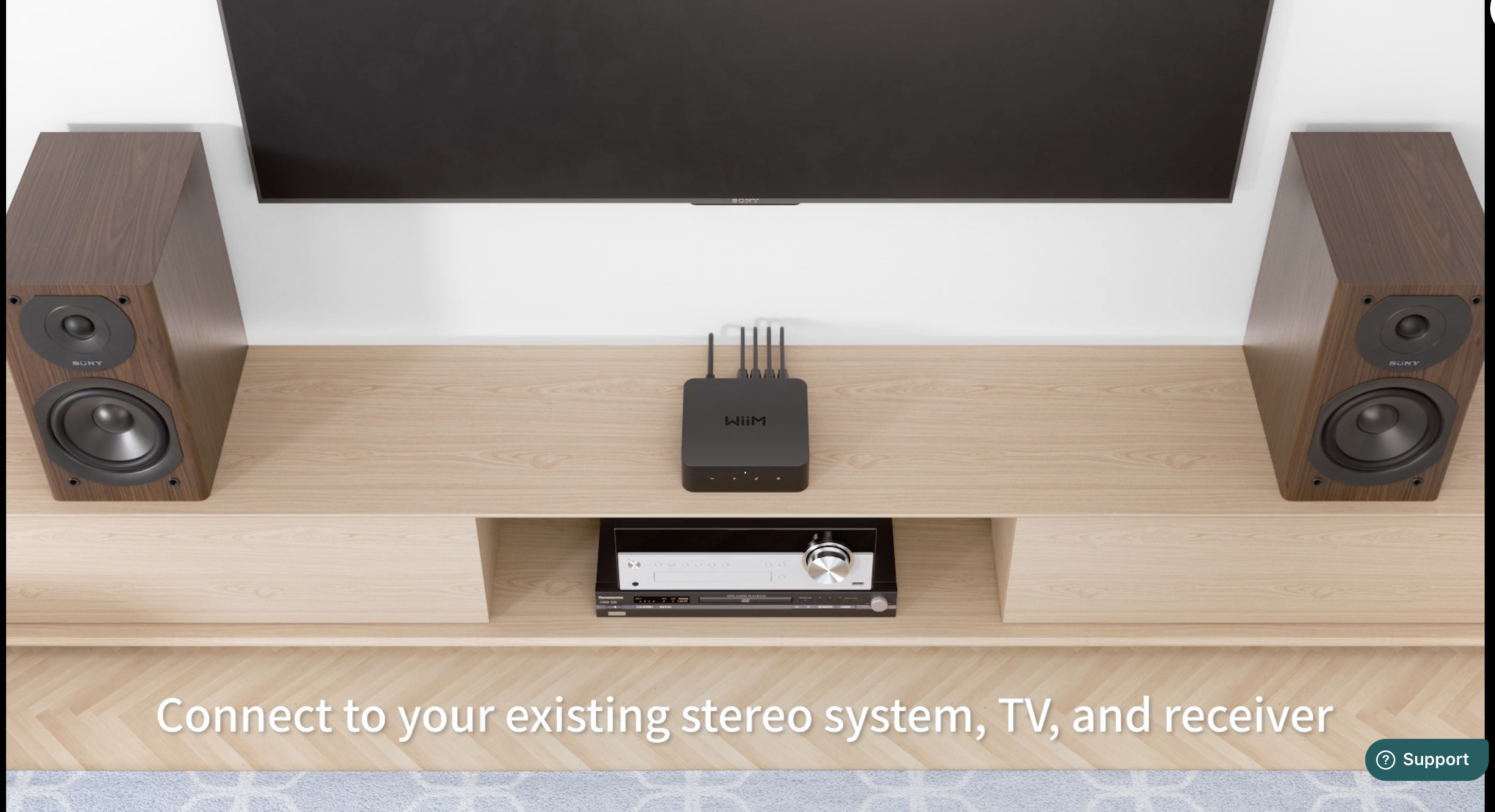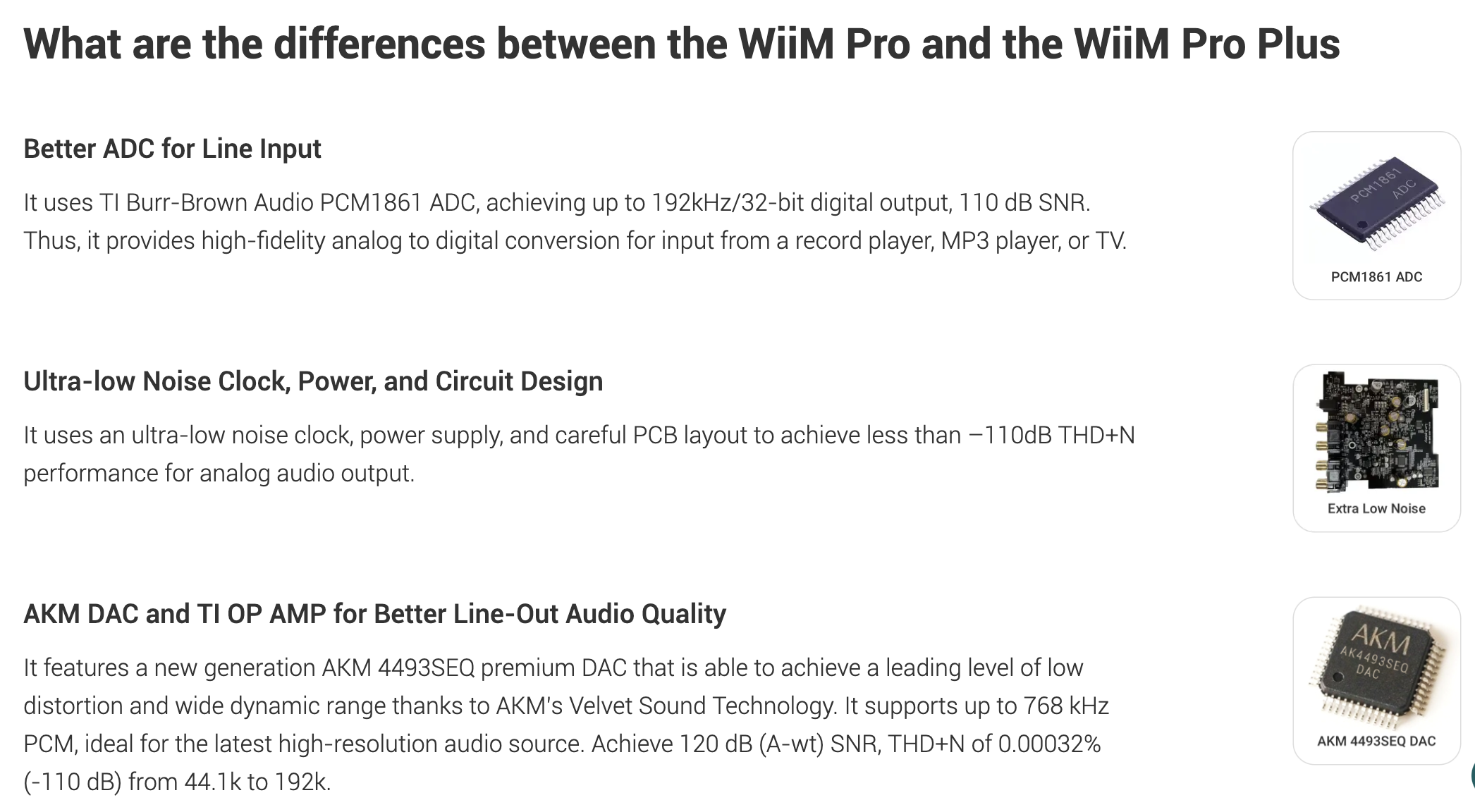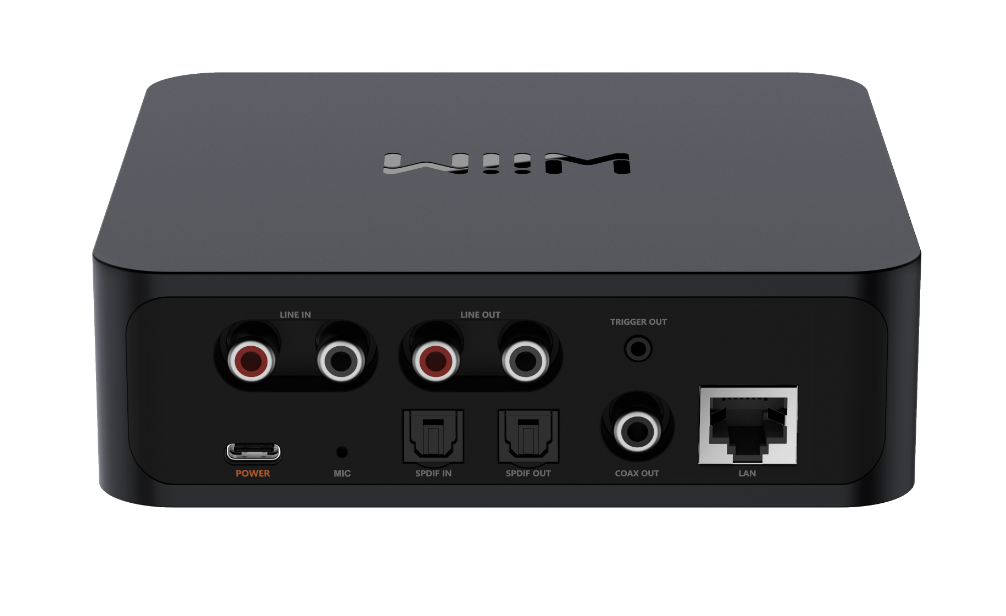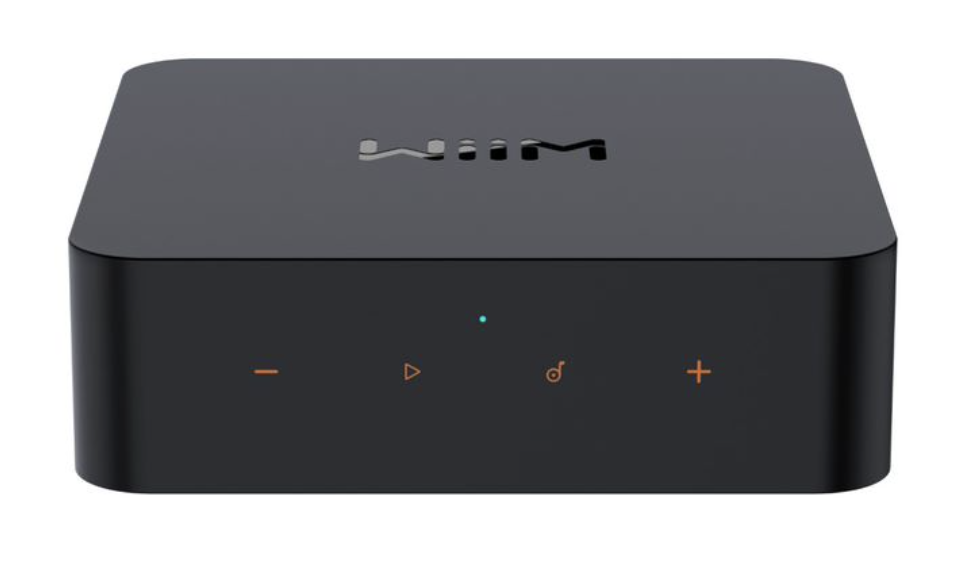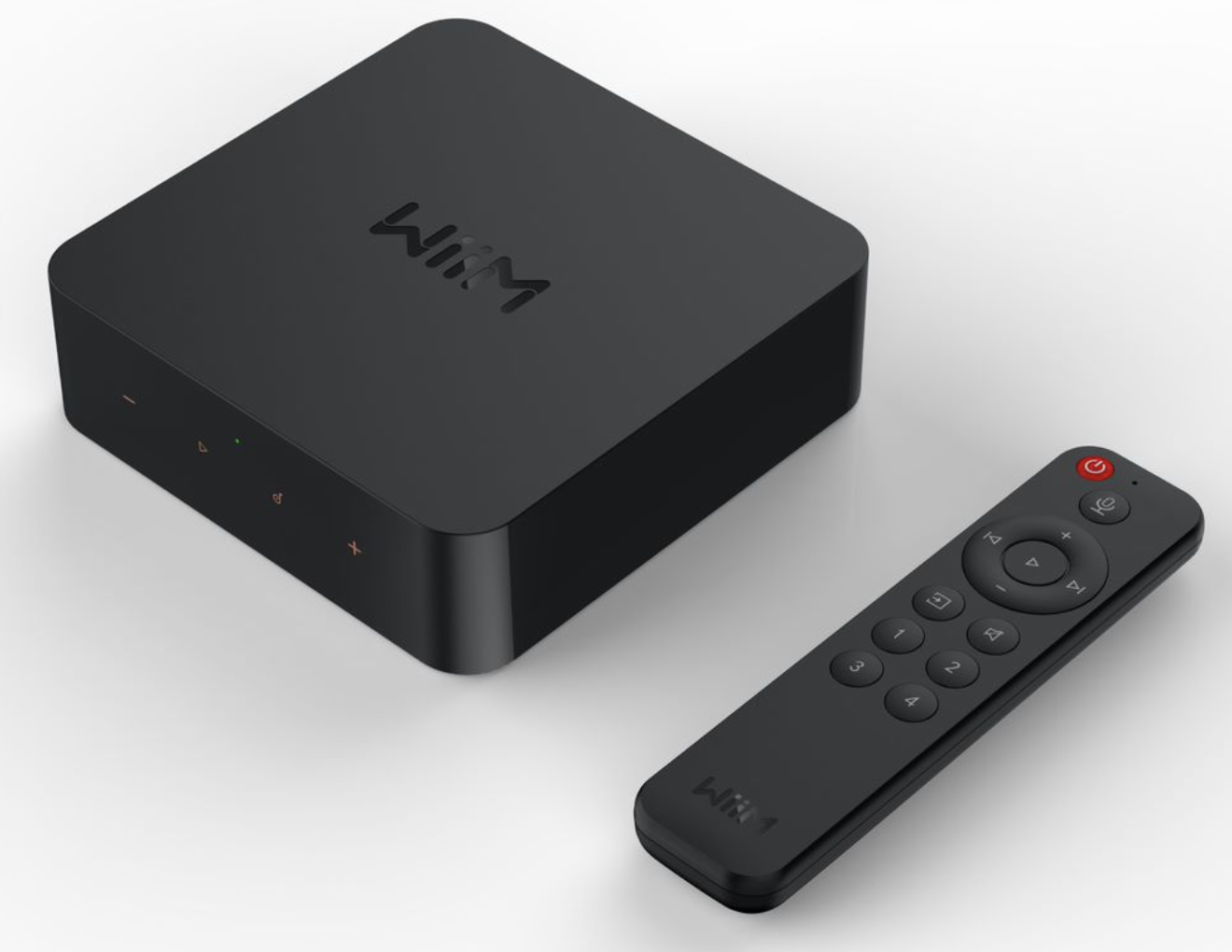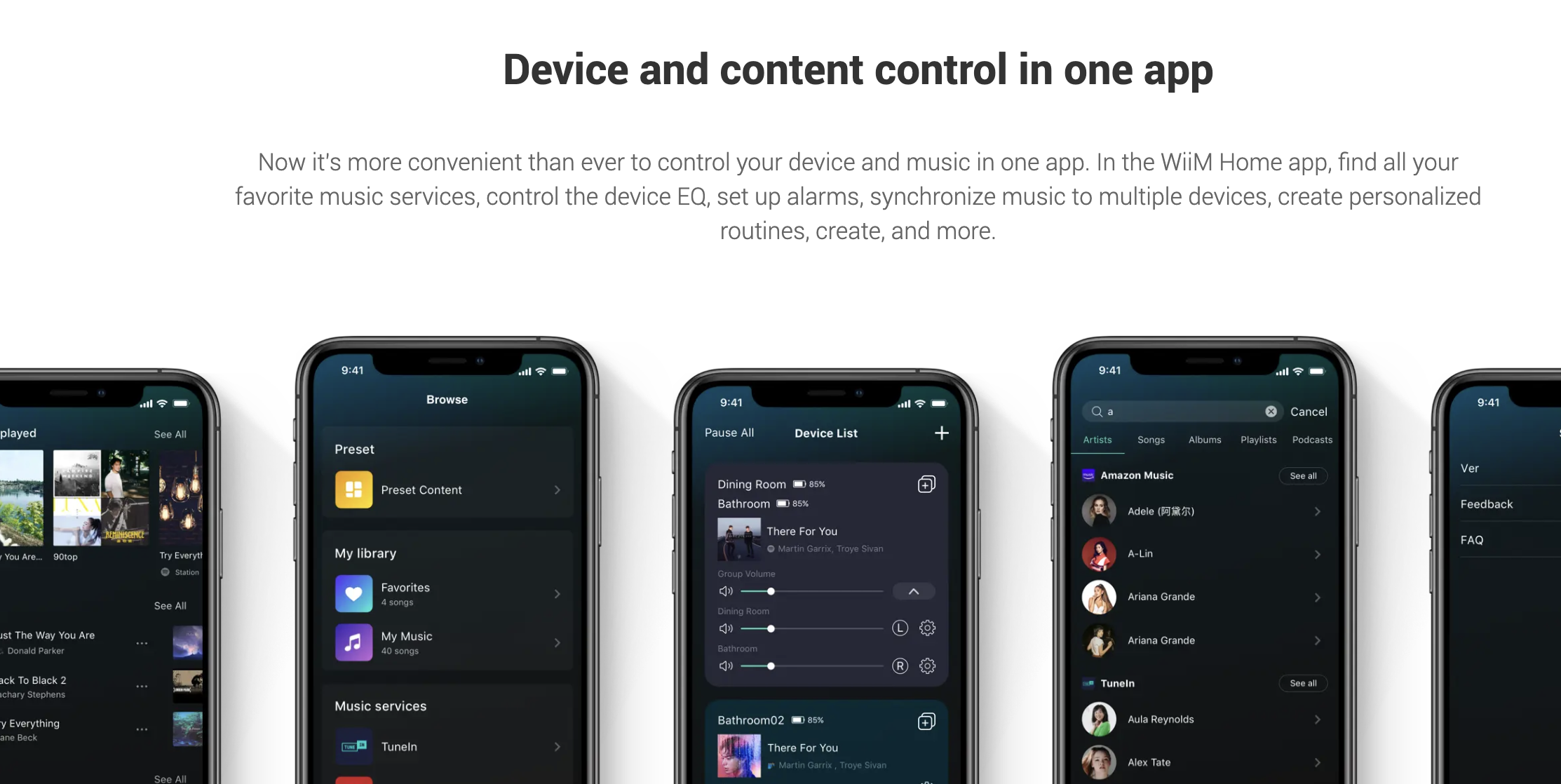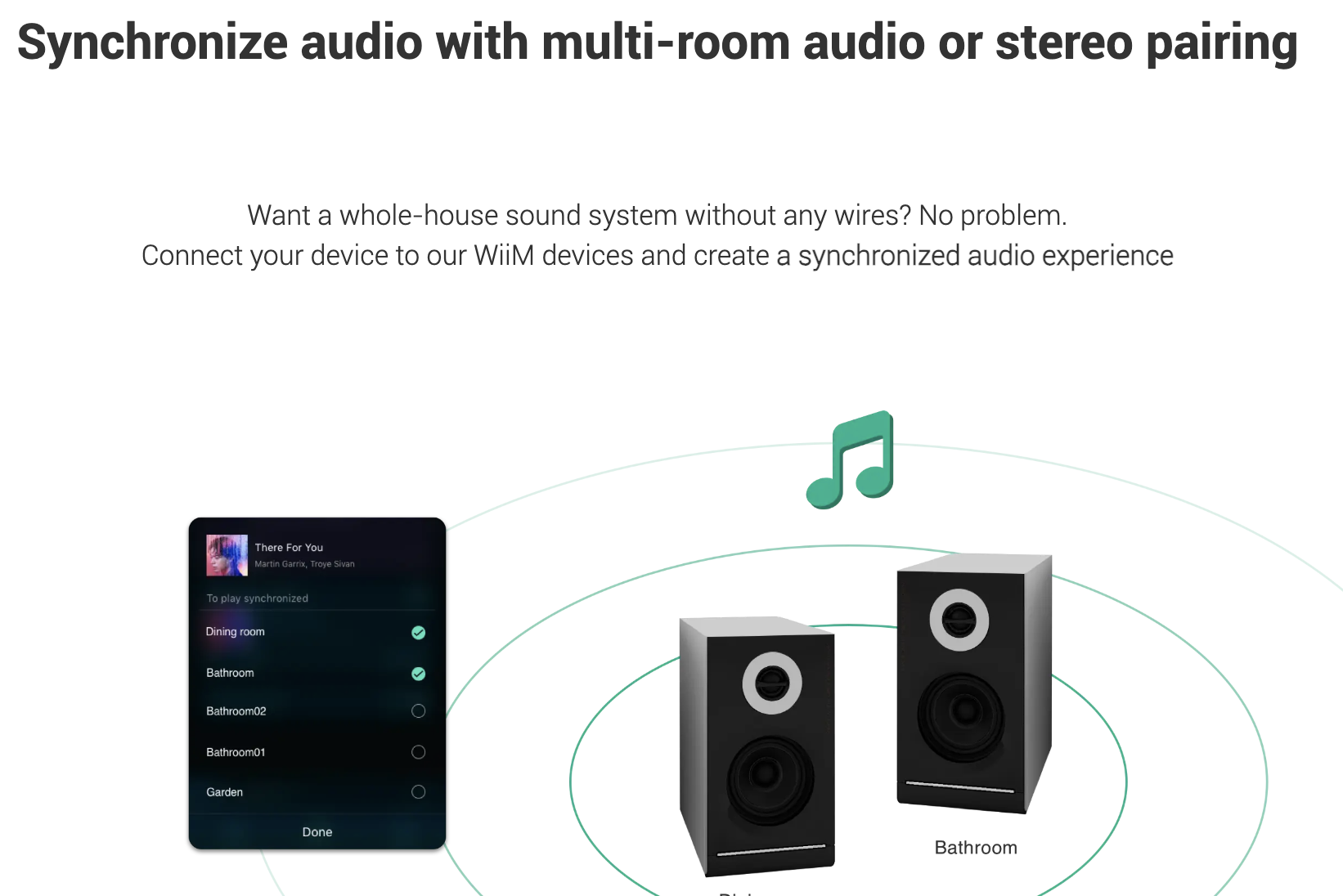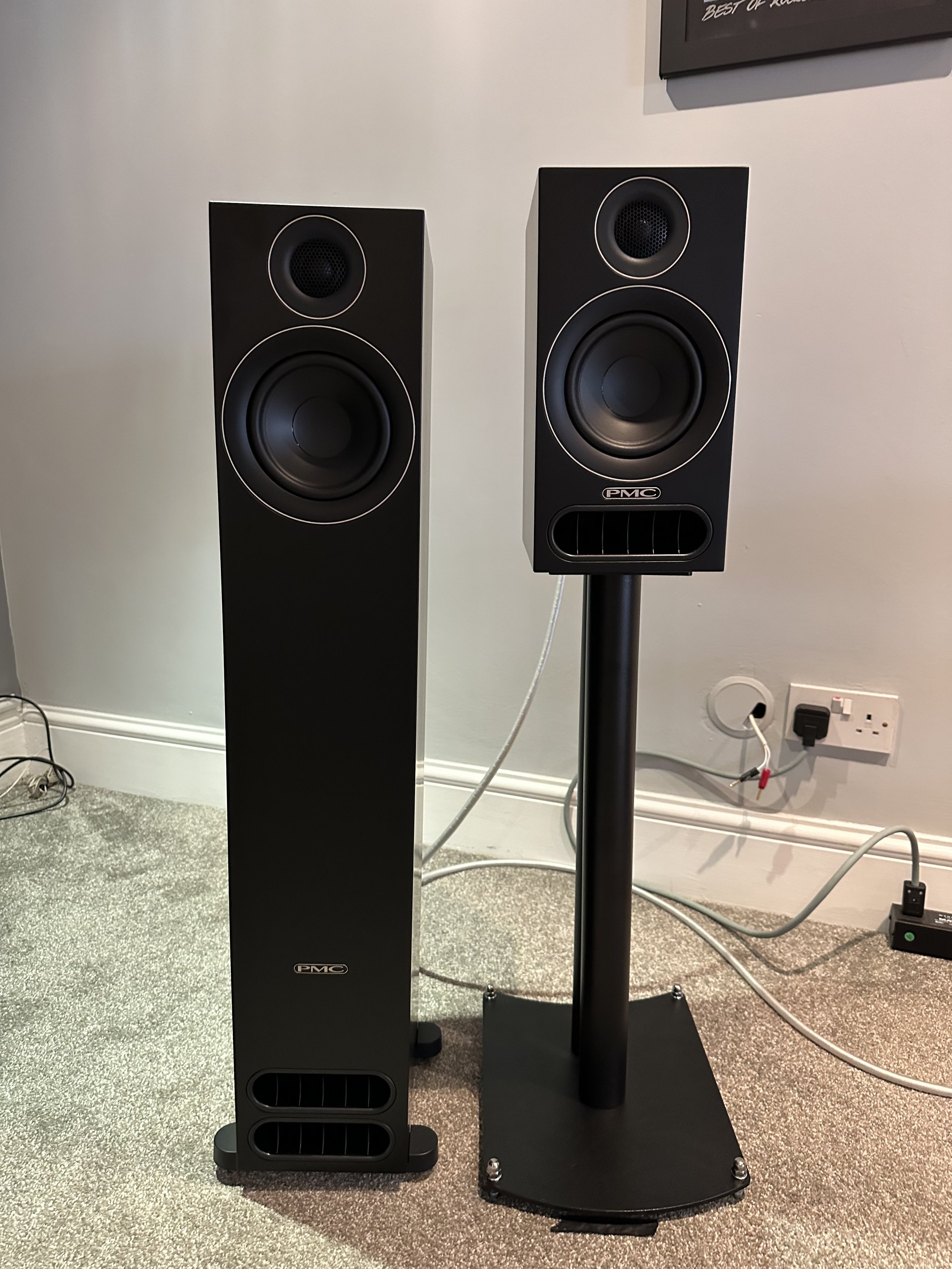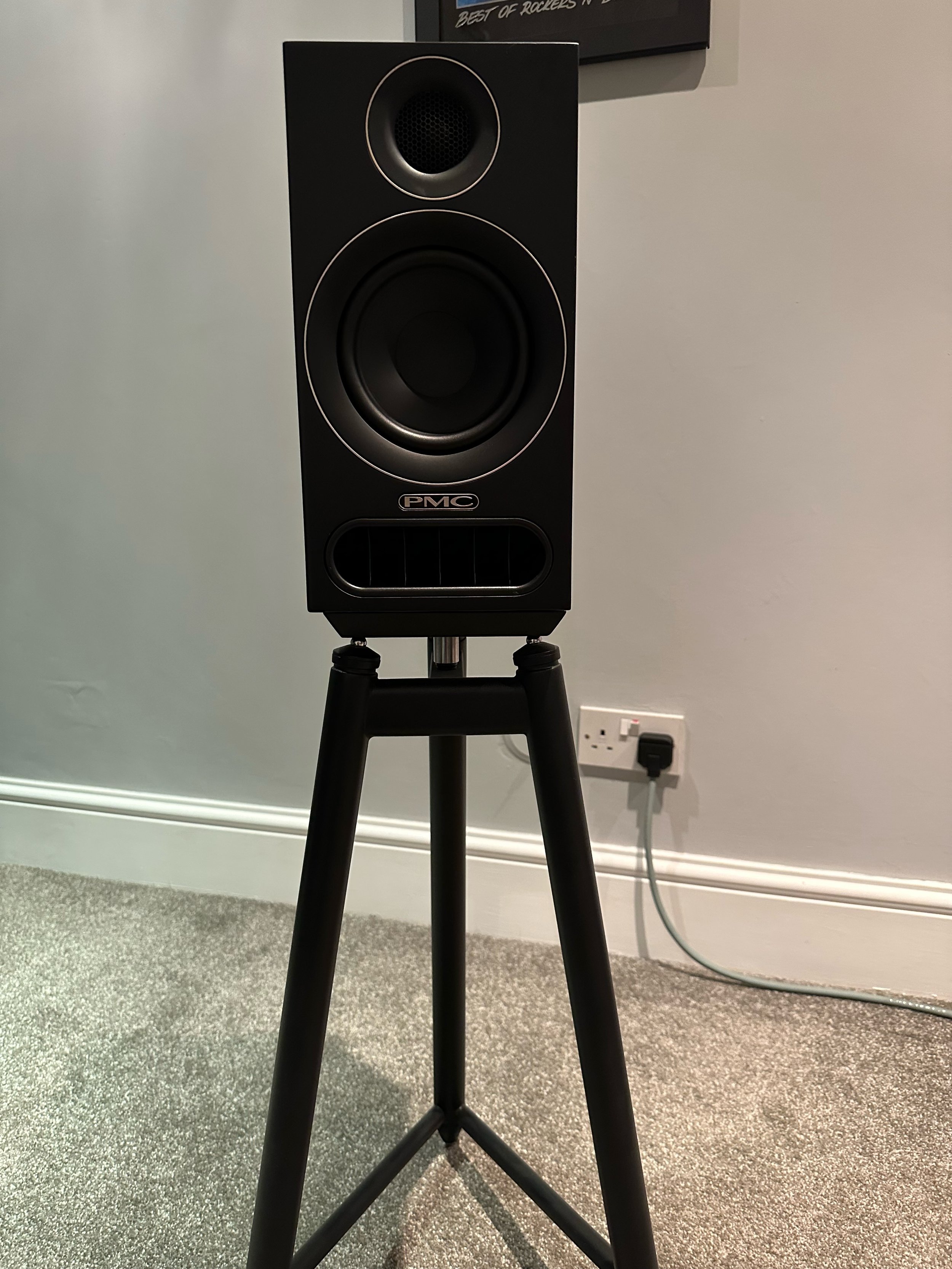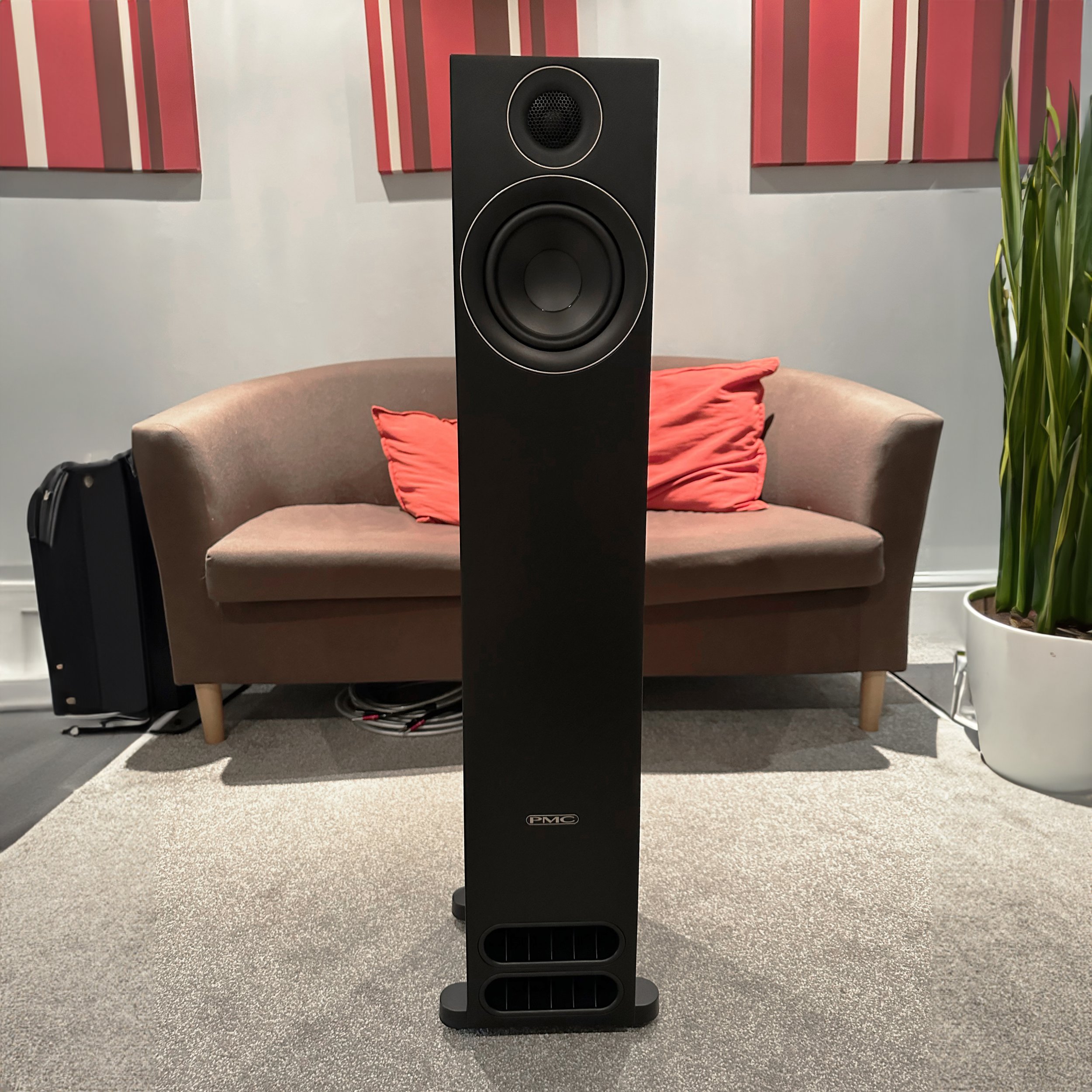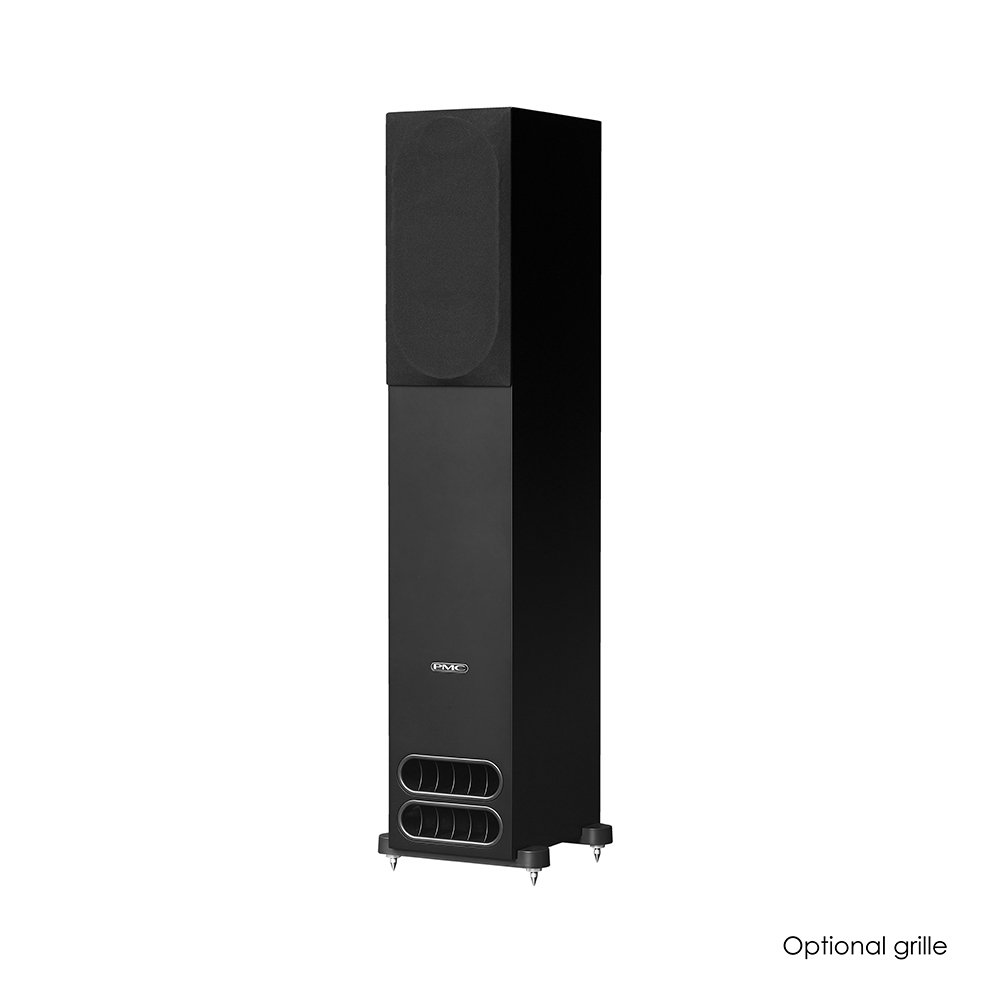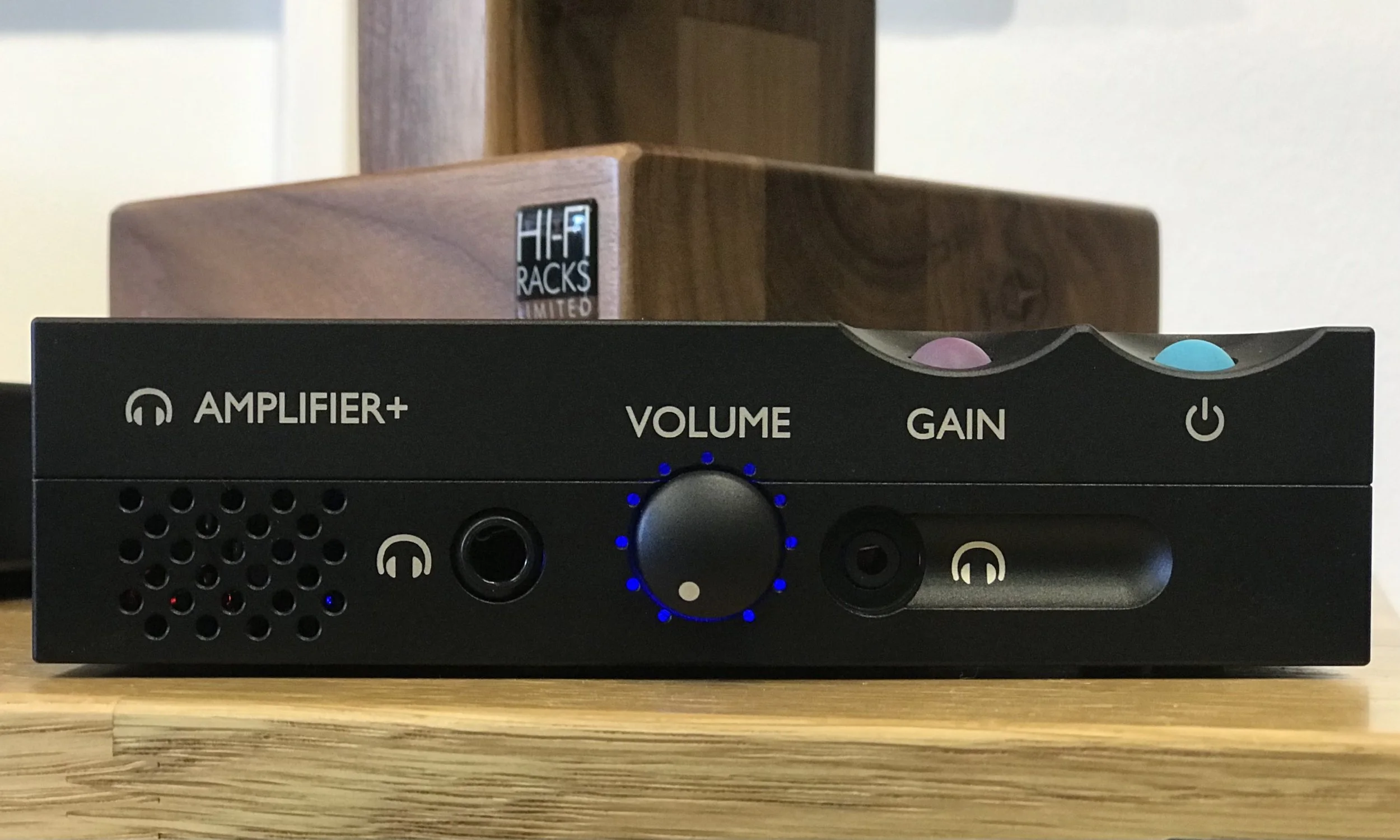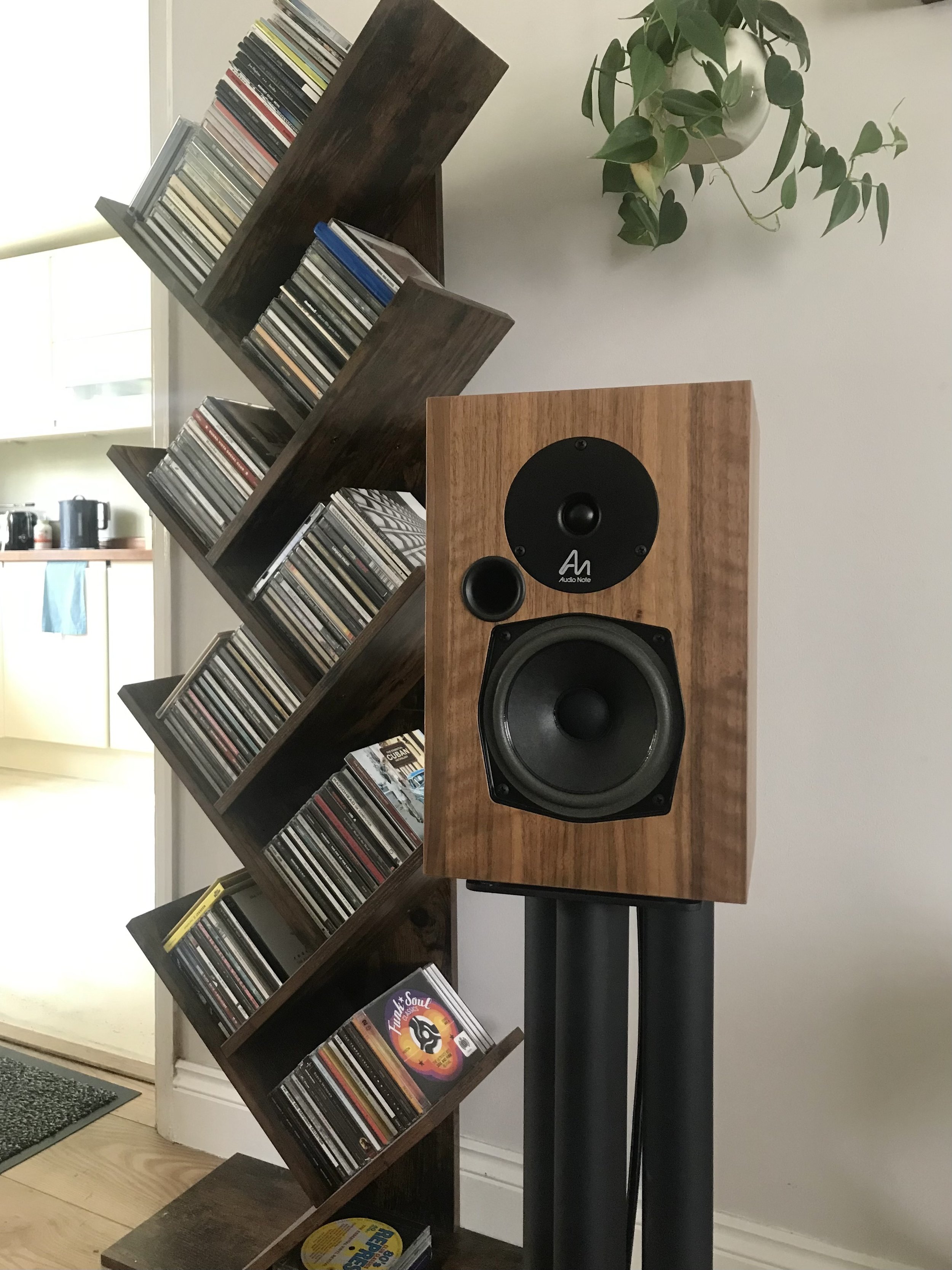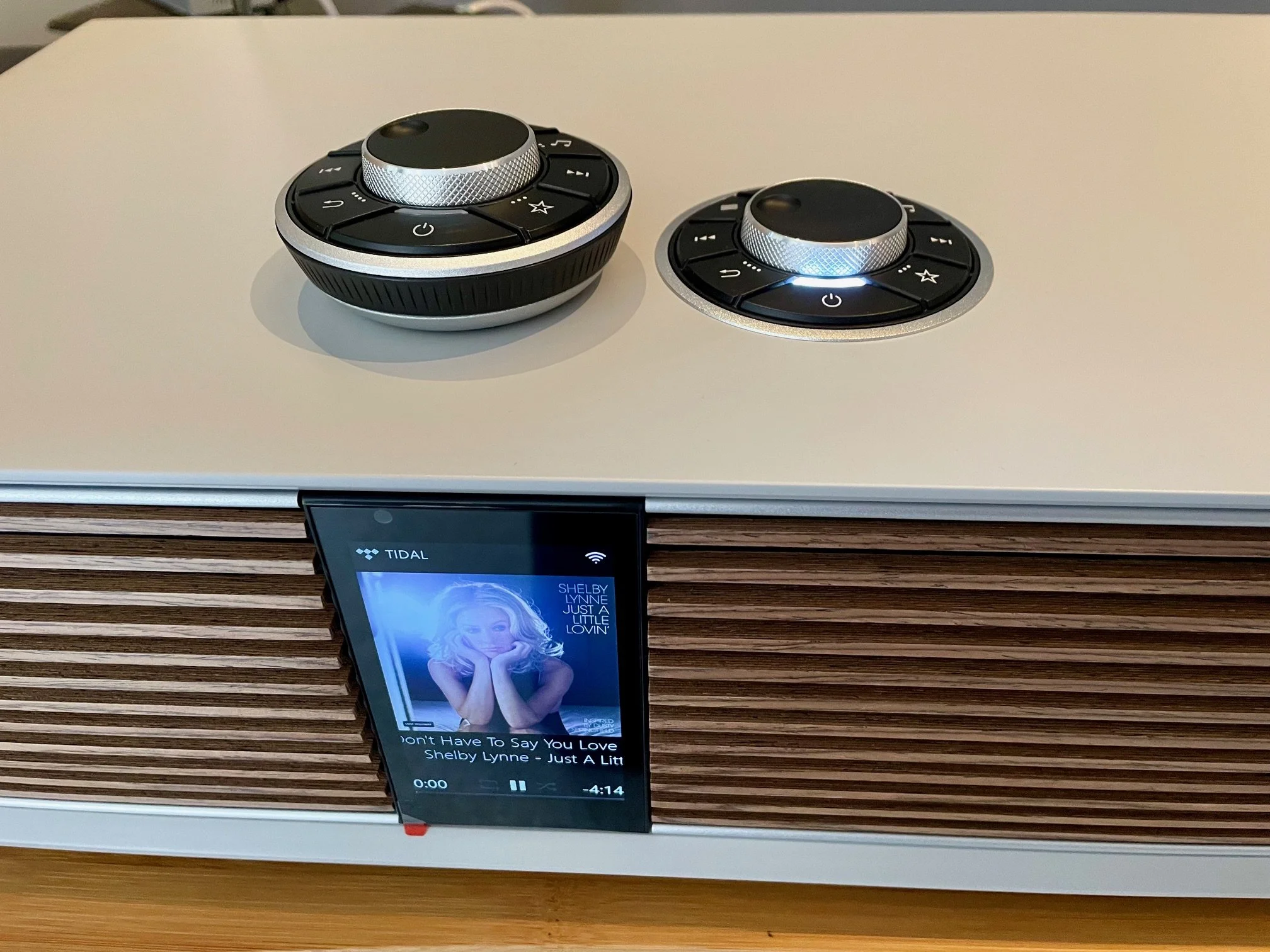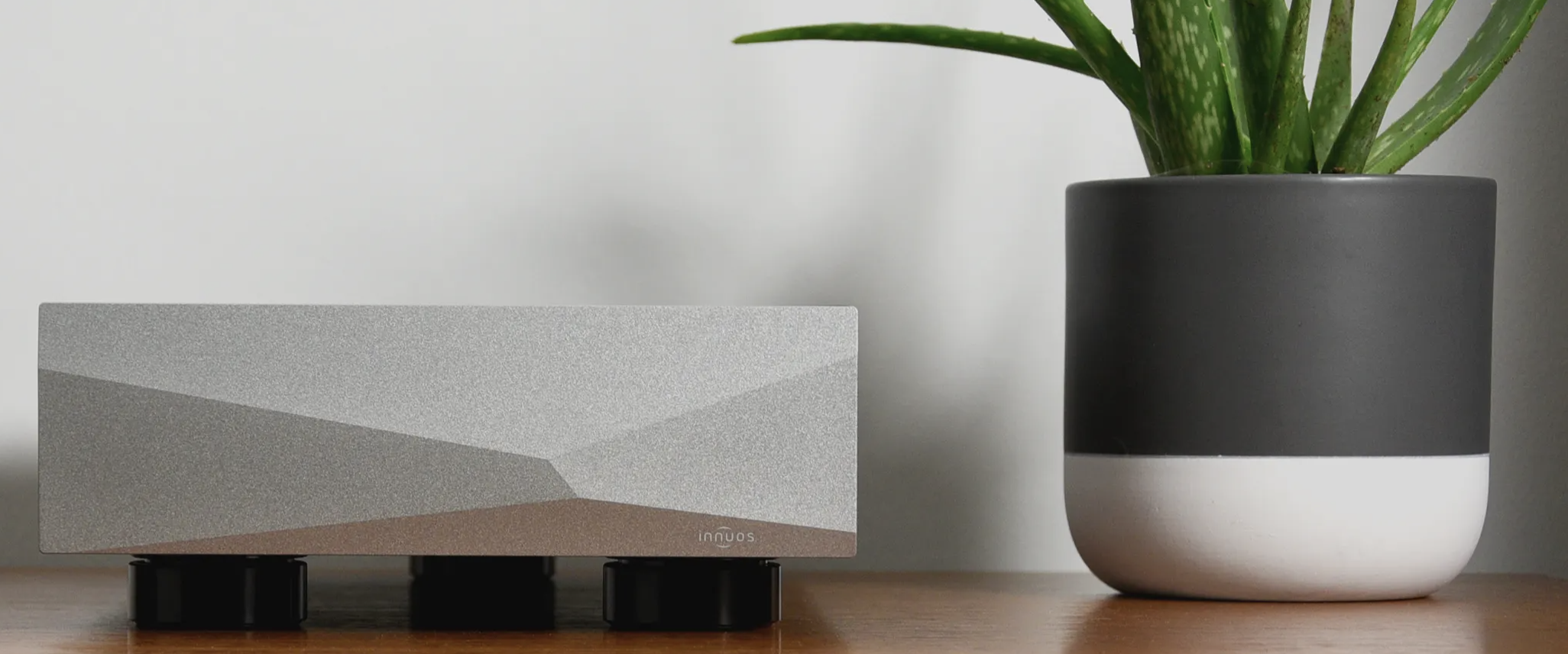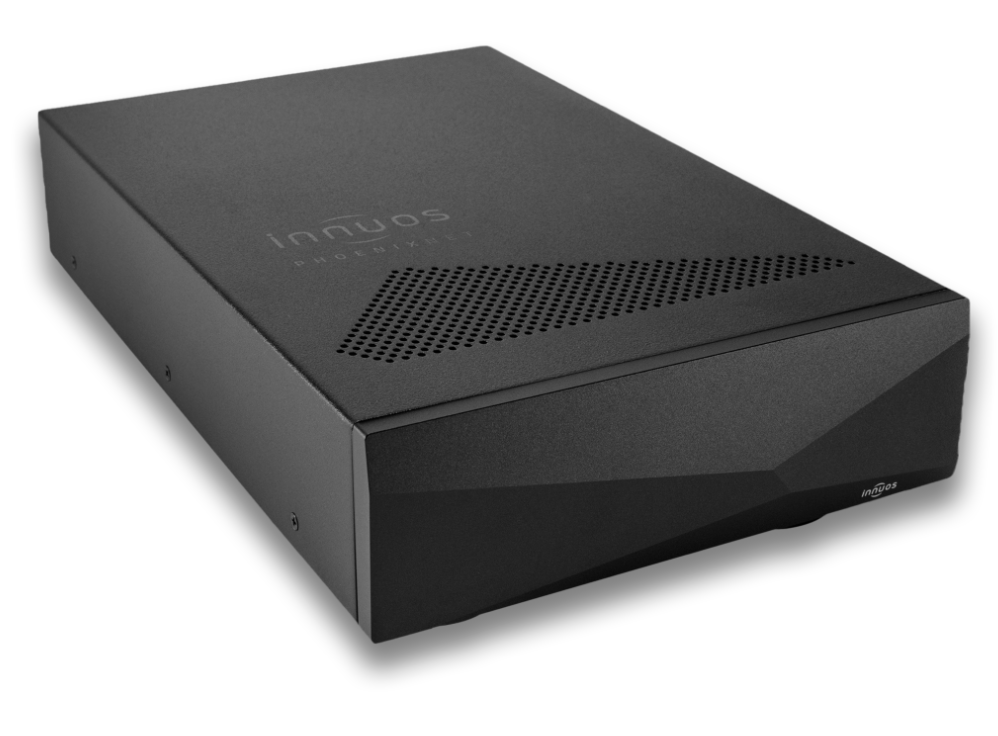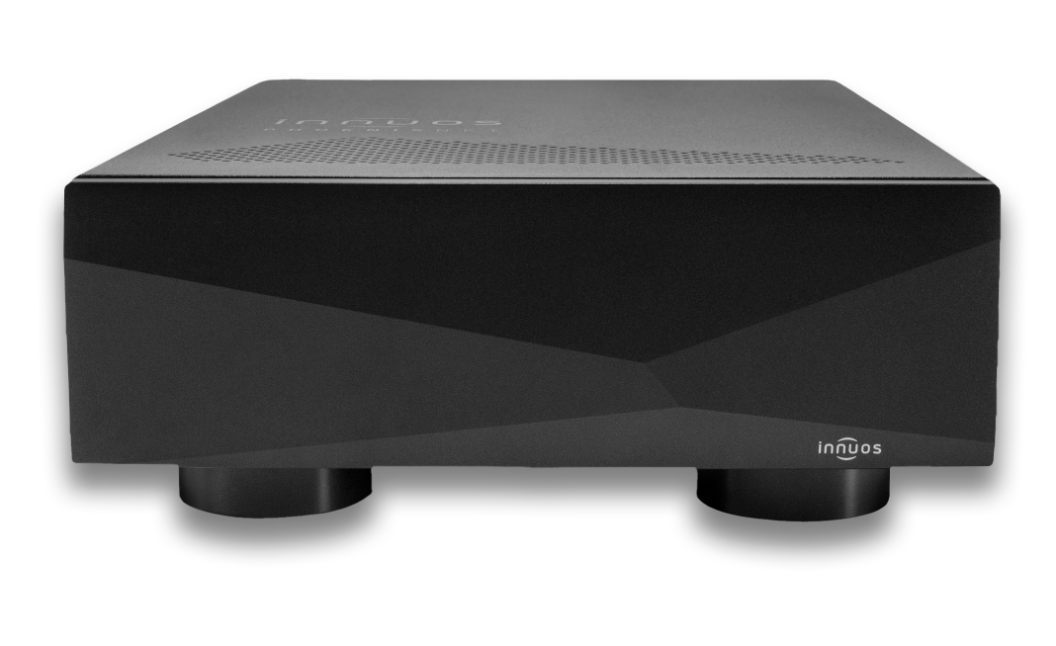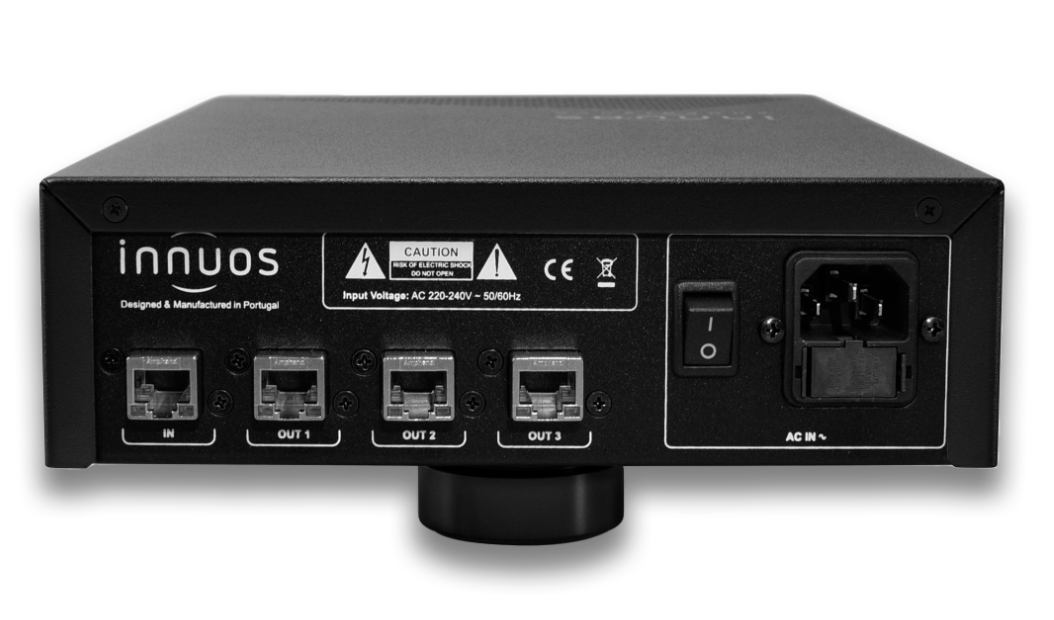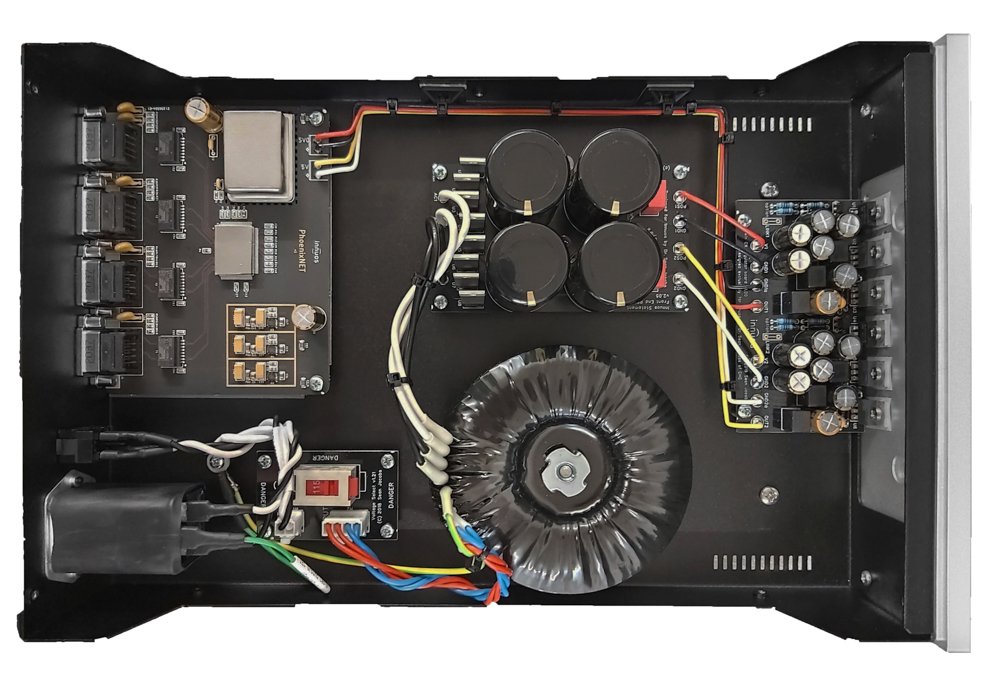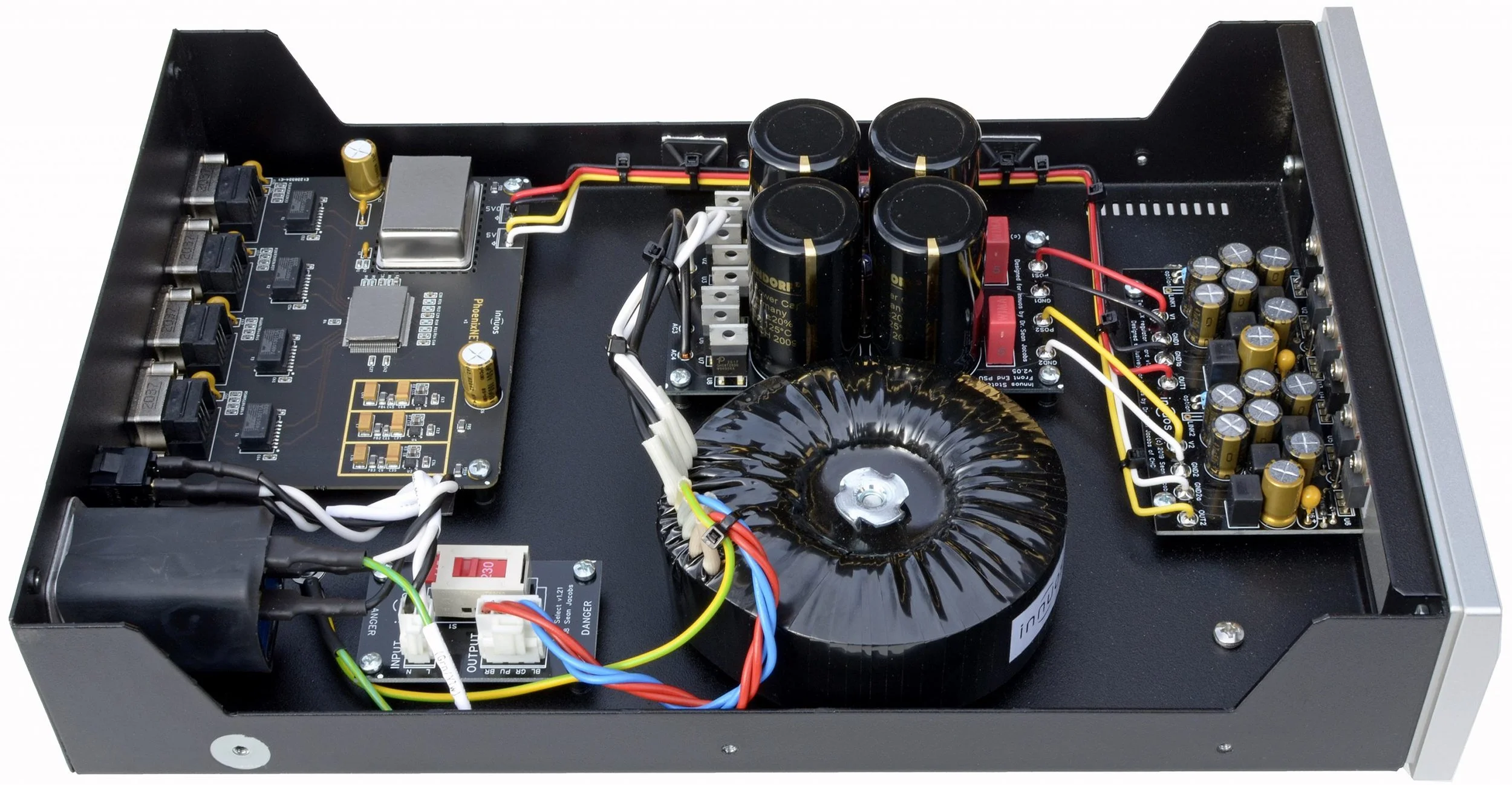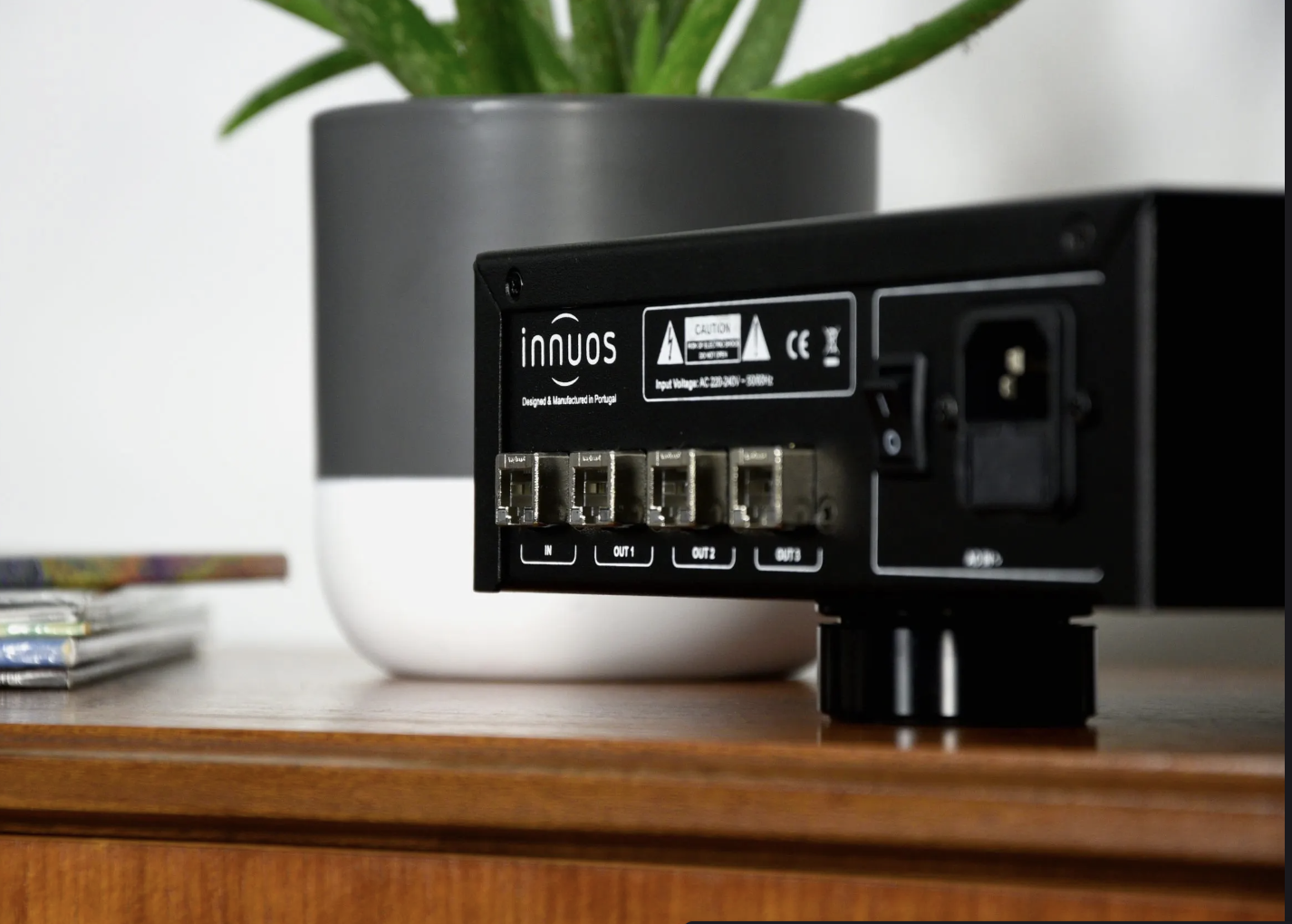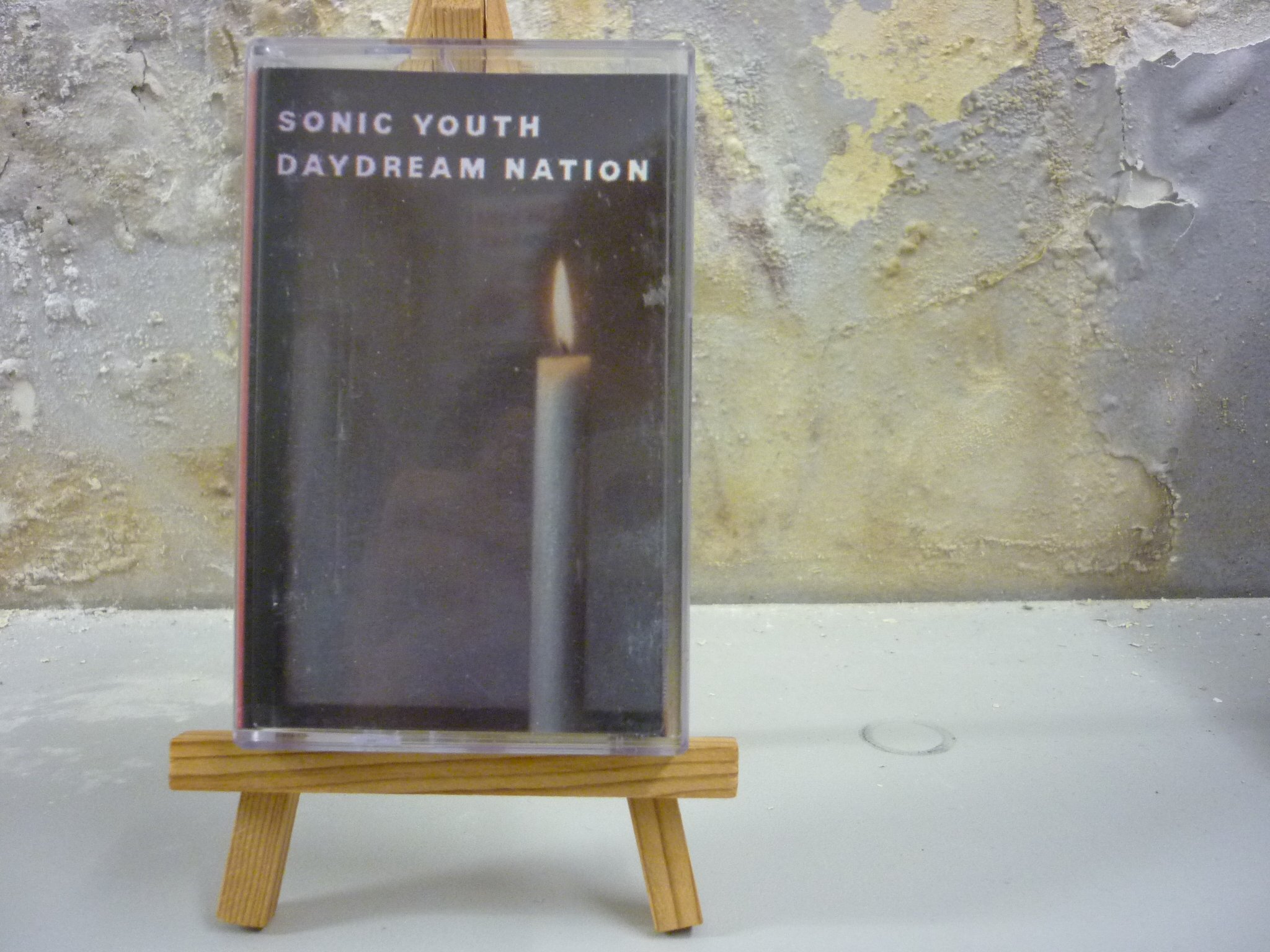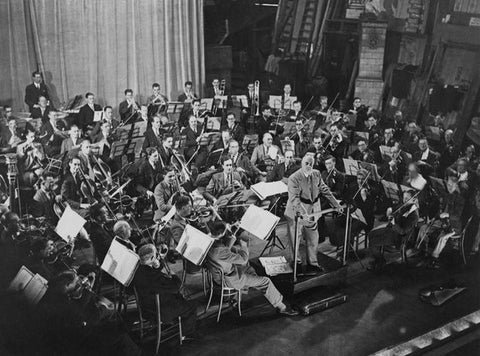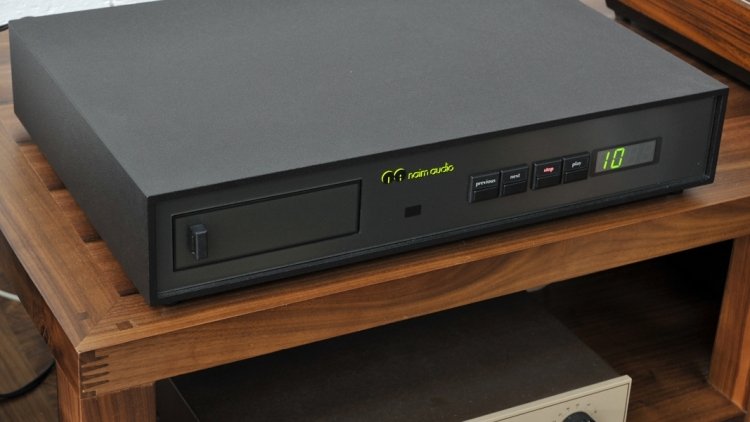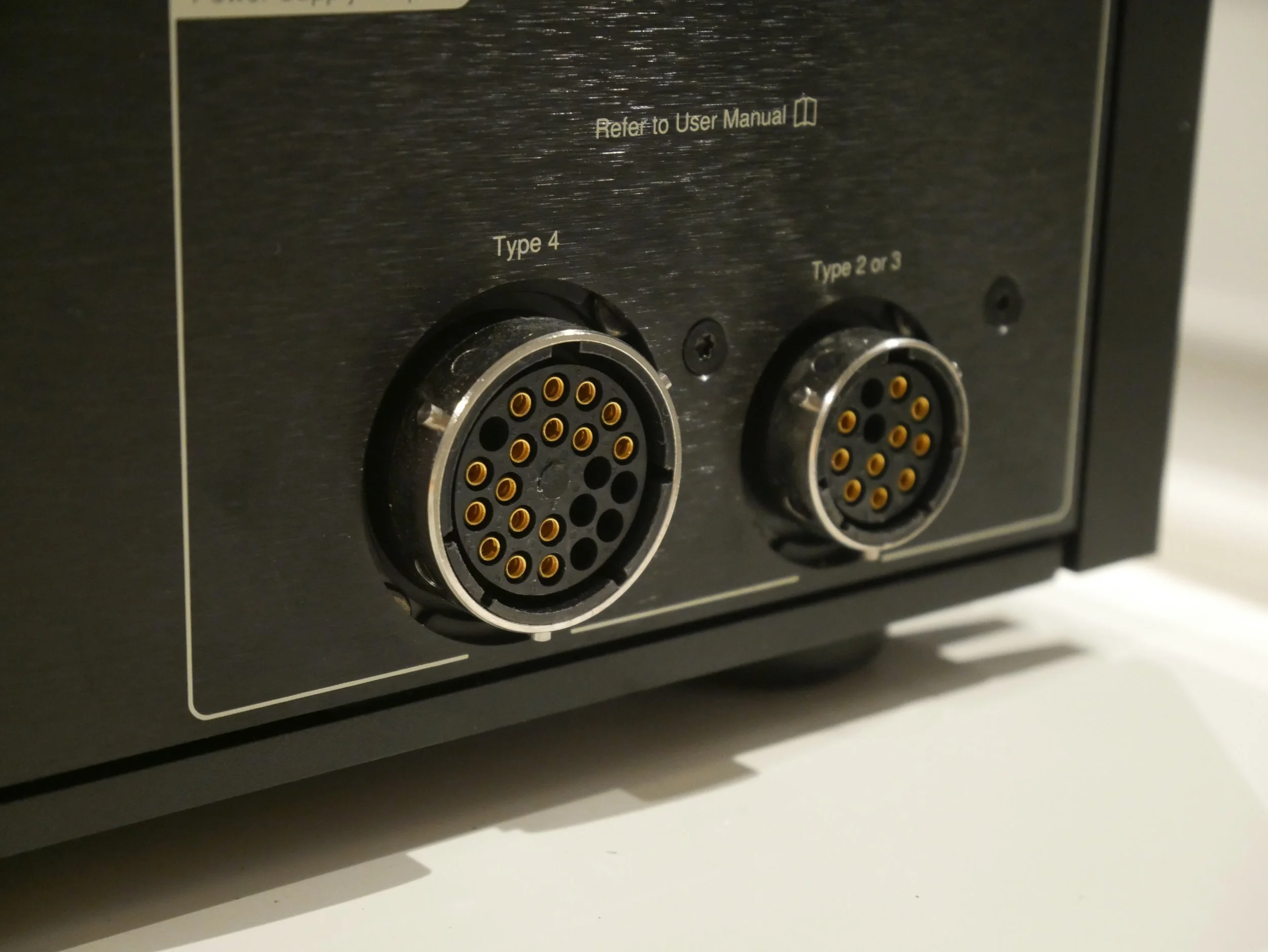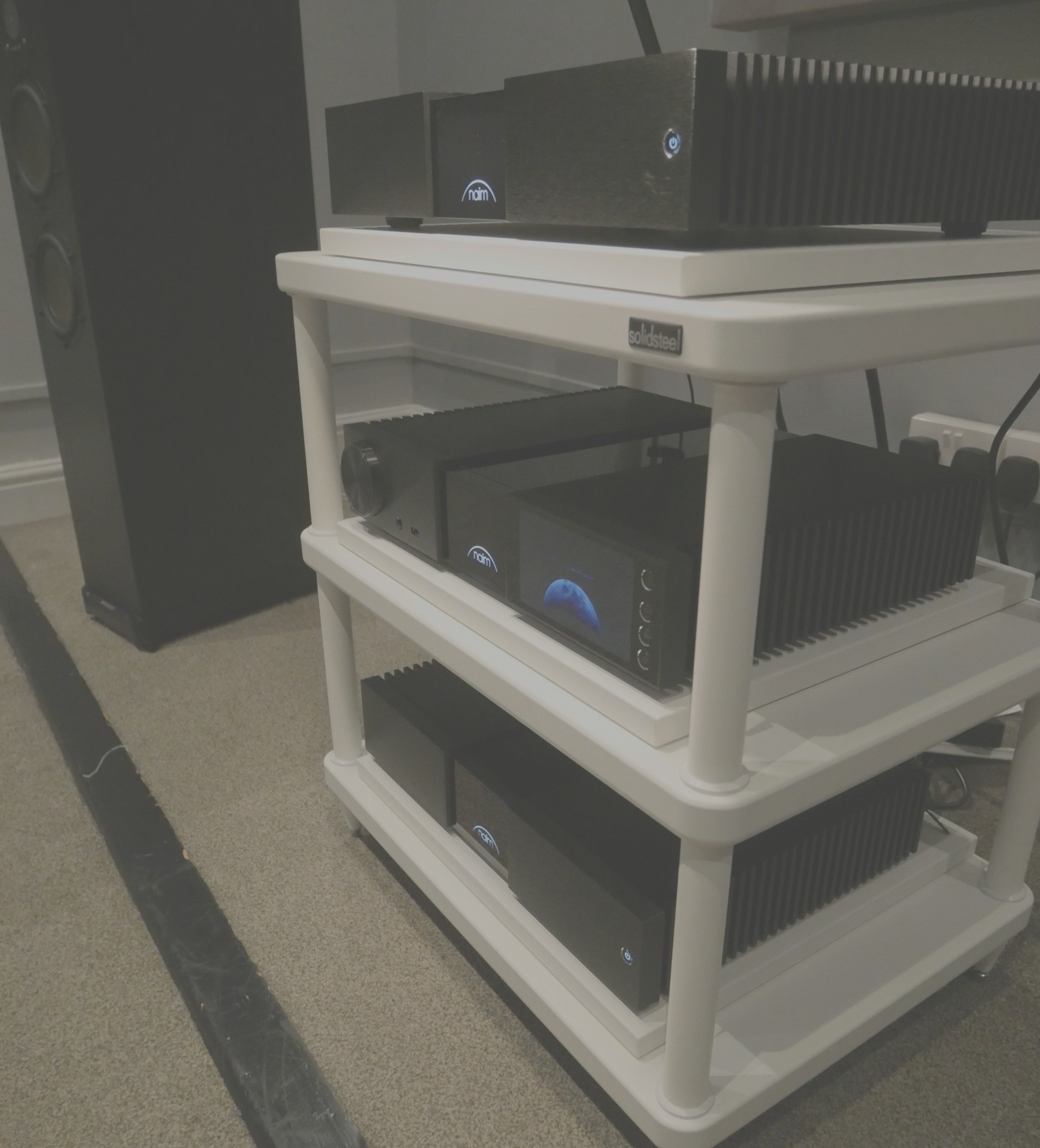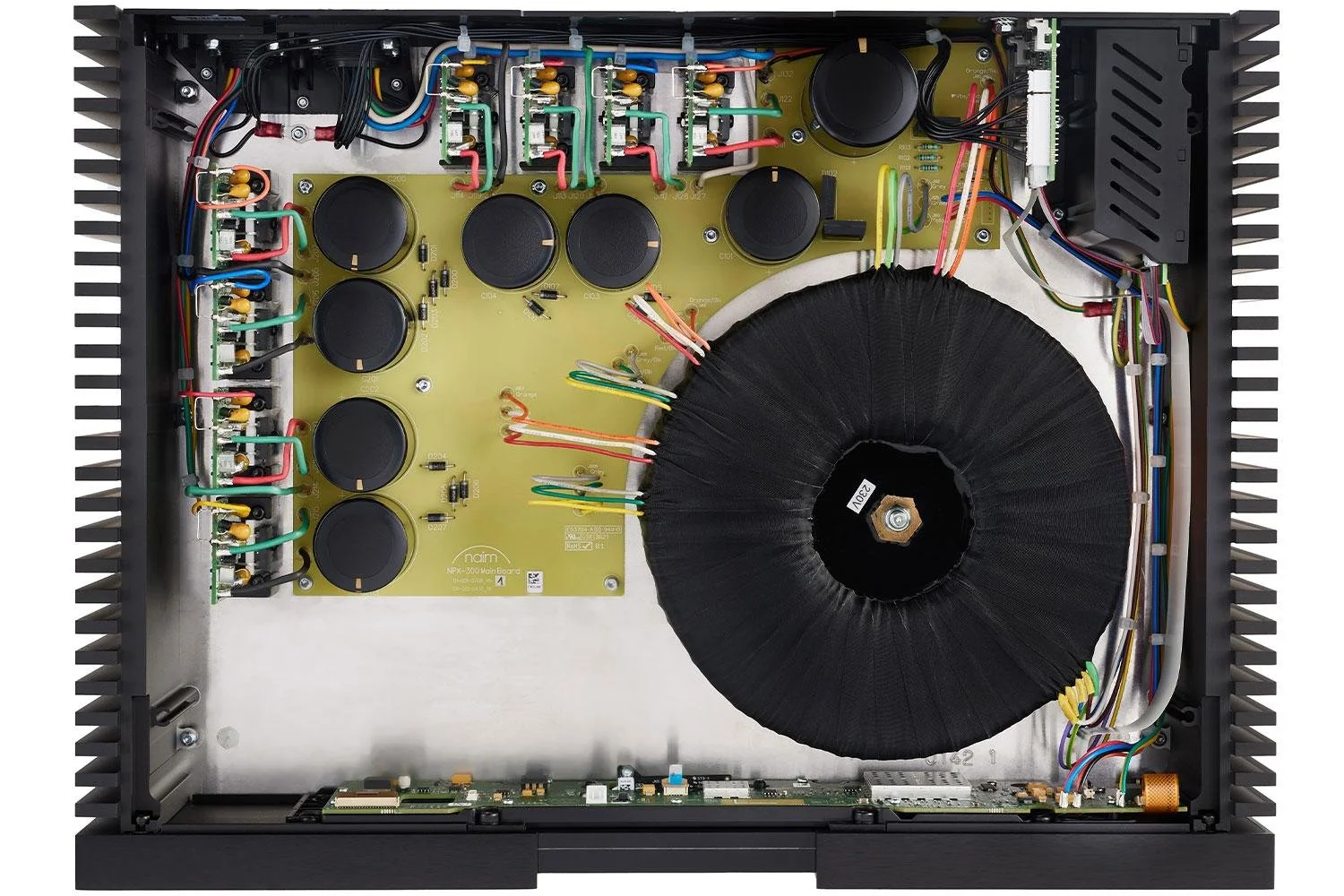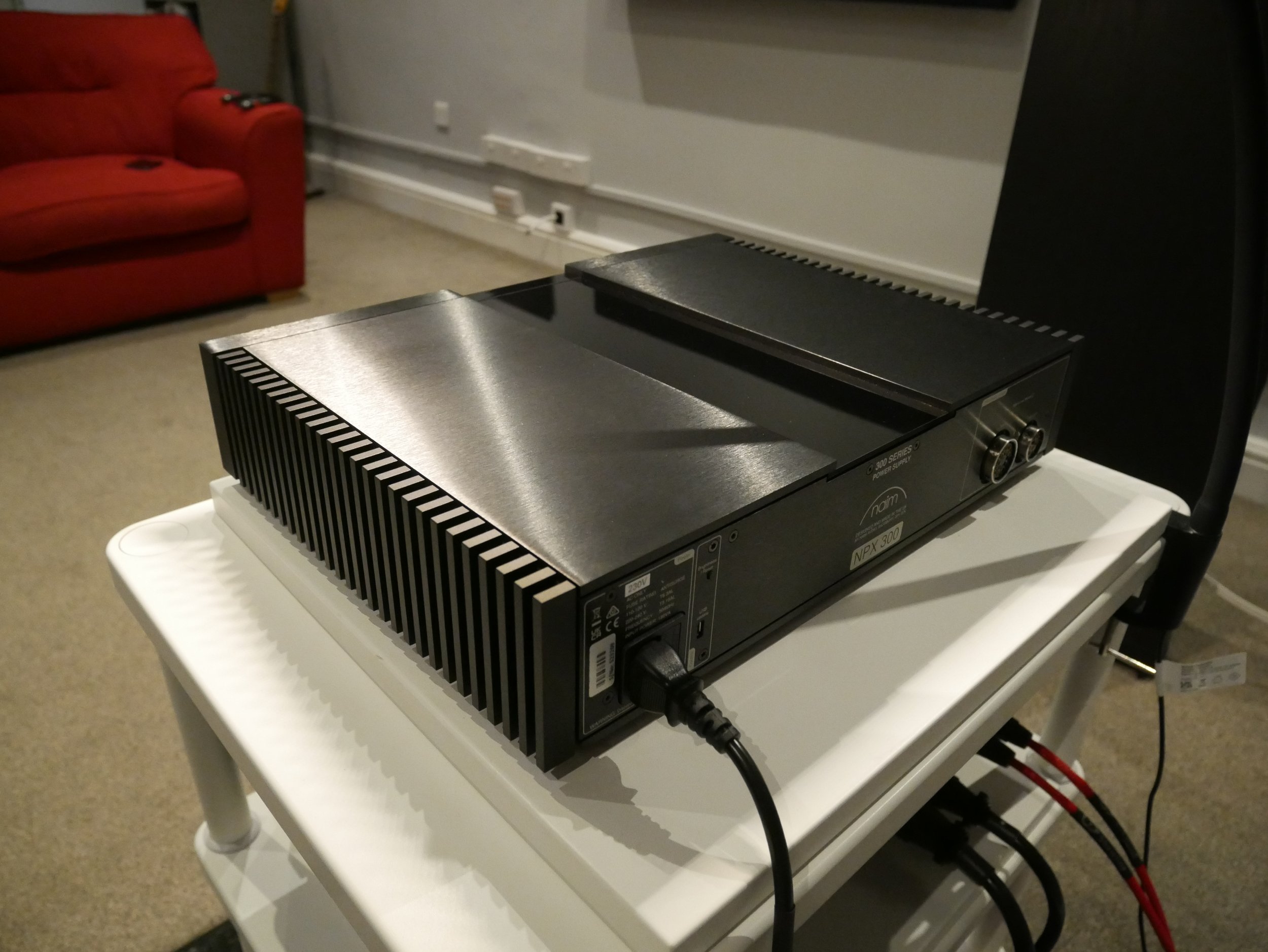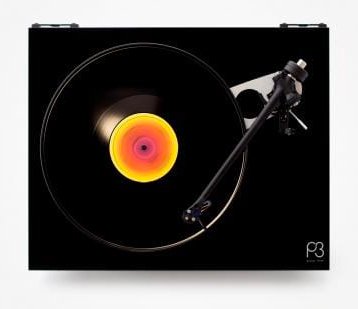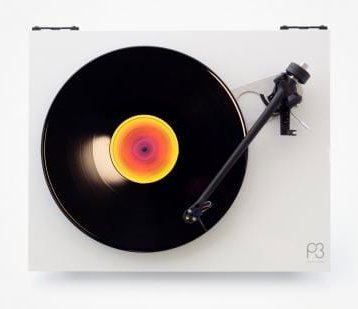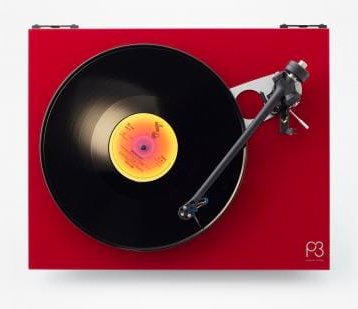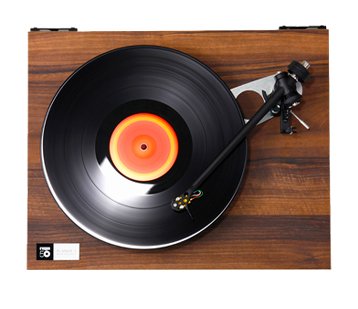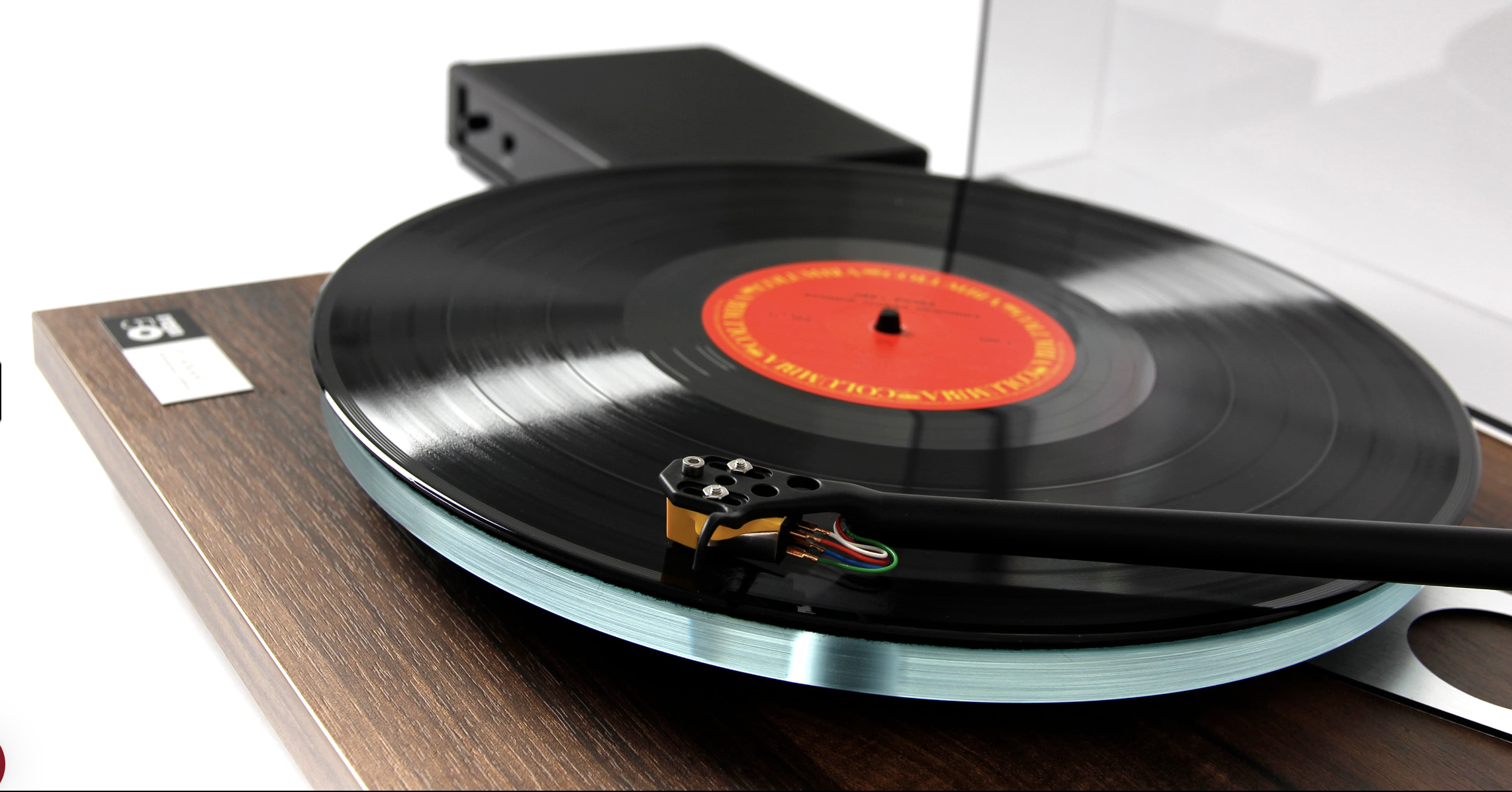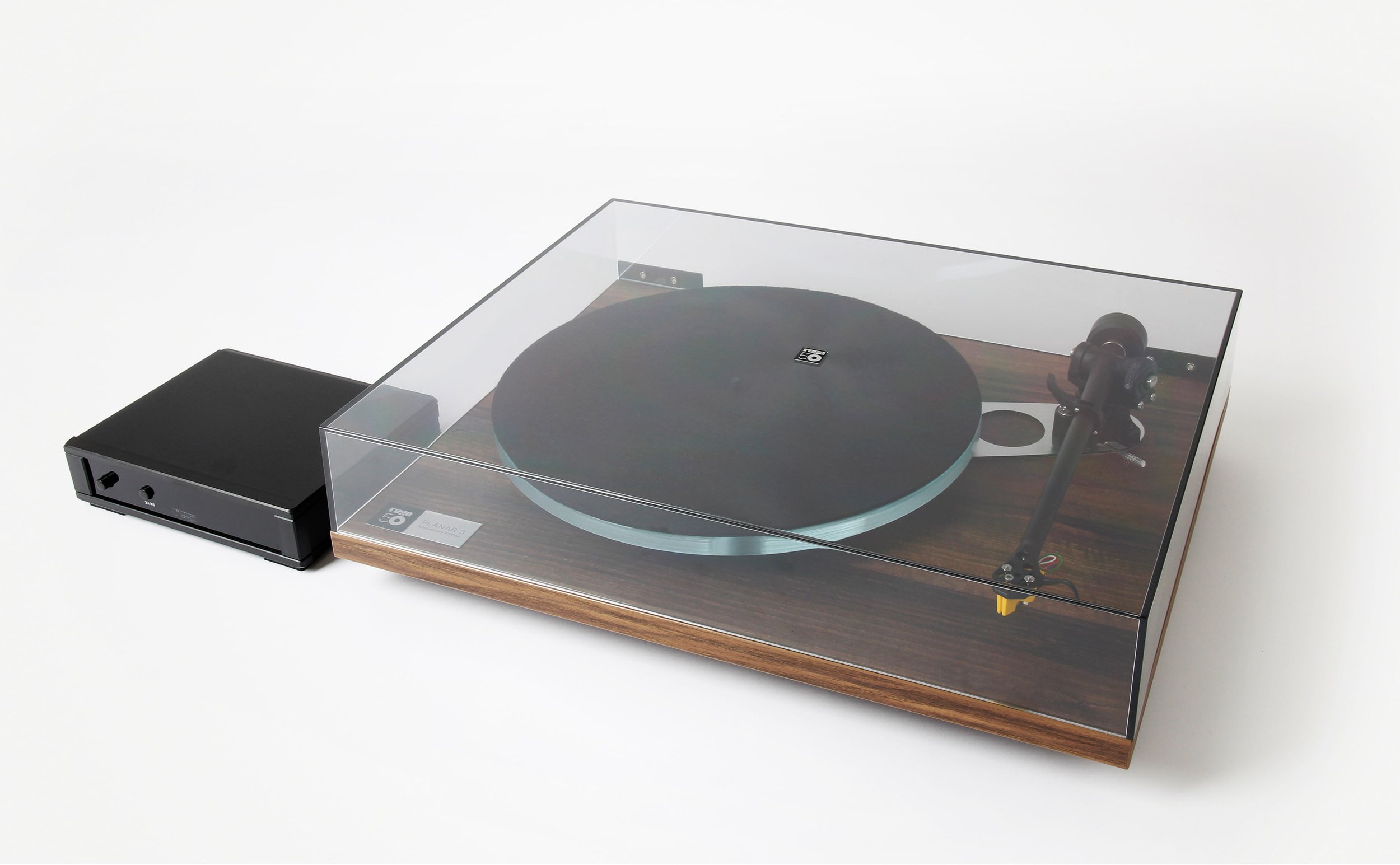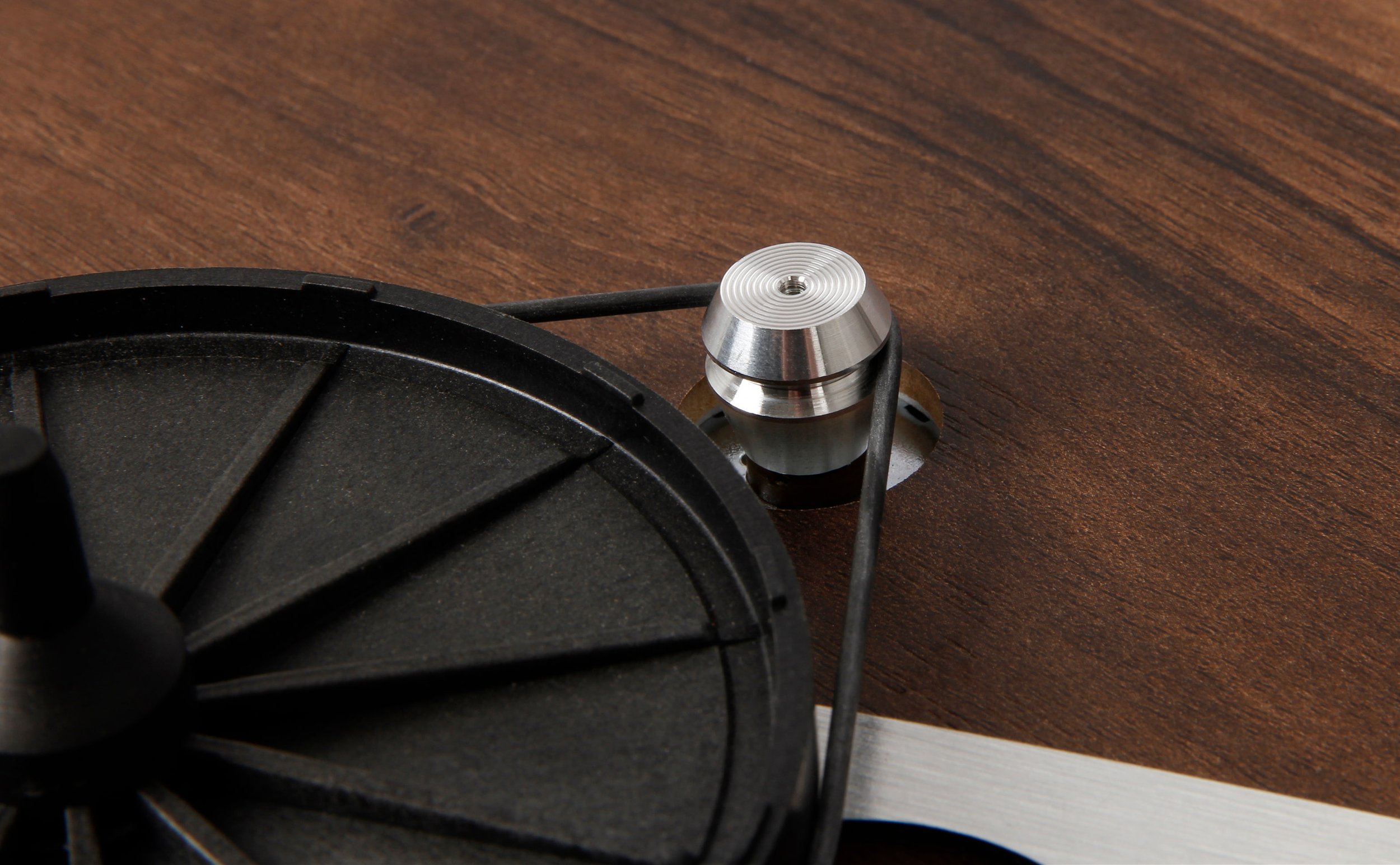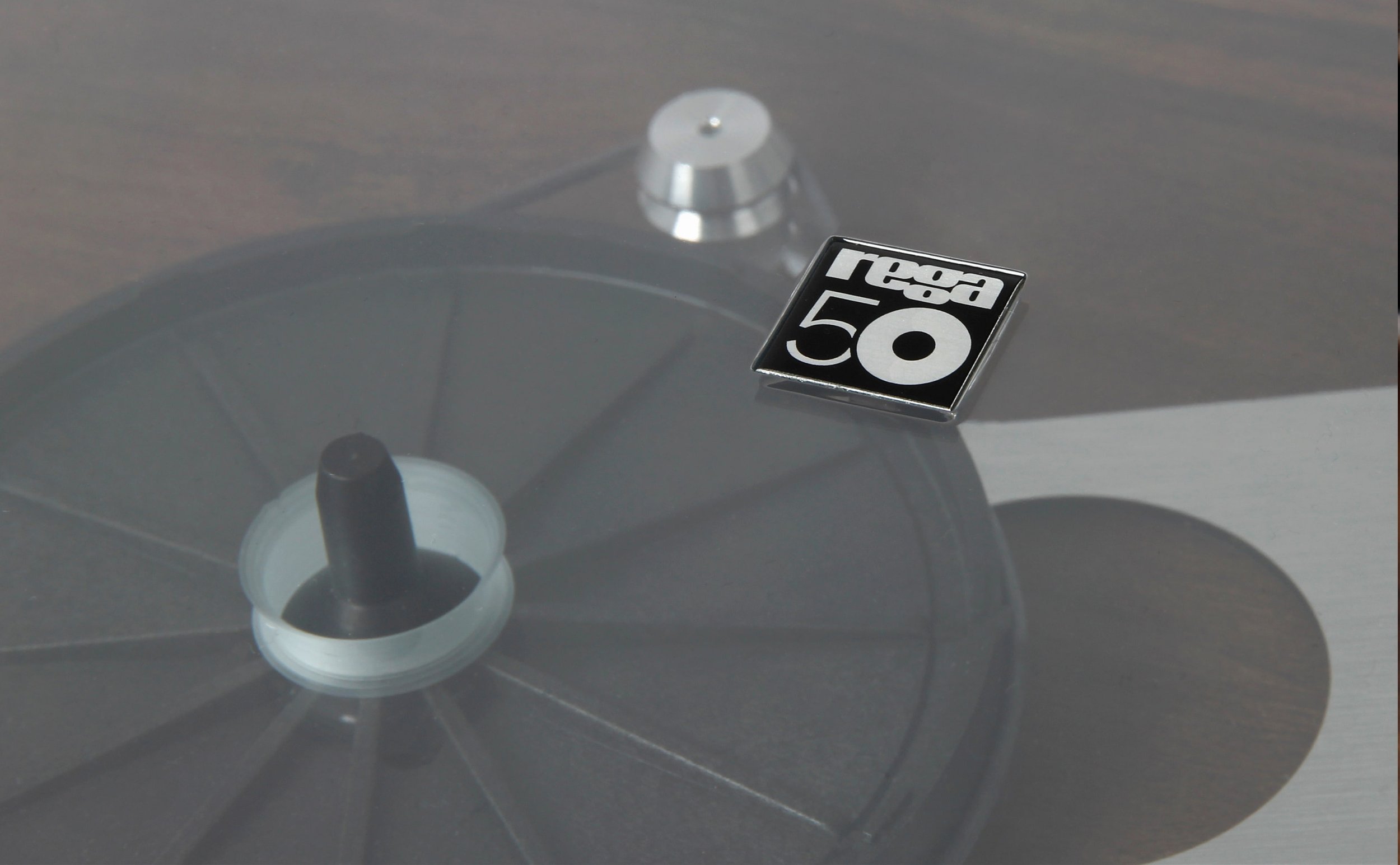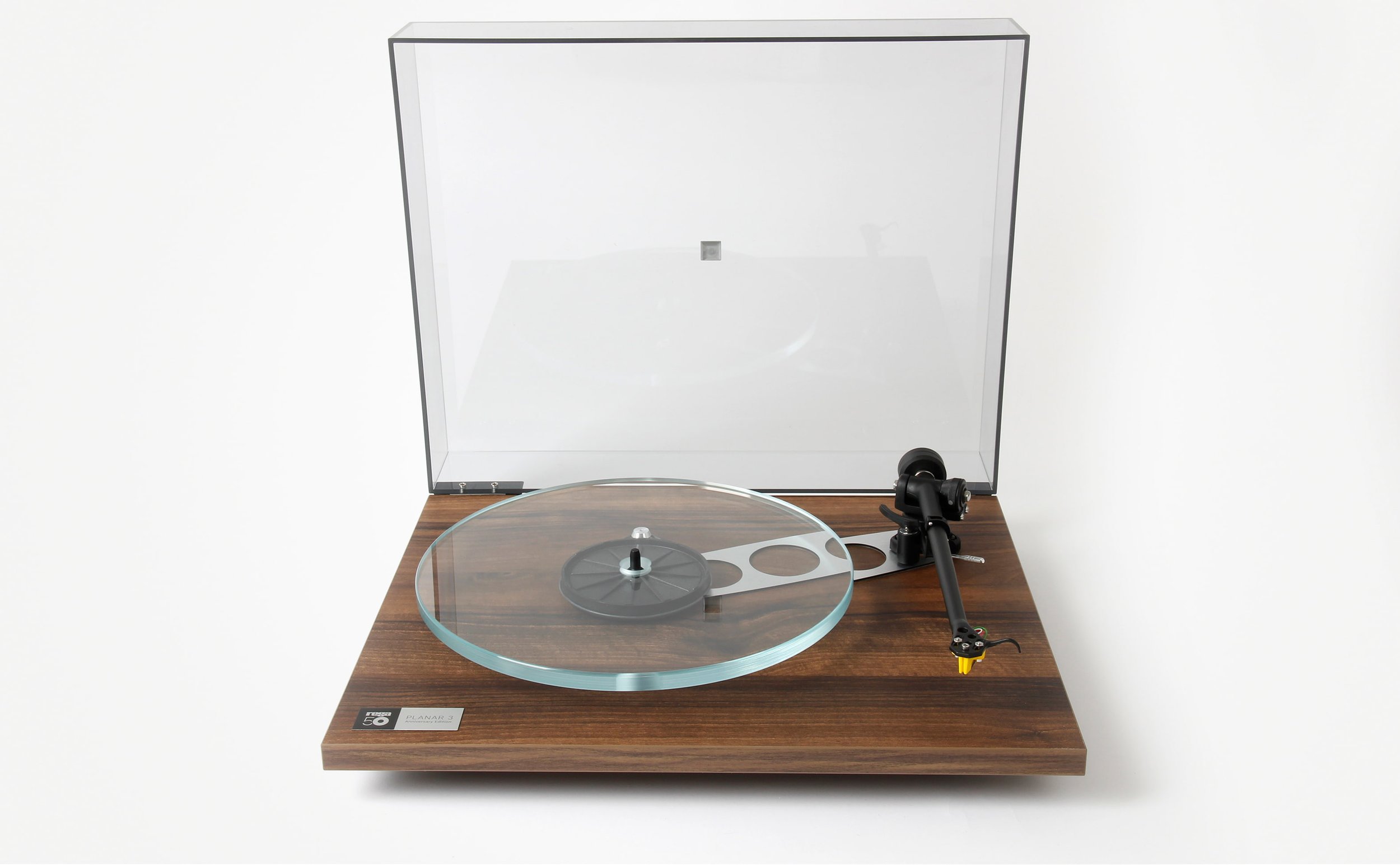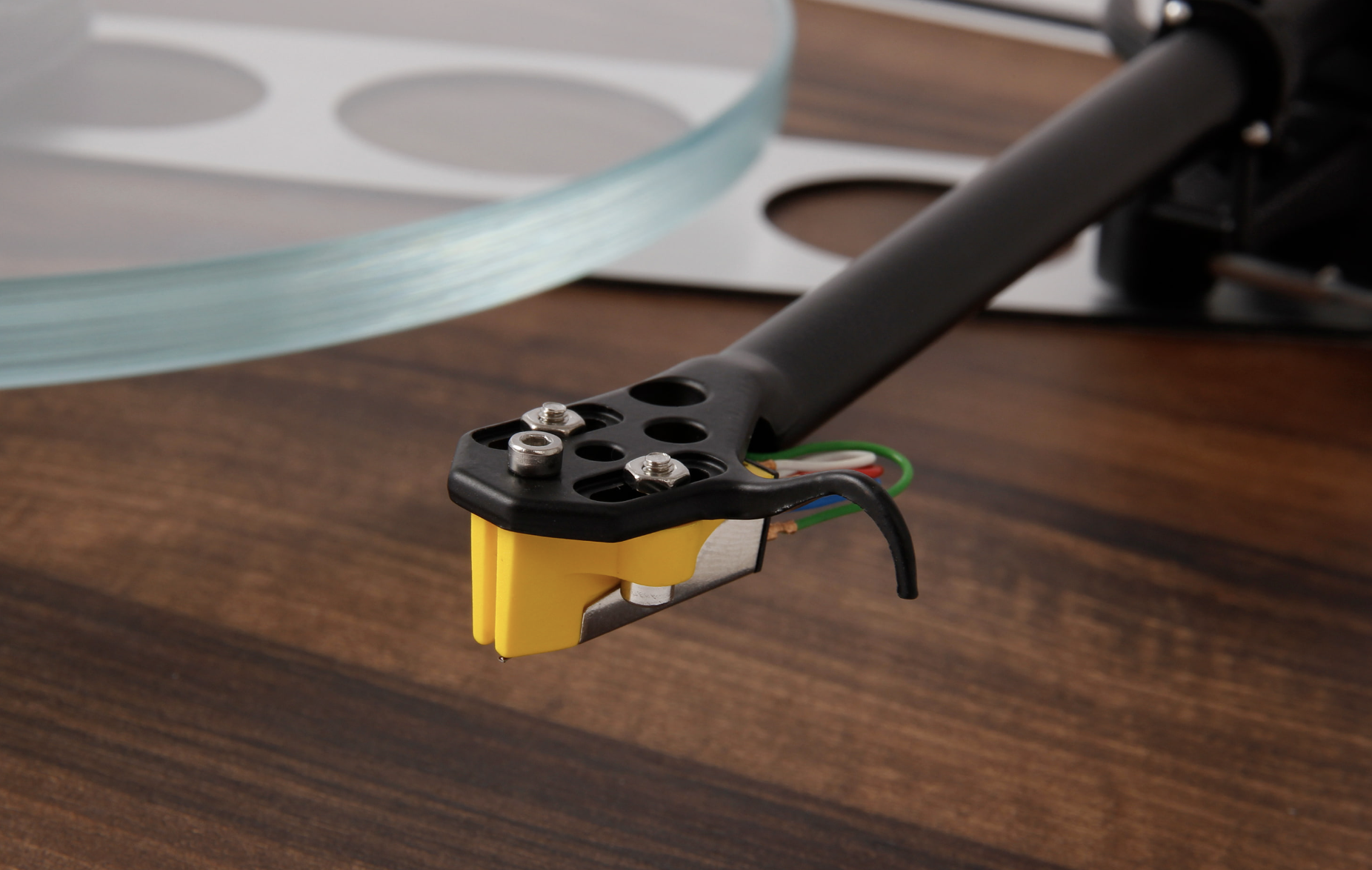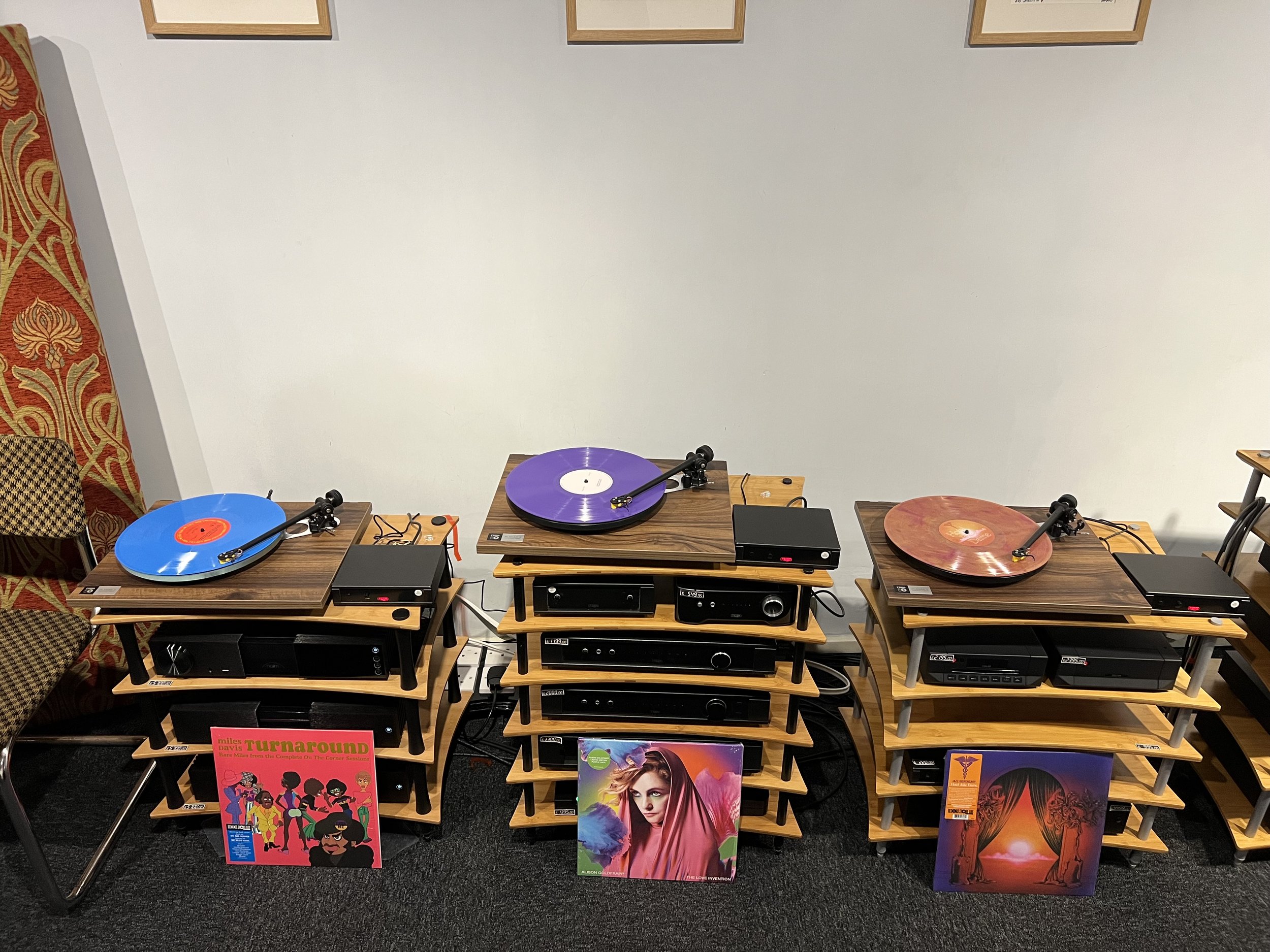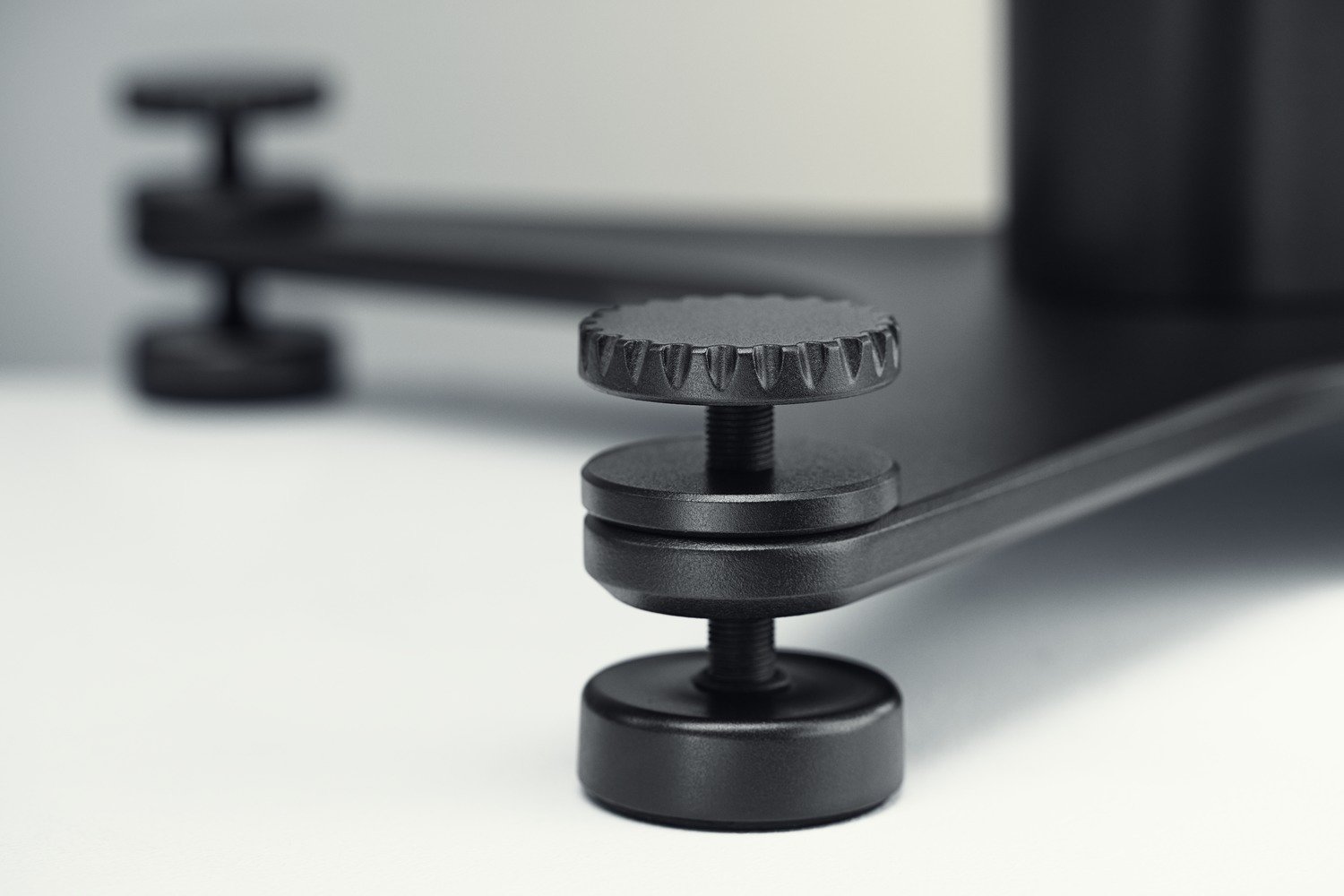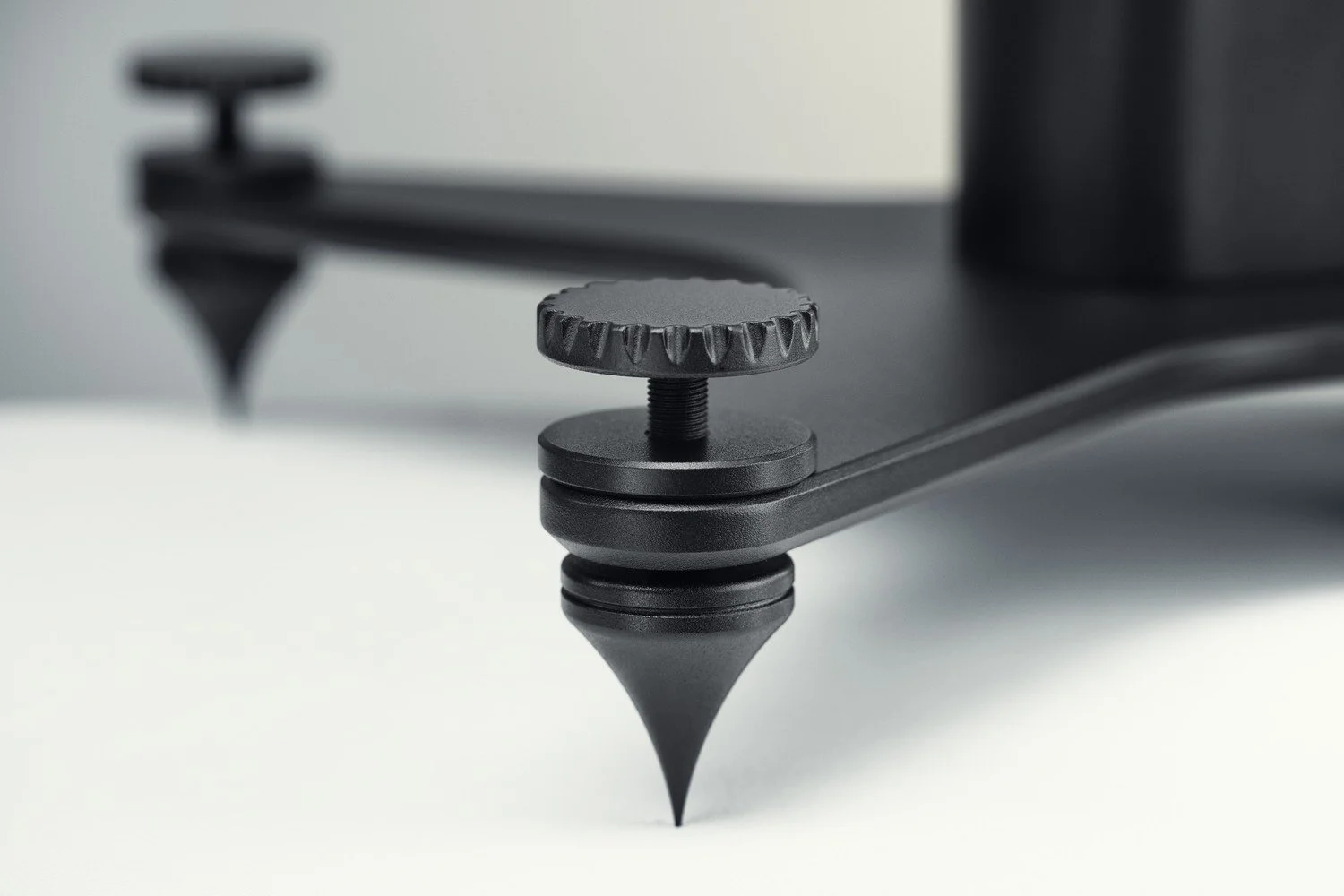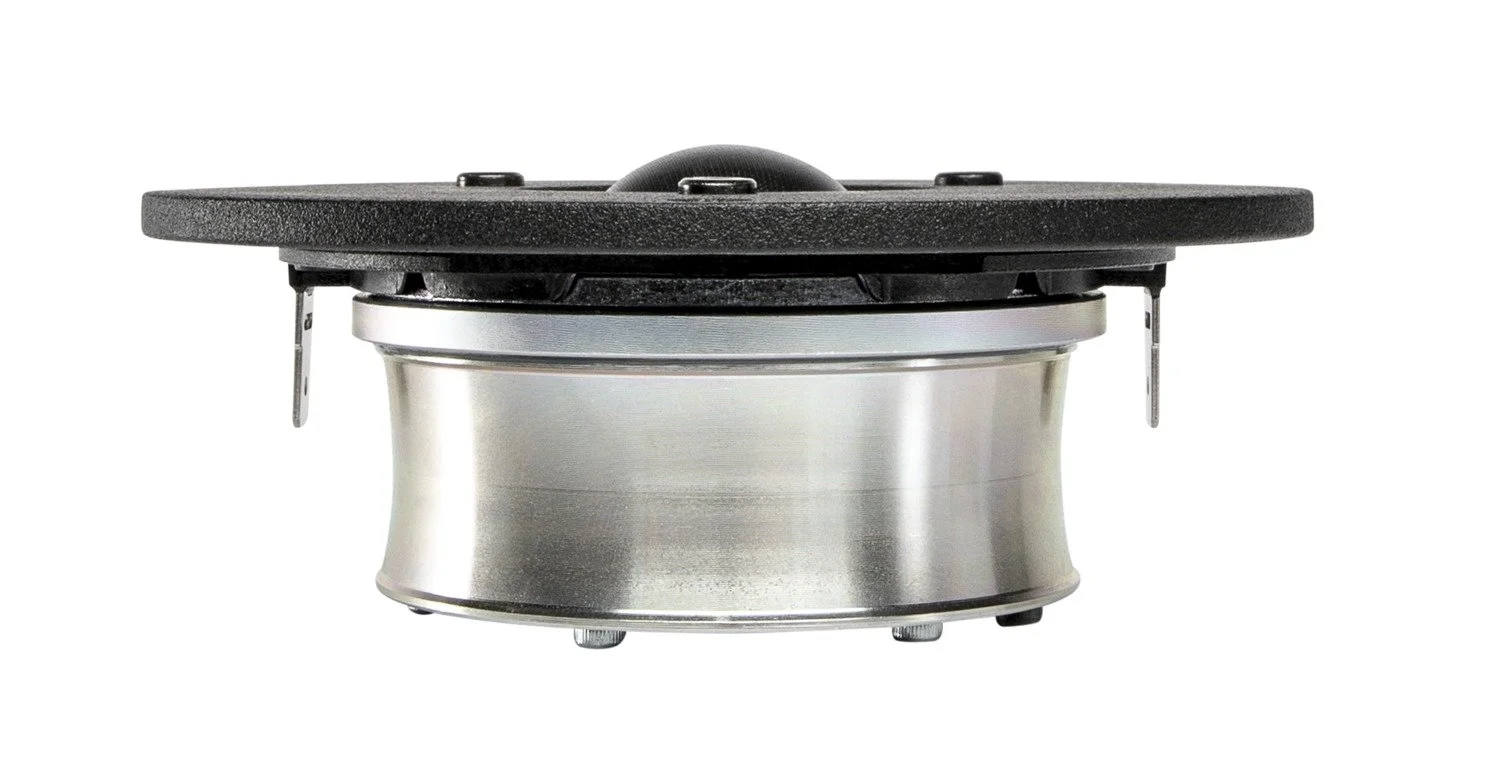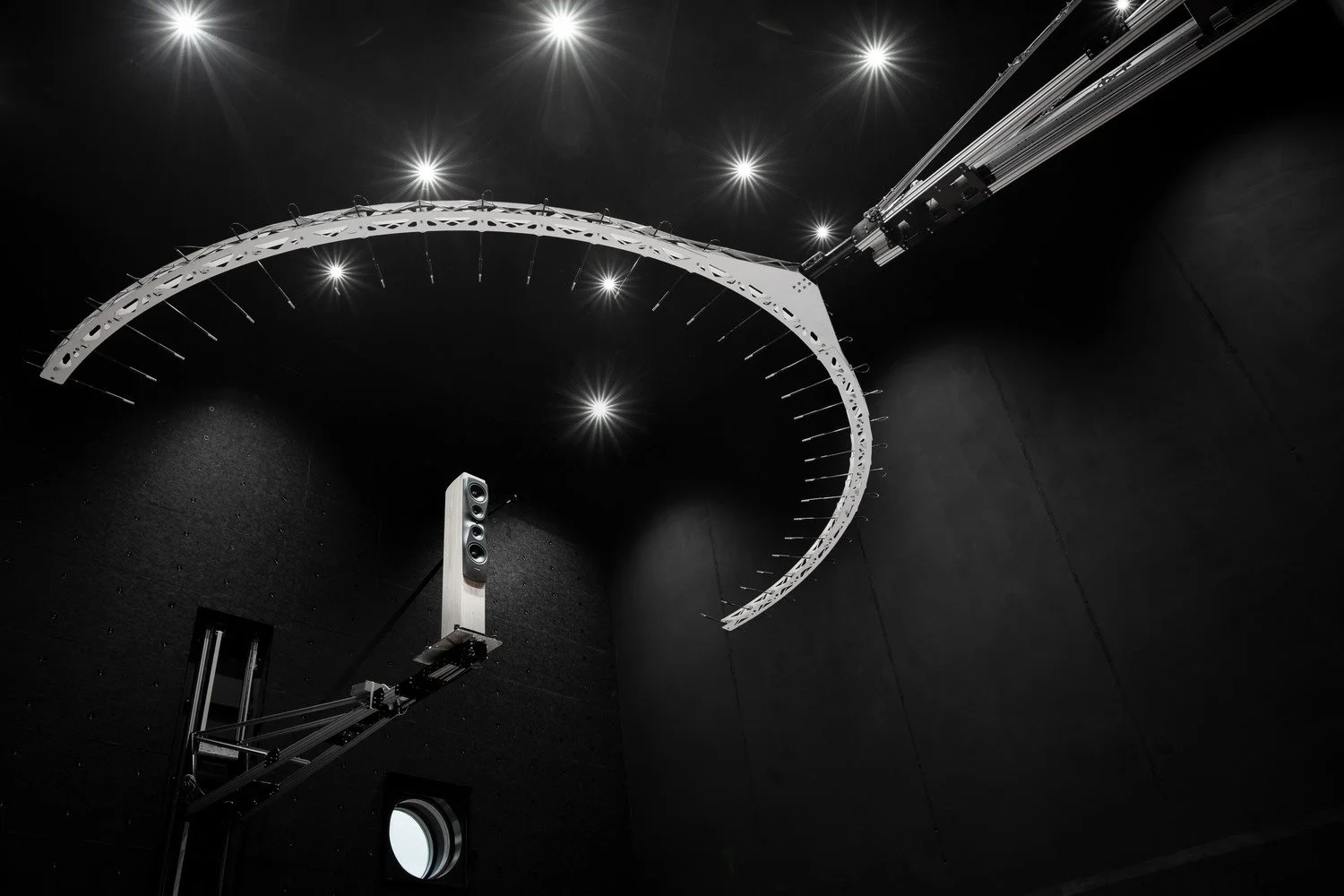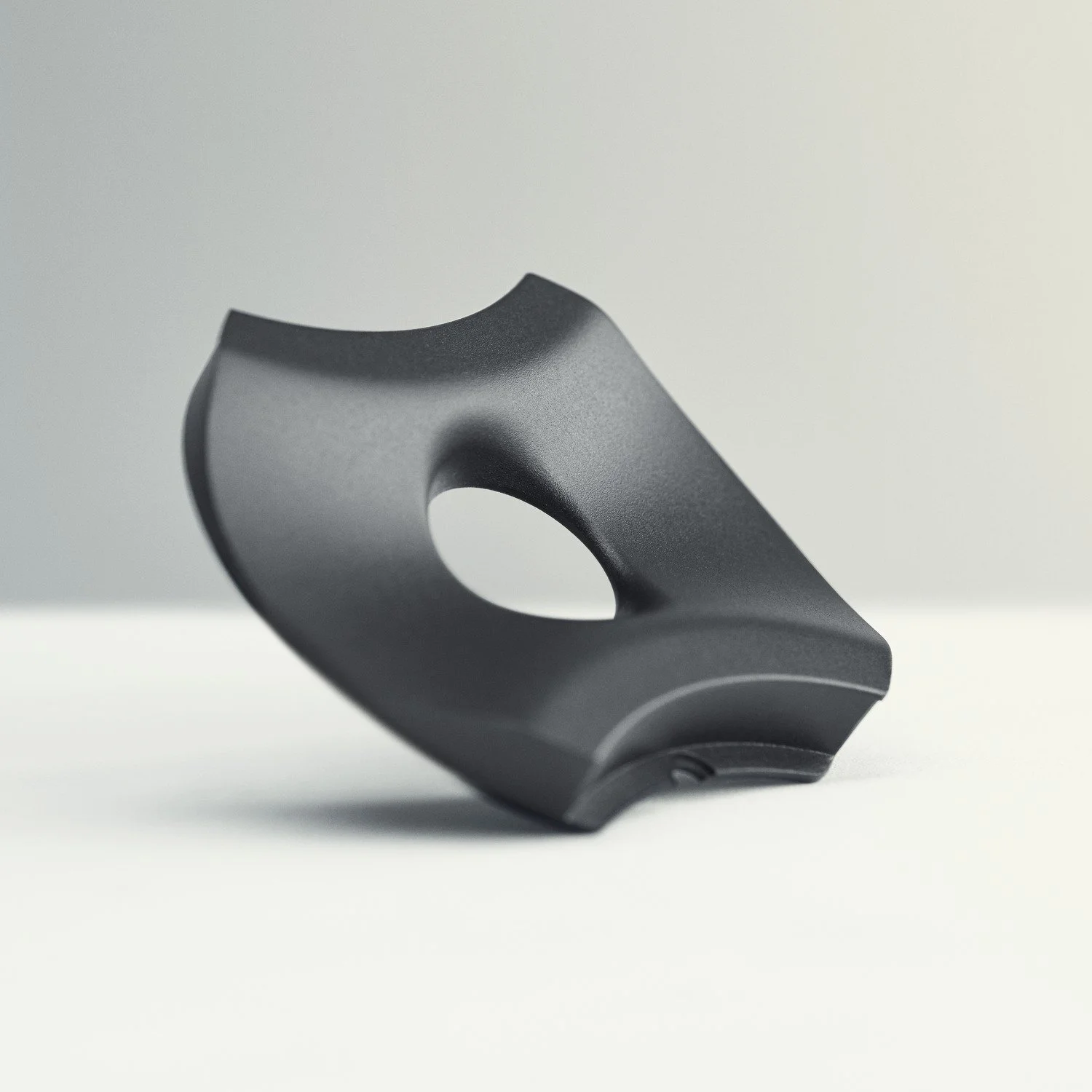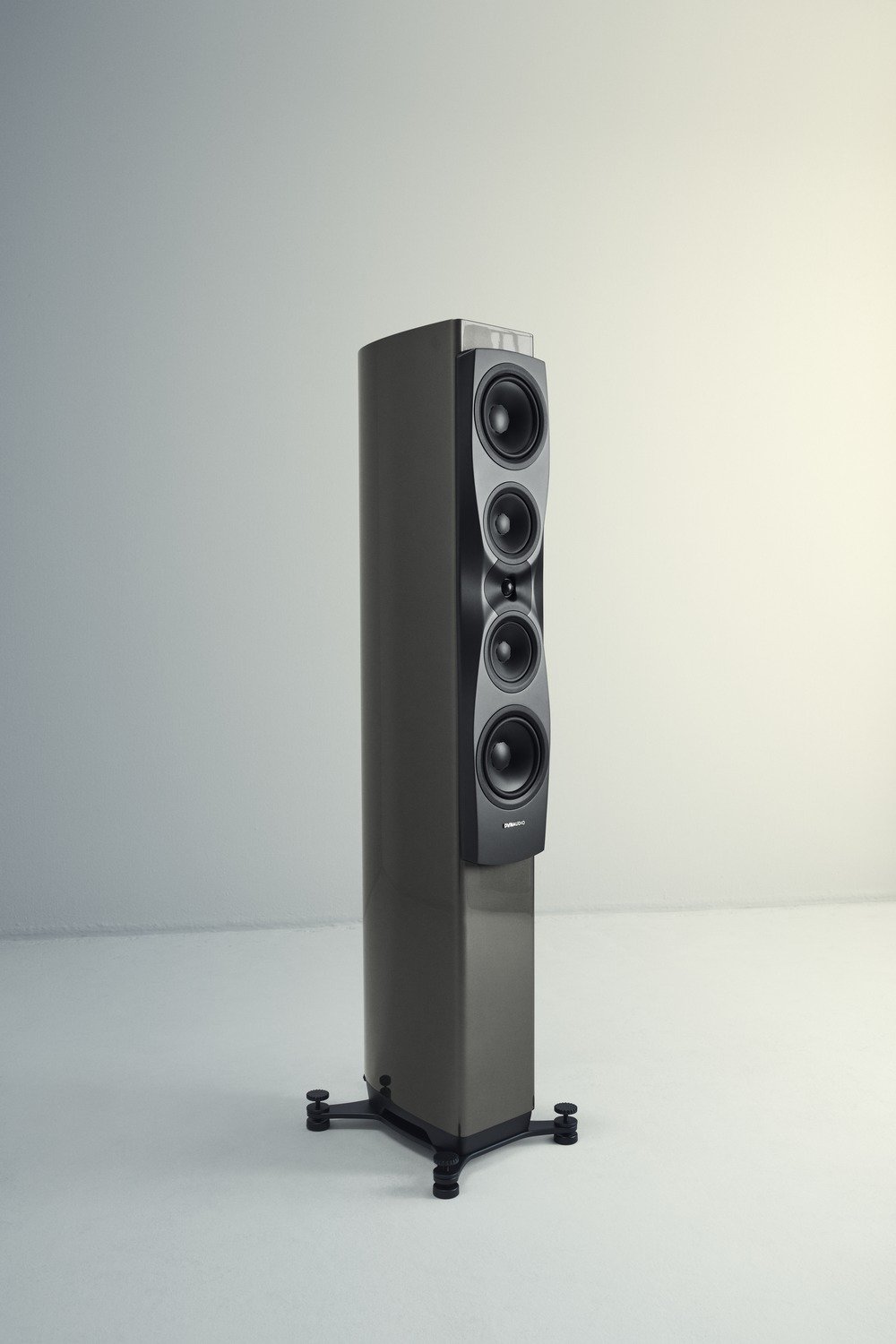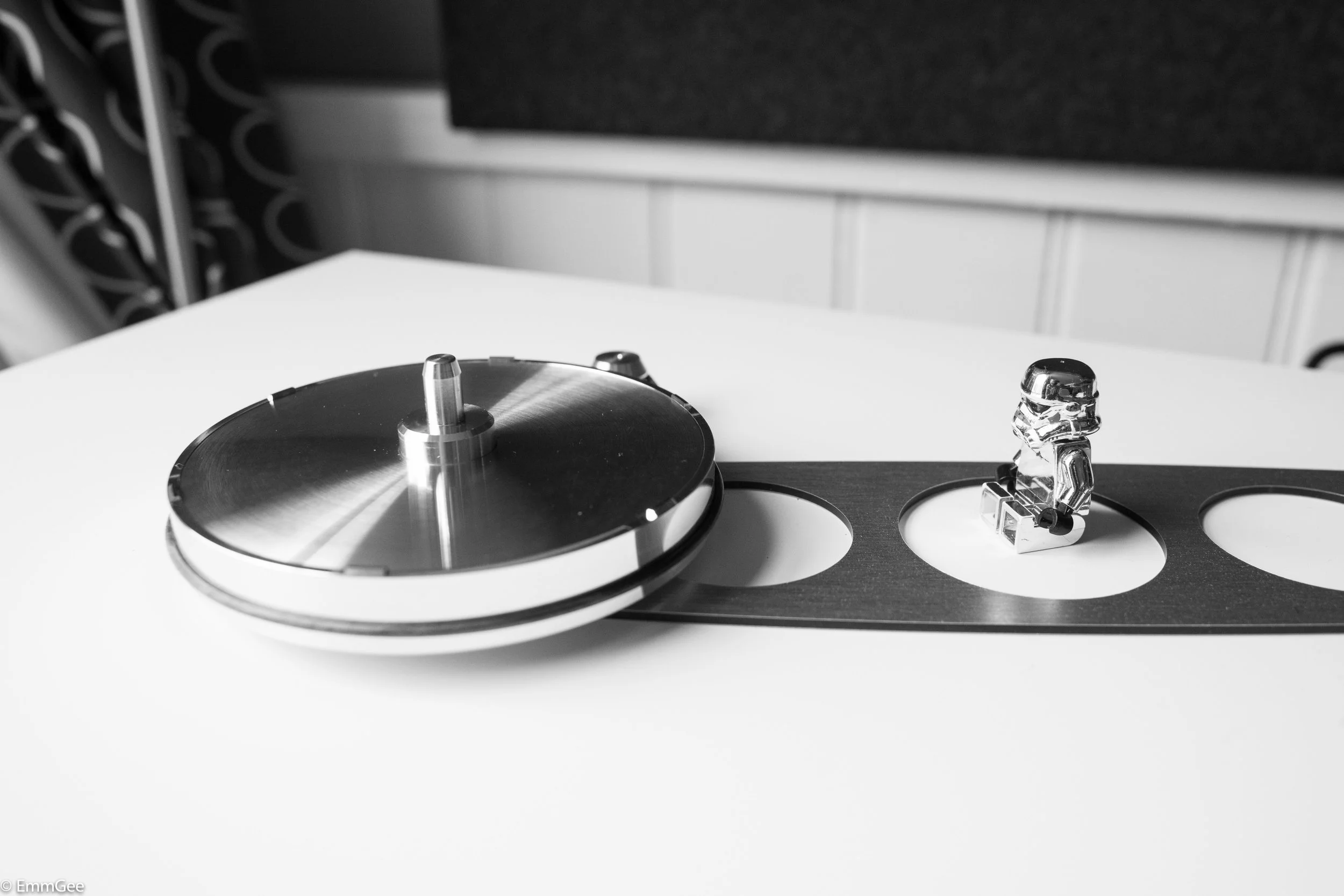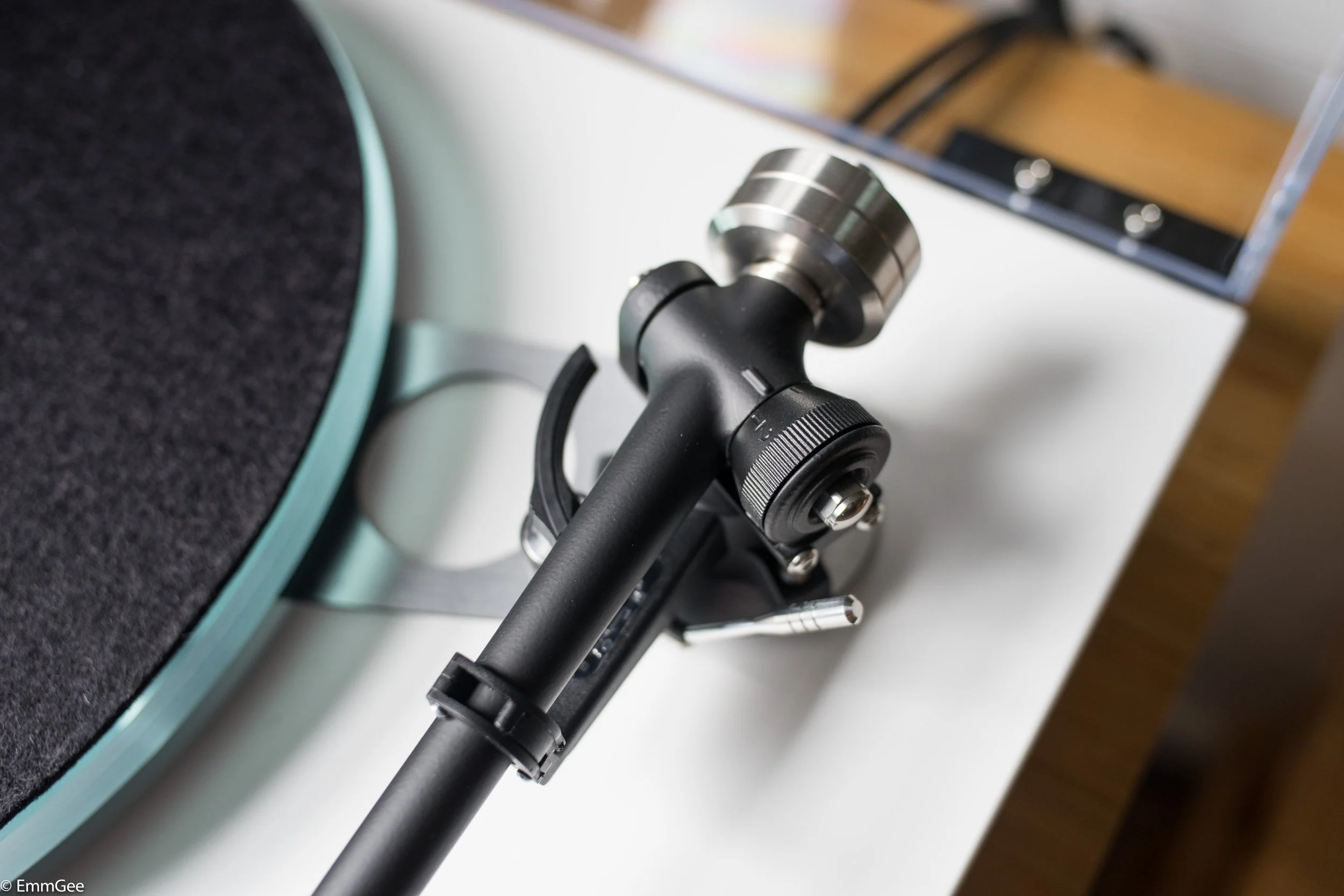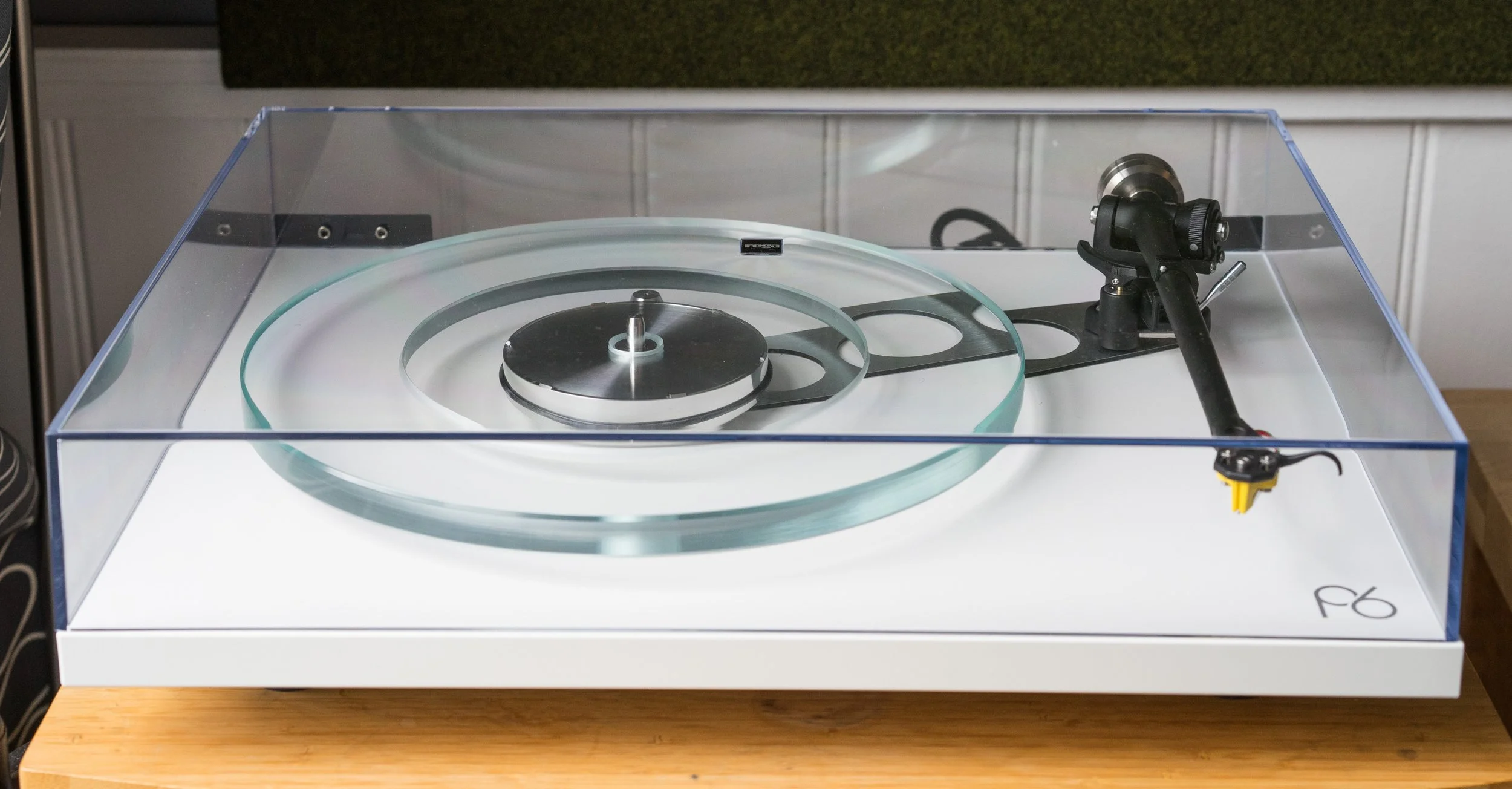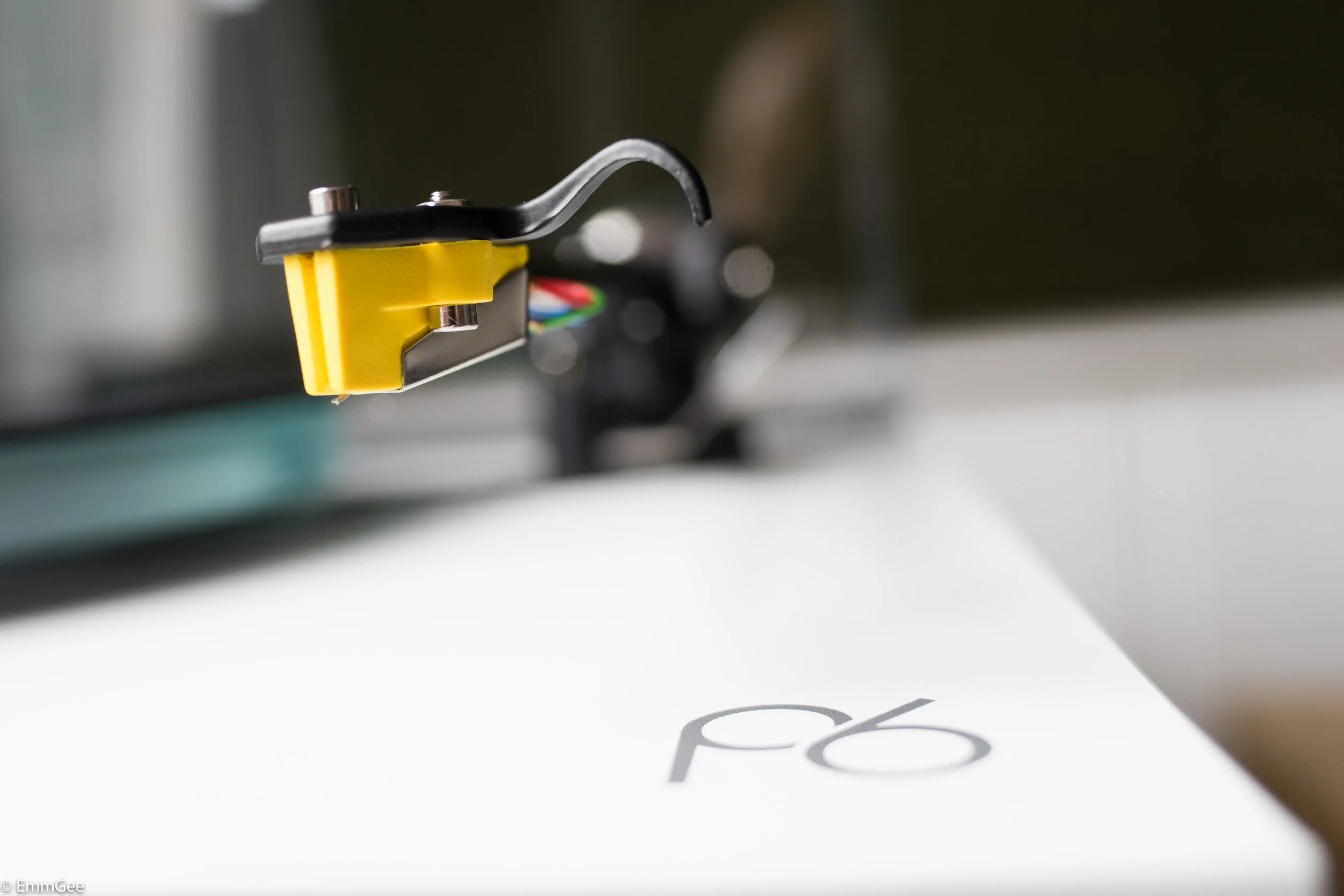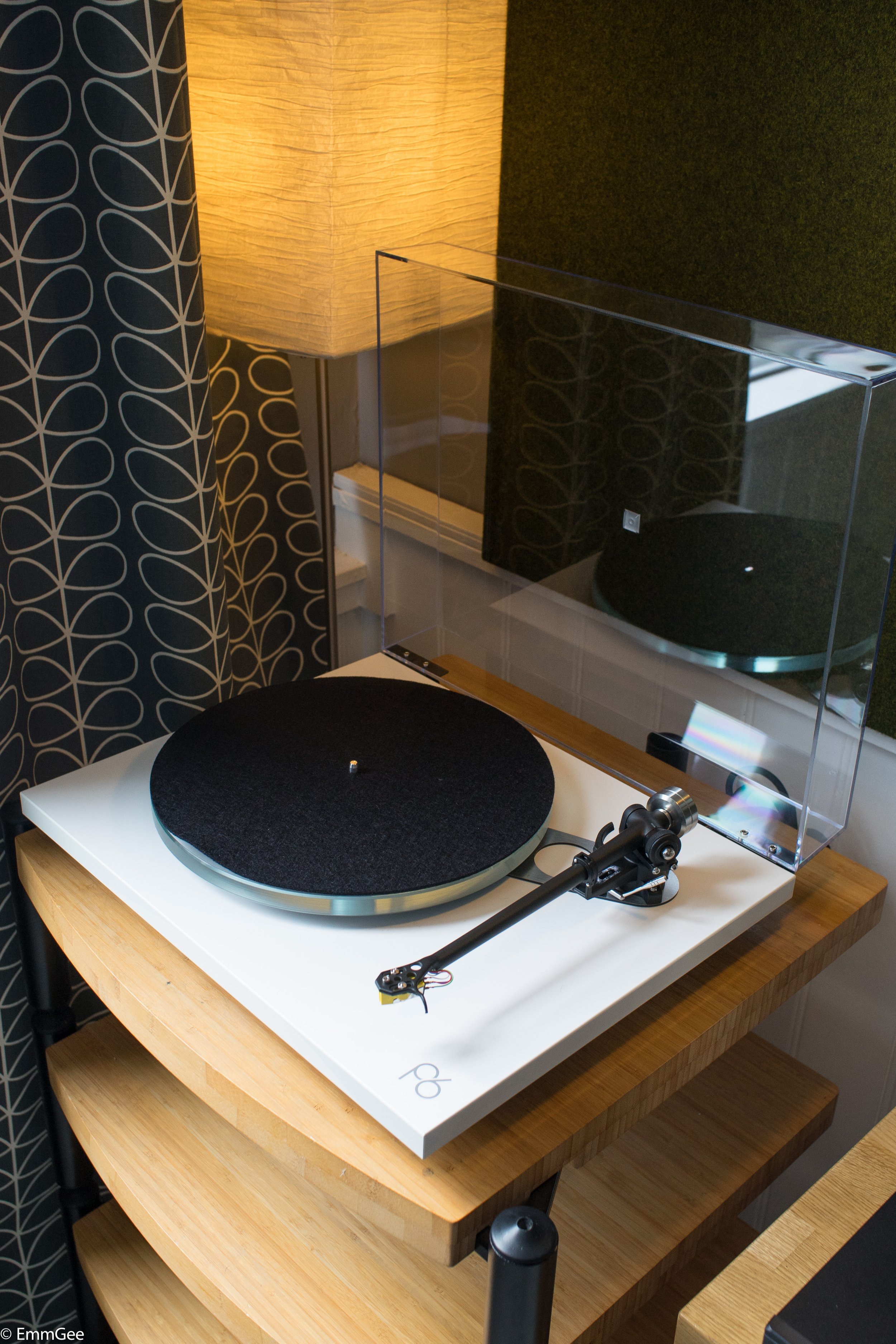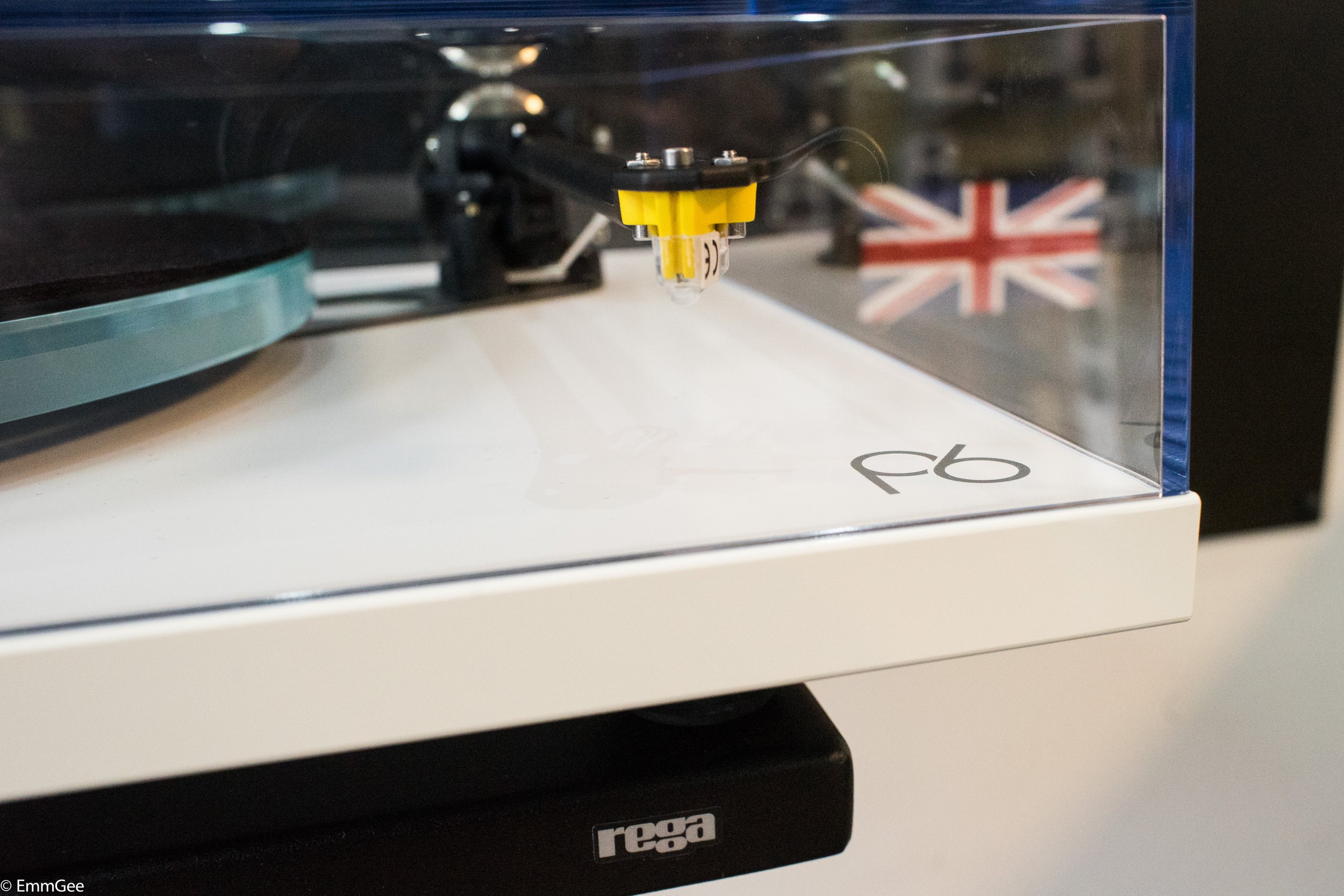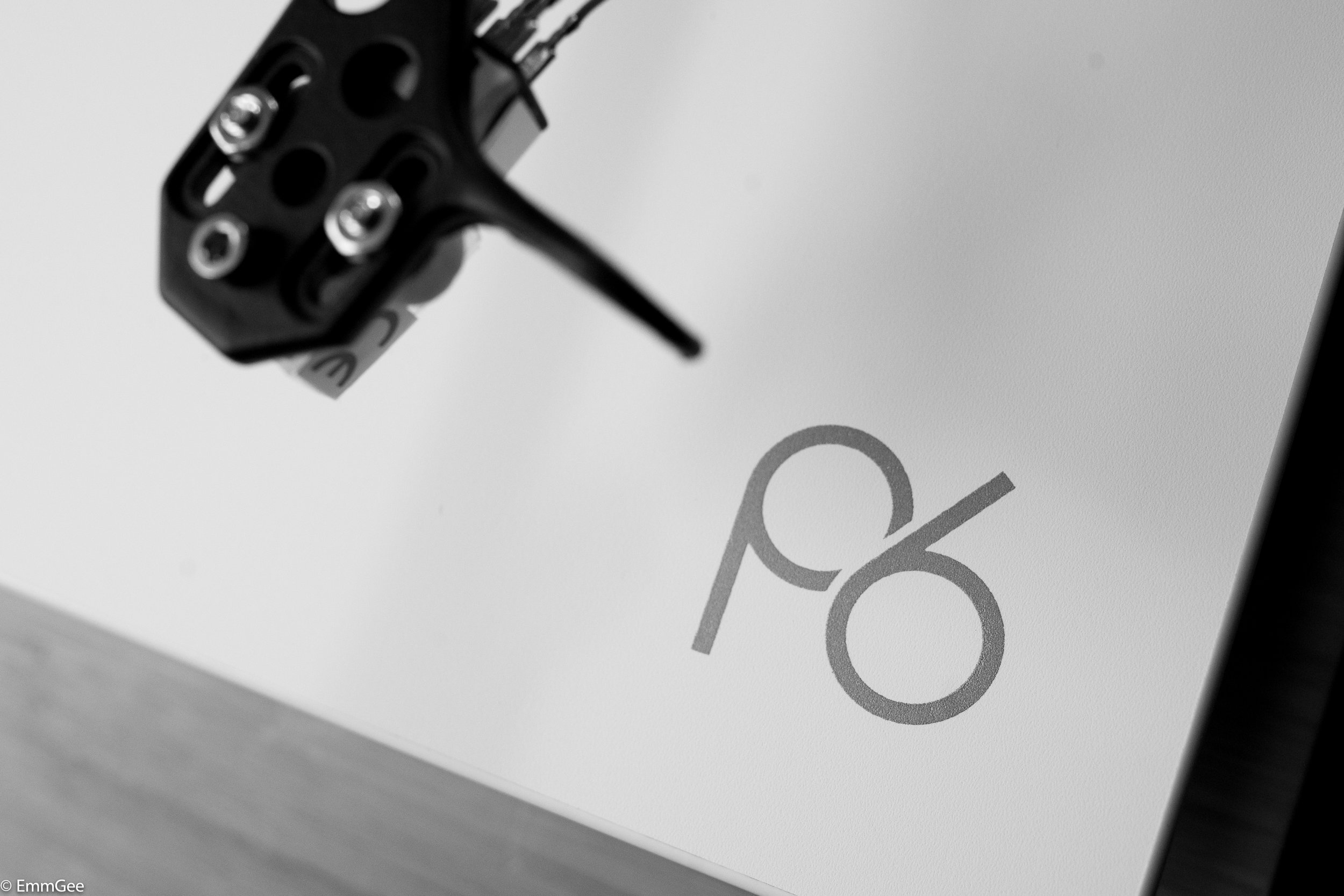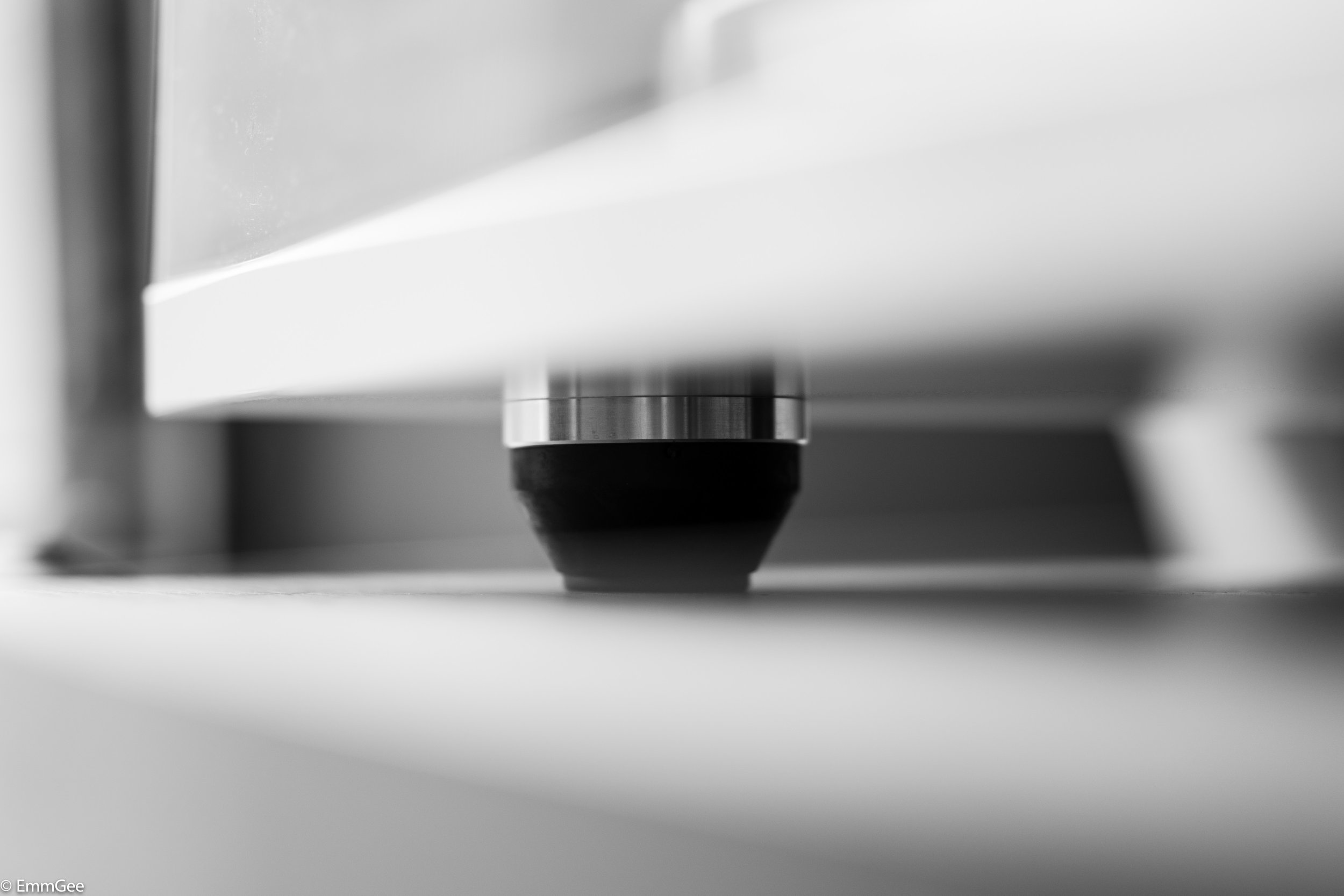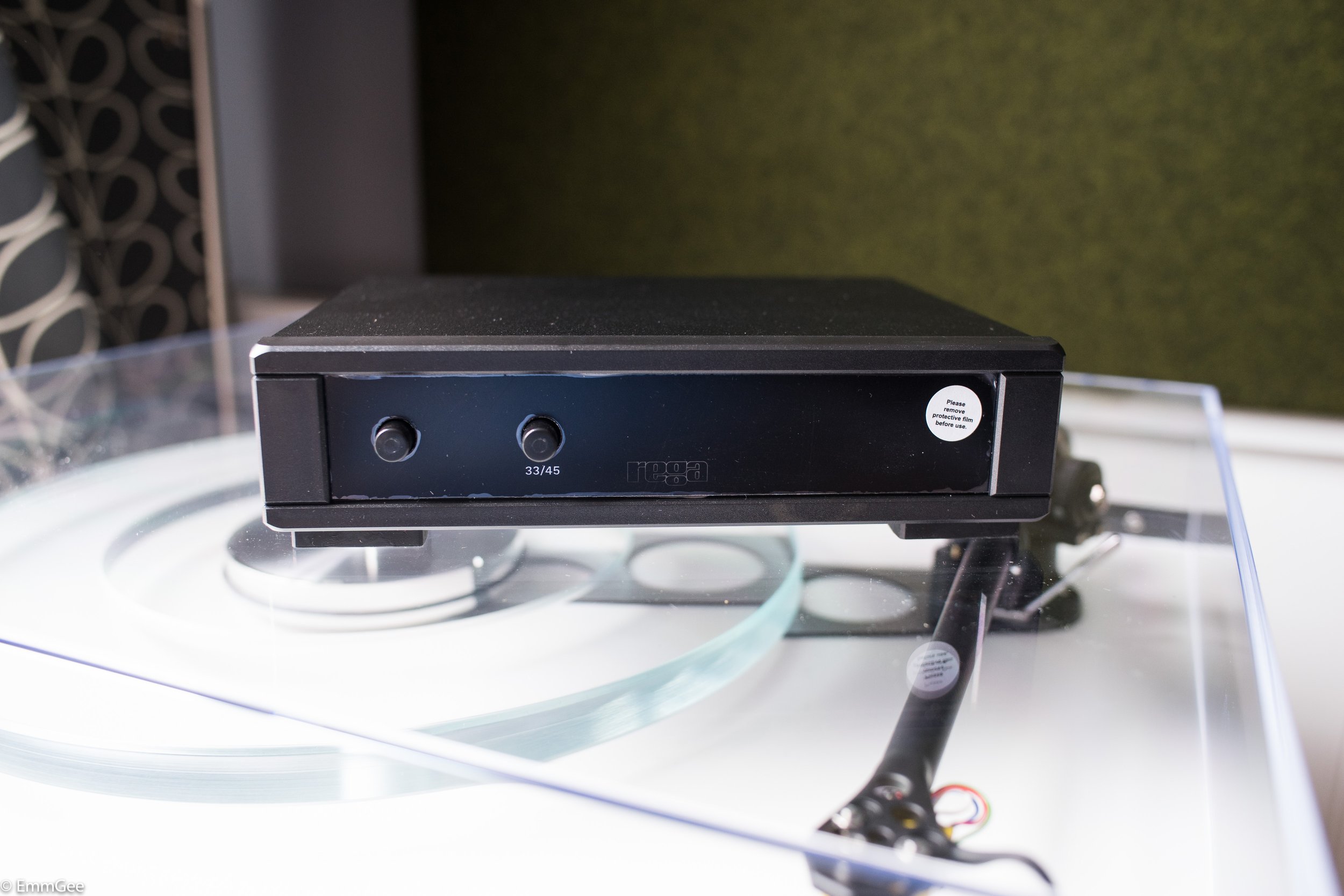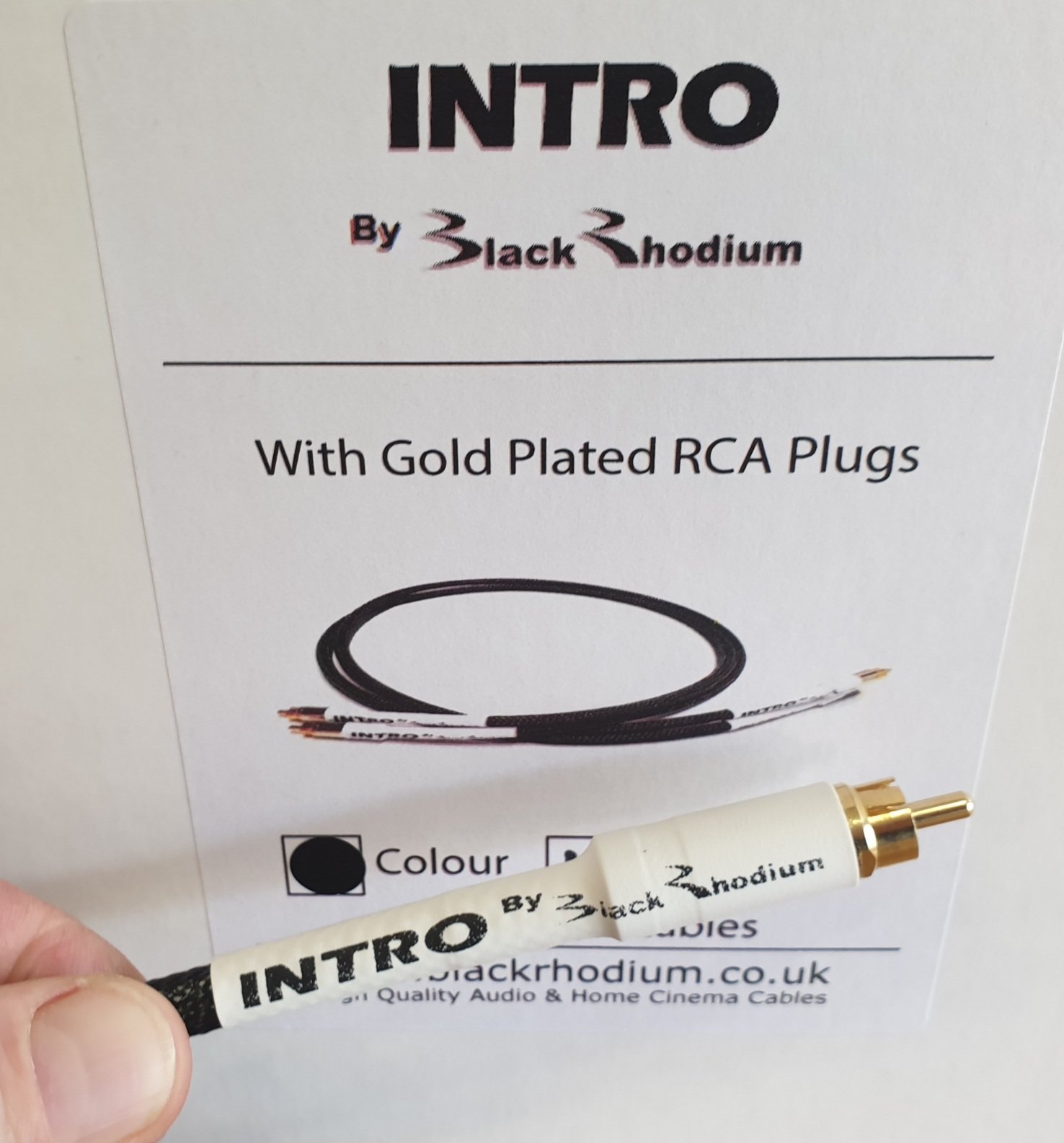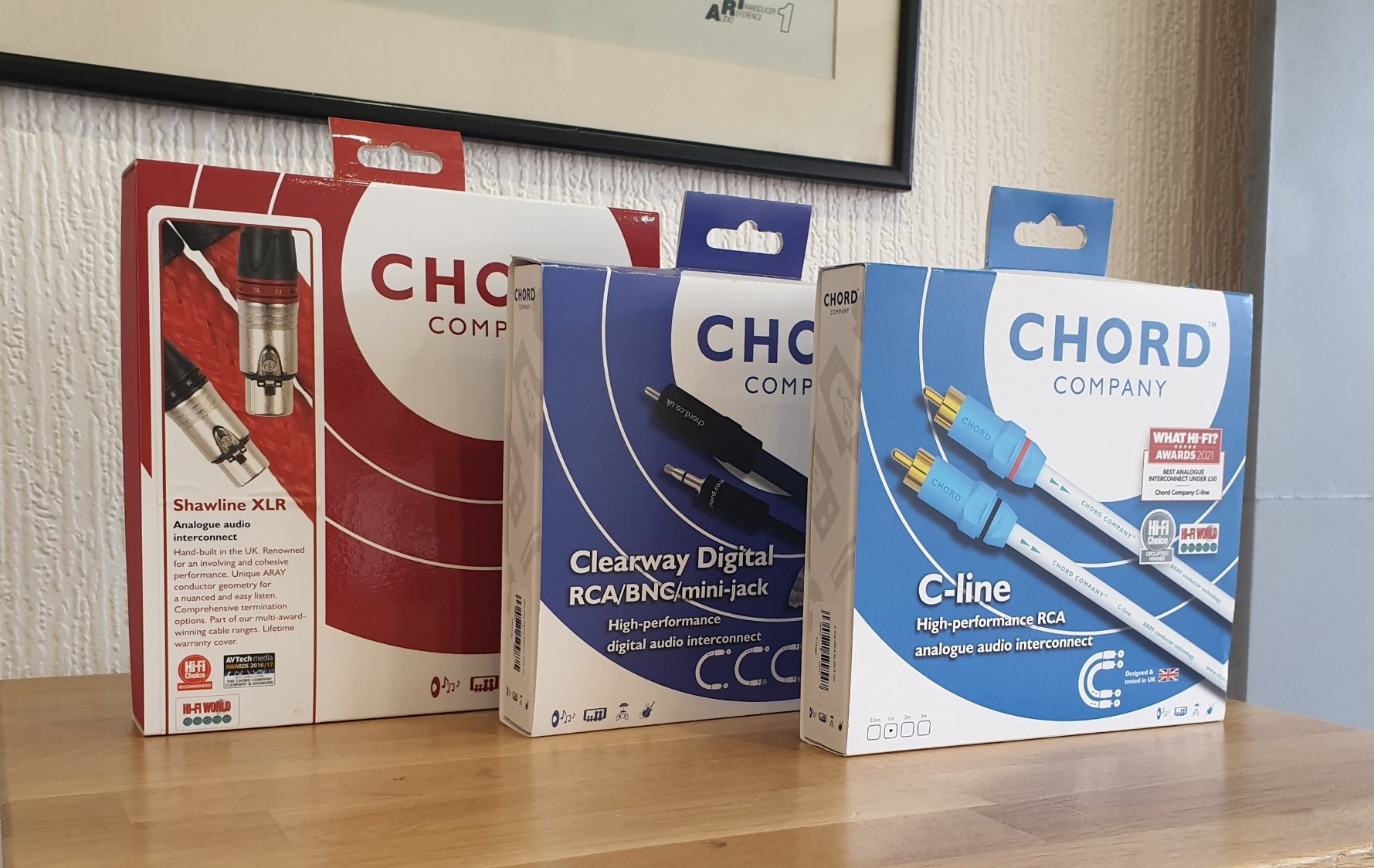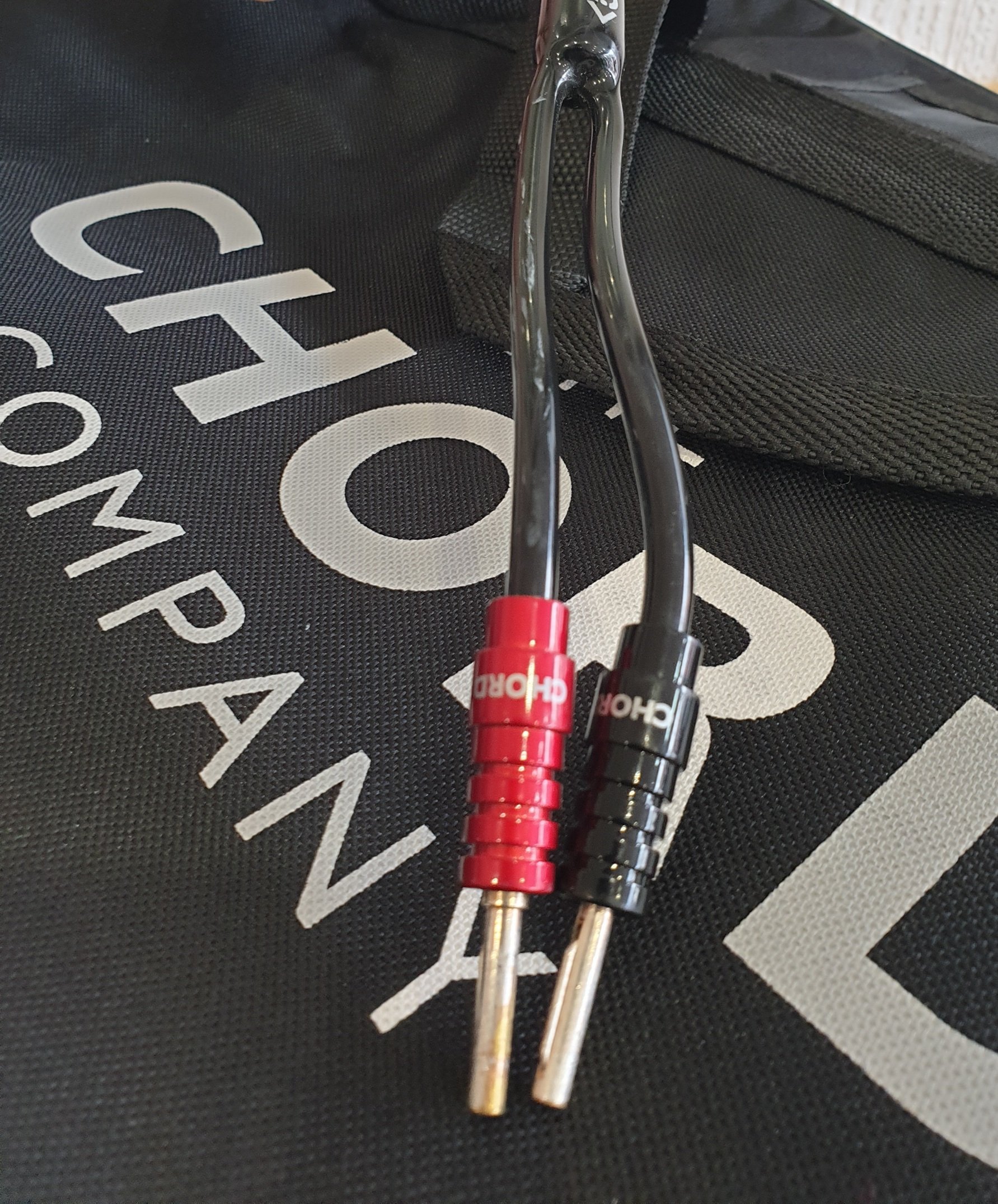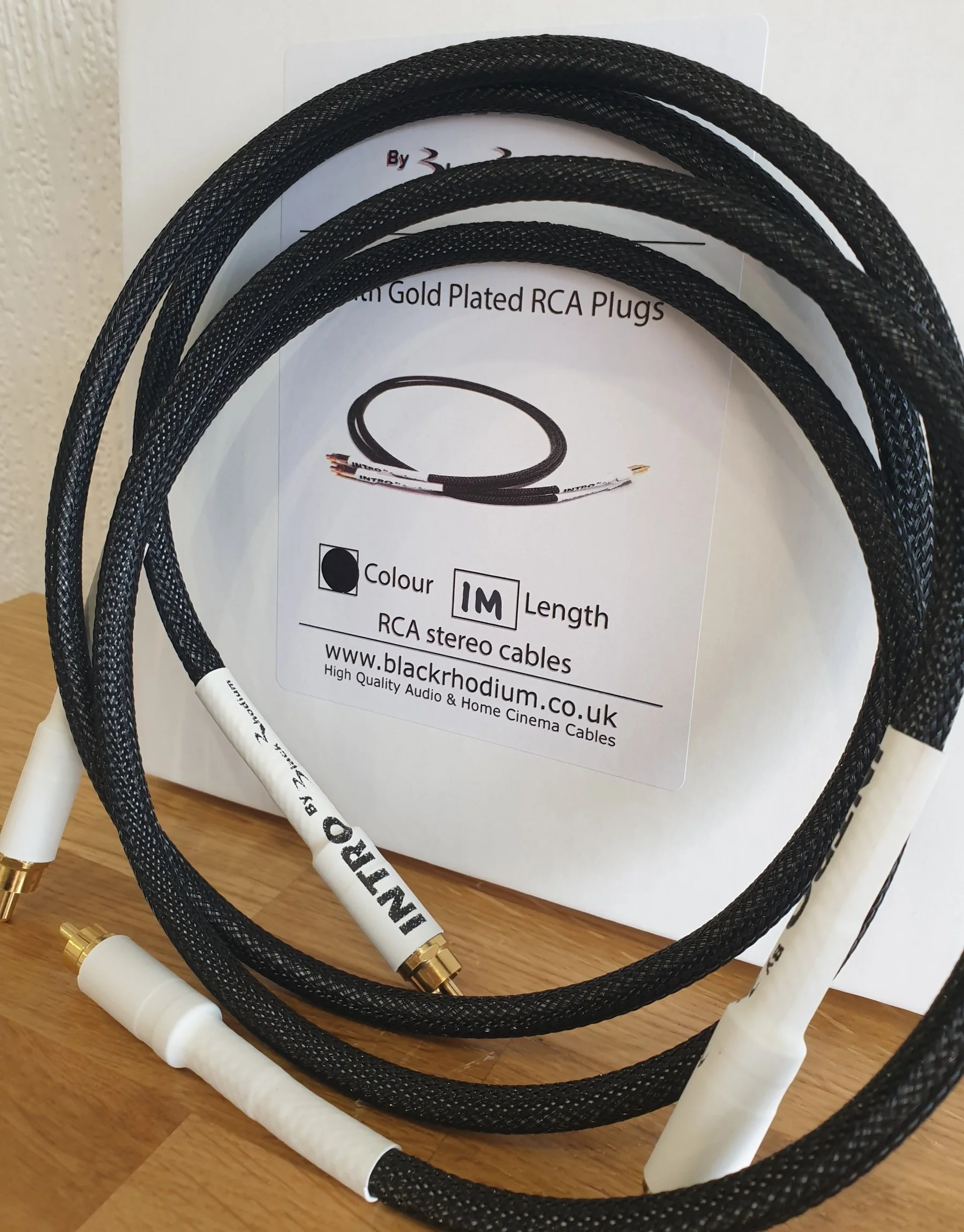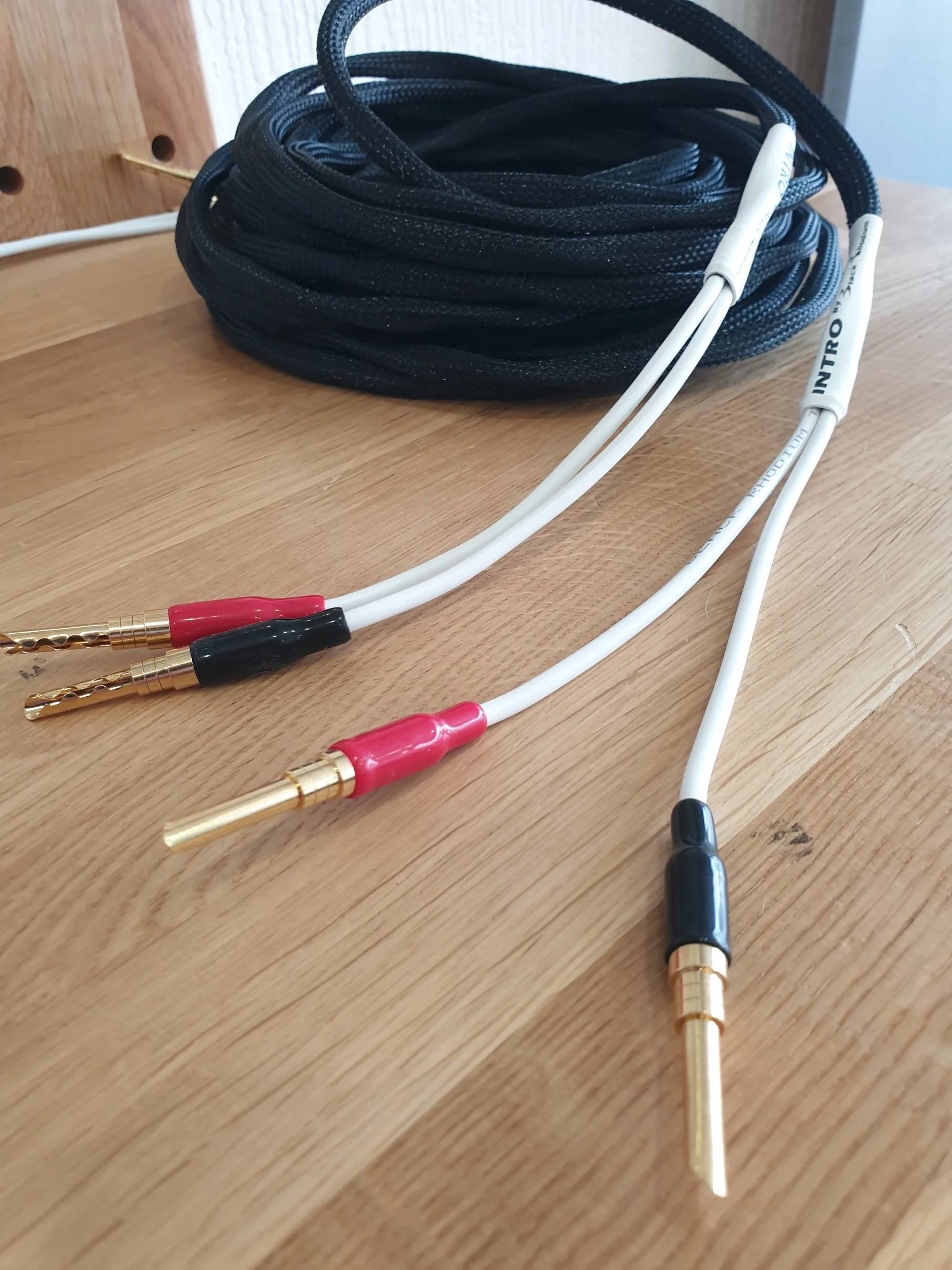Chromey Screams XRRRRRR!!!!!!! - (Sorry, He Streams Cyrus XR)
/Cyrus have a long history with their small format British-designed & built audio equipment, in fact, 2024 will mark the brand’s forty year anniversary of innovation and superb sound quality. The first Cyrus amplifier was quite revolutionary at the time, and offered giant-killing performance for a very modest cost, and set the mould for the style of the die-cast enclosure.
Chromey investigates the stream XR this all hallows eve.
There is quite a lot within the compact and now rather iconic diecast 75 x 215 x 355 mm enclosure, as well as an in-built ESS based 24 BIT DAC, the unit offers two digital inputs and a fixed or variable analogue output, allowing one small compact unit to drive a matching Cyrus power amp, or even a set of active loudspeakers, for a truly minimal high-end system. Streaming control is based around the popular BluOS, now in the latest 4.0 version; a highly smooth operating system, which as well as supporting multi room audio at the full 24 BIT 192KHz lossless resolution, network streaming, and internet radio, it also supports all of the popular streaming services such as Tidal, Qobuz, Deezer, Spotify and dozens of others, as well as Roon, Apple Airplay2 and MQA decoding.
Soft touch control.
Existing Cyrus owners will be the first to notice the subtle style changes to the iconic die-cast case. The smooth finish is complimented by eight smooth soft-touch controls, which include basic functions such as power and volume control. A comprehensive LCD display shows the status of the unit’s operation. At the rear analogue outputs are complemented by two digital outputs and two digital inputs, one of each standard type SPDIF coaxial and Toslink optical. The digital inputs allow the streamer to operate as a preamp for any other digital source, DAB tuner, CD transport, TV sound, DVD, Bluray etc. In addition to the IEC power cable, a connection is provided for the latest PSU-XR, an upgrade on the well known and highly popular PSX-R power supply. A USB connection and RJ45 local area network connection are provided as well as the internal high speed 5Ghz Wifi. To sync functions, there is also the Cyrus MC bus connections.
Cyrus claims that the latest XR series of audio products are the manifestation of over a decade’s accumulated technology and development knowledge. There is no shortage of innovation under the skin of the Stream-XR, with particular attention paid to the detail of every component that lies in the audio path. The DAC output stage of the Stream-XR features the 2nd generation of the award-winning QXR DAC, which includes a high-speed analogue buffer audio stage. The QXR DAC design is based on the ESS ES9038Q2M chipset, which has had every component analysed by the Cyrus engineering team, coupled with the layout being fully optimized to tune the DAC to achieve the highest possible performance. The result is a DAC that claims to reconstruct the original analogue signal with incredible accuracy and precision, revealing layers and depth to the music.
The new cyrus casework has chrome feet!!!! Put those back chromey!!!
The sound is incredibly analogue sounding and spacious, and what is more, can be transformed to an even higher level with the aforementioned PSU-XR. The original 1980s PSX supply was quite a simple, if powerful power supply. The PSX-R offered a big improvement in sophistication, but the new PSU-XR is in a different much higher class. A large audio-grade toroidal transformer with fifteen separate windings, ground-isolated regulation circuitry and separate output power and ground returns in the umbilical connection cable minimise electrical noise in the multiple power feeds to the Stream XR. No less than five separate regulated supplies are provided, and the entire supply is intelligent, featuring its own microprocessor to control it. This unit offers a serious upgrade on the already very high standard set by the standard Stream-XR.
Forty years ago, when Digital Audio was in its infancy, and the highest resolution was a lowly 16 BIT signal, Cyrus was already pushing digital audio sound quality boundaries, just as it is doing today with the latest Stream XR and PSU-XR, their strong legacy continues. We invite you to audition these latest high-end streamers at Audio T. And as a plus for any owner of the earlier generation of pre-BluOS Cyrus streamer, an upgrade path is on offer for a limited time. Find out more here.
Now on demonstration at Audio T Manchester. Book your audition now.
Thanks for reading
Haden - Audio T Manchester
Come along and speak to Munir, Dave and James at the store to arrange a demonstration.
If you’ve enjoyed this, why not go ahead and read some more of our other blogs, and be sure to follow us on our social media channels below…
Cyrus can be found at the following Audio T stores


